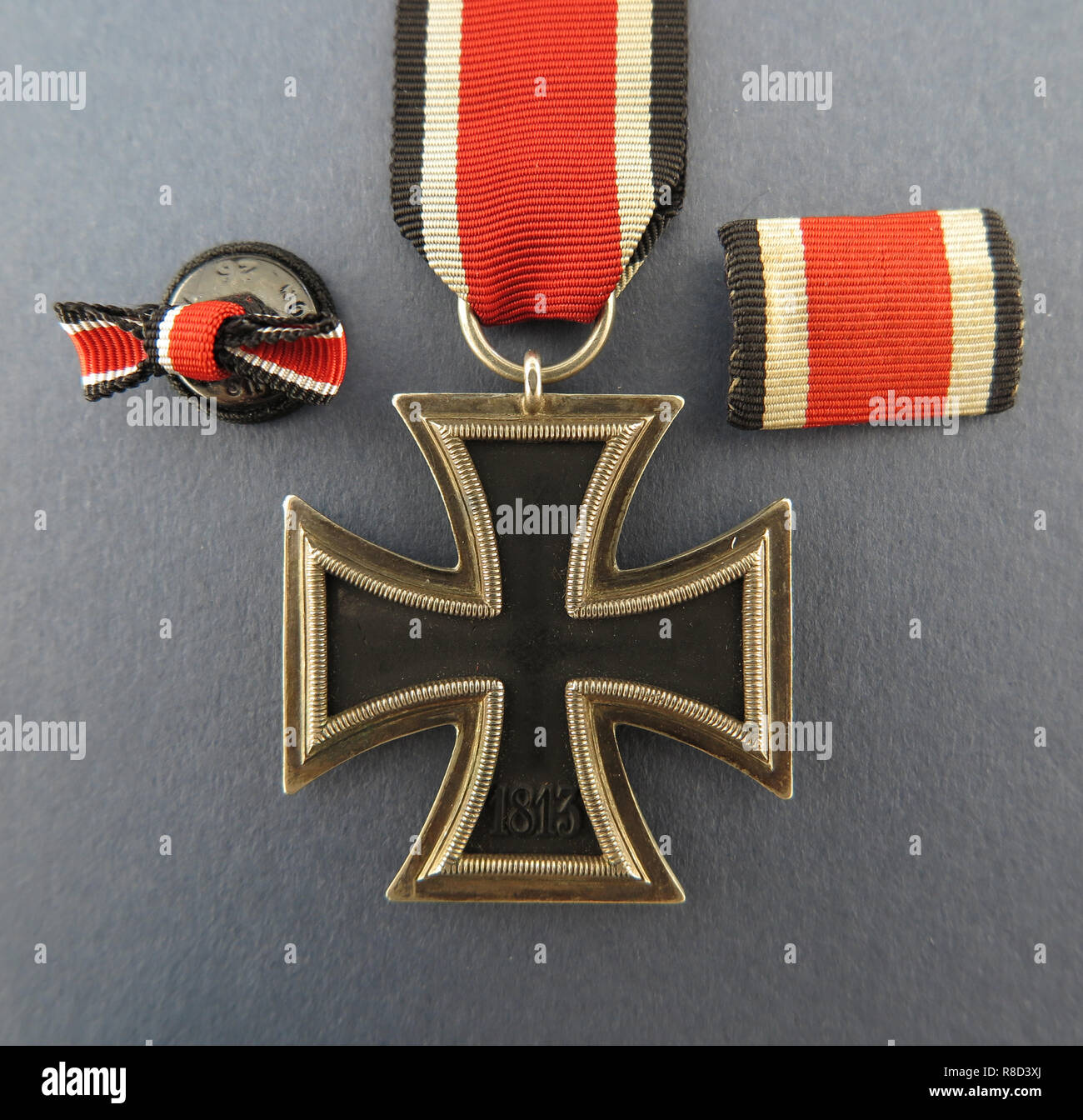Quick filters:
Glyptics Stock Photos and Images
 Graduates badge of the Nicholas General Staff Academy. Stock Photohttps://www.alamy.com/image-license-details/?v=1https://www.alamy.com/graduates-badge-of-the-nicholas-general-staff-academy-image262733147.html
Graduates badge of the Nicholas General Staff Academy. Stock Photohttps://www.alamy.com/image-license-details/?v=1https://www.alamy.com/graduates-badge-of-the-nicholas-general-staff-academy-image262733147.htmlRMW7CEPK–Graduates badge of the Nicholas General Staff Academy.
 The portrait of Aesculapius en profil Reproduction of a Greek carved gemstone Bottom right the true size of the stone Numbered in the top center: XVIII Print is from a book on carved gemstones and glyptics, Carved stone with the image of Aesculapius, print maker: Bernard Picart, (mentioned on object), Amsterdam, 1722, paper, etching, engraving, h 270 mm × w 187 mm Stock Photohttps://www.alamy.com/image-license-details/?v=1https://www.alamy.com/the-portrait-of-aesculapius-en-profil-reproduction-of-a-greek-carved-gemstone-bottom-right-the-true-size-of-the-stone-numbered-in-the-top-center-xviii-print-is-from-a-book-on-carved-gemstones-and-glyptics-carved-stone-with-the-image-of-aesculapius-print-maker-bernard-picart-mentioned-on-object-amsterdam-1722-paper-etching-engraving-h-270-mm-w-187-mm-image472305414.html
The portrait of Aesculapius en profil Reproduction of a Greek carved gemstone Bottom right the true size of the stone Numbered in the top center: XVIII Print is from a book on carved gemstones and glyptics, Carved stone with the image of Aesculapius, print maker: Bernard Picart, (mentioned on object), Amsterdam, 1722, paper, etching, engraving, h 270 mm × w 187 mm Stock Photohttps://www.alamy.com/image-license-details/?v=1https://www.alamy.com/the-portrait-of-aesculapius-en-profil-reproduction-of-a-greek-carved-gemstone-bottom-right-the-true-size-of-the-stone-numbered-in-the-top-center-xviii-print-is-from-a-book-on-carved-gemstones-and-glyptics-carved-stone-with-the-image-of-aesculapius-print-maker-bernard-picart-mentioned-on-object-amsterdam-1722-paper-etching-engraving-h-270-mm-w-187-mm-image472305414.htmlRM2JCBAAE–The portrait of Aesculapius en profil Reproduction of a Greek carved gemstone Bottom right the true size of the stone Numbered in the top center: XVIII Print is from a book on carved gemstones and glyptics, Carved stone with the image of Aesculapius, print maker: Bernard Picart, (mentioned on object), Amsterdam, 1722, paper, etching, engraving, h 270 mm × w 187 mm
 Engravings on stones in the tumulus Mane Lud near Locmariaquer, Brittany, France Stock Photohttps://www.alamy.com/image-license-details/?v=1https://www.alamy.com/engravings-on-stones-in-the-tumulus-mane-lud-near-locmariaquer-brittany-france-image333948121.html
Engravings on stones in the tumulus Mane Lud near Locmariaquer, Brittany, France Stock Photohttps://www.alamy.com/image-license-details/?v=1https://www.alamy.com/engravings-on-stones-in-the-tumulus-mane-lud-near-locmariaquer-brittany-france-image333948121.htmlRF2AB8J6H–Engravings on stones in the tumulus Mane Lud near Locmariaquer, Brittany, France
 Prague city old painting, engraving, glyptics Stock Photohttps://www.alamy.com/image-license-details/?v=1https://www.alamy.com/stock-photo-prague-city-old-painting-engraving-glyptics-70029736.html
Prague city old painting, engraving, glyptics Stock Photohttps://www.alamy.com/image-license-details/?v=1https://www.alamy.com/stock-photo-prague-city-old-painting-engraving-glyptics-70029736.htmlRFE1X3J0–Prague city old painting, engraving, glyptics
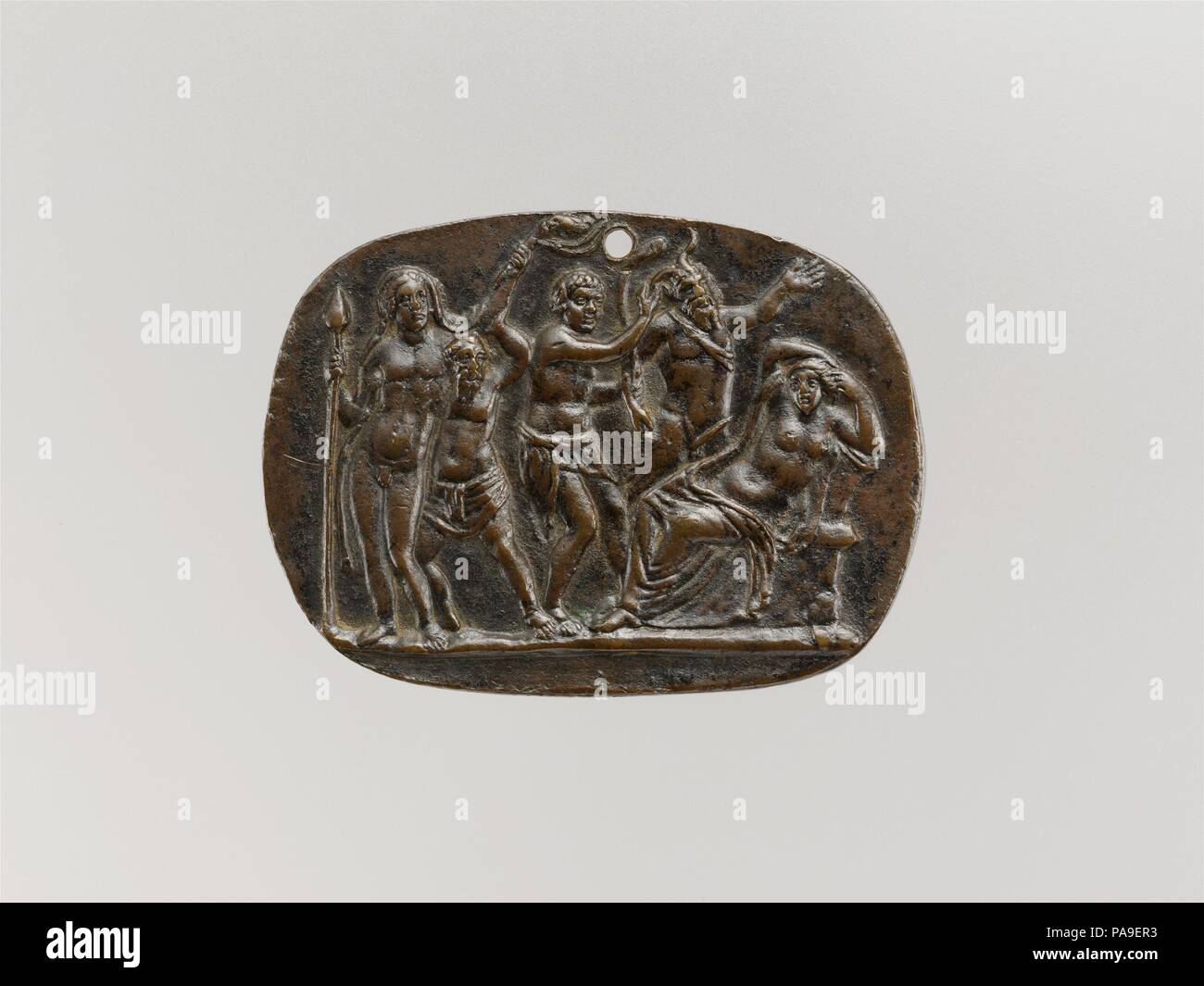 Bacchus discovering Ariadne on Naxos. Culture: Italian, Padua. Dimensions: Overall: H. 2 1/4 x W. 3 1/16in. (5.7 x 7.8cm). Date: 15th century. This plaquette is a free version of the composition of a gem that once belonged to the Gonzaga in Mantua. Some of the grandest figures of their respective eras, from Lorenzo the Magnificent to Catherine the Great, were ardent collectors of ancient glyptics. Connoisseurs were well aware of the praise that the writers of antiquity had heaped on specific cameo carvers. Copies initially reached the wider public in the form of bronze replicas and, later, e Stock Photohttps://www.alamy.com/image-license-details/?v=1https://www.alamy.com/bacchus-discovering-ariadne-on-naxos-culture-italian-padua-dimensions-overall-h-2-14-x-w-3-116in-57-x-78cm-date-15th-century-this-plaquette-is-a-free-version-of-the-composition-of-a-gem-that-once-belonged-to-the-gonzaga-in-mantua-some-of-the-grandest-figures-of-their-respective-eras-from-lorenzo-the-magnificent-to-catherine-the-great-were-ardent-collectors-of-ancient-glyptics-connoisseurs-were-well-aware-of-the-praise-that-the-writers-of-antiquity-had-heaped-on-specific-cameo-carvers-copies-initially-reached-the-wider-public-in-the-form-of-bronze-replicas-and-later-e-image212880167.html
Bacchus discovering Ariadne on Naxos. Culture: Italian, Padua. Dimensions: Overall: H. 2 1/4 x W. 3 1/16in. (5.7 x 7.8cm). Date: 15th century. This plaquette is a free version of the composition of a gem that once belonged to the Gonzaga in Mantua. Some of the grandest figures of their respective eras, from Lorenzo the Magnificent to Catherine the Great, were ardent collectors of ancient glyptics. Connoisseurs were well aware of the praise that the writers of antiquity had heaped on specific cameo carvers. Copies initially reached the wider public in the form of bronze replicas and, later, e Stock Photohttps://www.alamy.com/image-license-details/?v=1https://www.alamy.com/bacchus-discovering-ariadne-on-naxos-culture-italian-padua-dimensions-overall-h-2-14-x-w-3-116in-57-x-78cm-date-15th-century-this-plaquette-is-a-free-version-of-the-composition-of-a-gem-that-once-belonged-to-the-gonzaga-in-mantua-some-of-the-grandest-figures-of-their-respective-eras-from-lorenzo-the-magnificent-to-catherine-the-great-were-ardent-collectors-of-ancient-glyptics-connoisseurs-were-well-aware-of-the-praise-that-the-writers-of-antiquity-had-heaped-on-specific-cameo-carvers-copies-initially-reached-the-wider-public-in-the-form-of-bronze-replicas-and-later-e-image212880167.htmlRMPA9ER3–Bacchus discovering Ariadne on Naxos. Culture: Italian, Padua. Dimensions: Overall: H. 2 1/4 x W. 3 1/16in. (5.7 x 7.8cm). Date: 15th century. This plaquette is a free version of the composition of a gem that once belonged to the Gonzaga in Mantua. Some of the grandest figures of their respective eras, from Lorenzo the Magnificent to Catherine the Great, were ardent collectors of ancient glyptics. Connoisseurs were well aware of the praise that the writers of antiquity had heaped on specific cameo carvers. Copies initially reached the wider public in the form of bronze replicas and, later, e
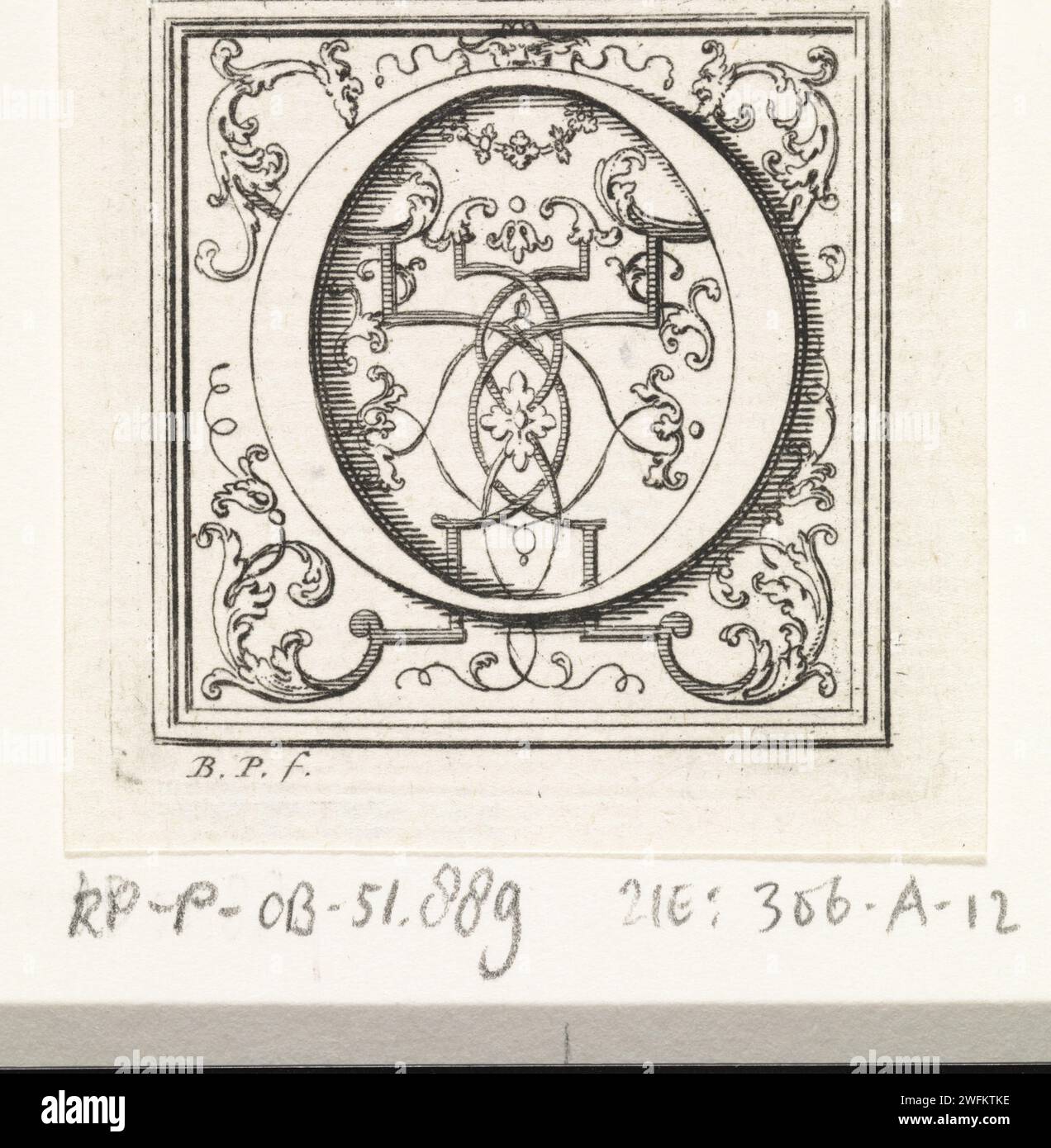 Letter O, Bernard Picart, 1724 print The letter and initial o surrounded and filled by ornamental leaf motifs. The print comes from a book about cut precious stones and glyptics. Amsterdam paper etching historiated initial Stock Photohttps://www.alamy.com/image-license-details/?v=1https://www.alamy.com/letter-o-bernard-picart-1724-print-the-letter-and-initial-o-surrounded-and-filled-by-ornamental-leaf-motifs-the-print-comes-from-a-book-about-cut-precious-stones-and-glyptics-amsterdam-paper-etching-historiated-initial-image594808802.html
Letter O, Bernard Picart, 1724 print The letter and initial o surrounded and filled by ornamental leaf motifs. The print comes from a book about cut precious stones and glyptics. Amsterdam paper etching historiated initial Stock Photohttps://www.alamy.com/image-license-details/?v=1https://www.alamy.com/letter-o-bernard-picart-1724-print-the-letter-and-initial-o-surrounded-and-filled-by-ornamental-leaf-motifs-the-print-comes-from-a-book-about-cut-precious-stones-and-glyptics-amsterdam-paper-etching-historiated-initial-image594808802.htmlRM2WFKTKE–Letter O, Bernard Picart, 1724 print The letter and initial o surrounded and filled by ornamental leaf motifs. The print comes from a book about cut precious stones and glyptics. Amsterdam paper etching historiated initial
 Aerial view of the Locmariaquer megalithic site near Carnac in Brittany, France - Dolmen and cairns of the 'Table des Marchands' (Merchant's table) ga Stock Photohttps://www.alamy.com/image-license-details/?v=1https://www.alamy.com/aerial-view-of-the-locmariaquer-megalithic-site-near-carnac-in-brittany-france-dolmen-and-cairns-of-the-table-des-marchands-merchants-table-ga-image550201756.html
Aerial view of the Locmariaquer megalithic site near Carnac in Brittany, France - Dolmen and cairns of the 'Table des Marchands' (Merchant's table) ga Stock Photohttps://www.alamy.com/image-license-details/?v=1https://www.alamy.com/aerial-view-of-the-locmariaquer-megalithic-site-near-carnac-in-brittany-france-dolmen-and-cairns-of-the-table-des-marchands-merchants-table-ga-image550201756.htmlRF2PY3RXM–Aerial view of the Locmariaquer megalithic site near Carnac in Brittany, France - Dolmen and cairns of the 'Table des Marchands' (Merchant's table) ga
 A full view Egyptian art and Literature Stock Vectorhttps://www.alamy.com/image-license-details/?v=1https://www.alamy.com/stock-photo-a-full-view-egyptian-art-and-literature-143680084.html
A full view Egyptian art and Literature Stock Vectorhttps://www.alamy.com/image-license-details/?v=1https://www.alamy.com/stock-photo-a-full-view-egyptian-art-and-literature-143680084.htmlRFJ9N5BG–A full view Egyptian art and Literature
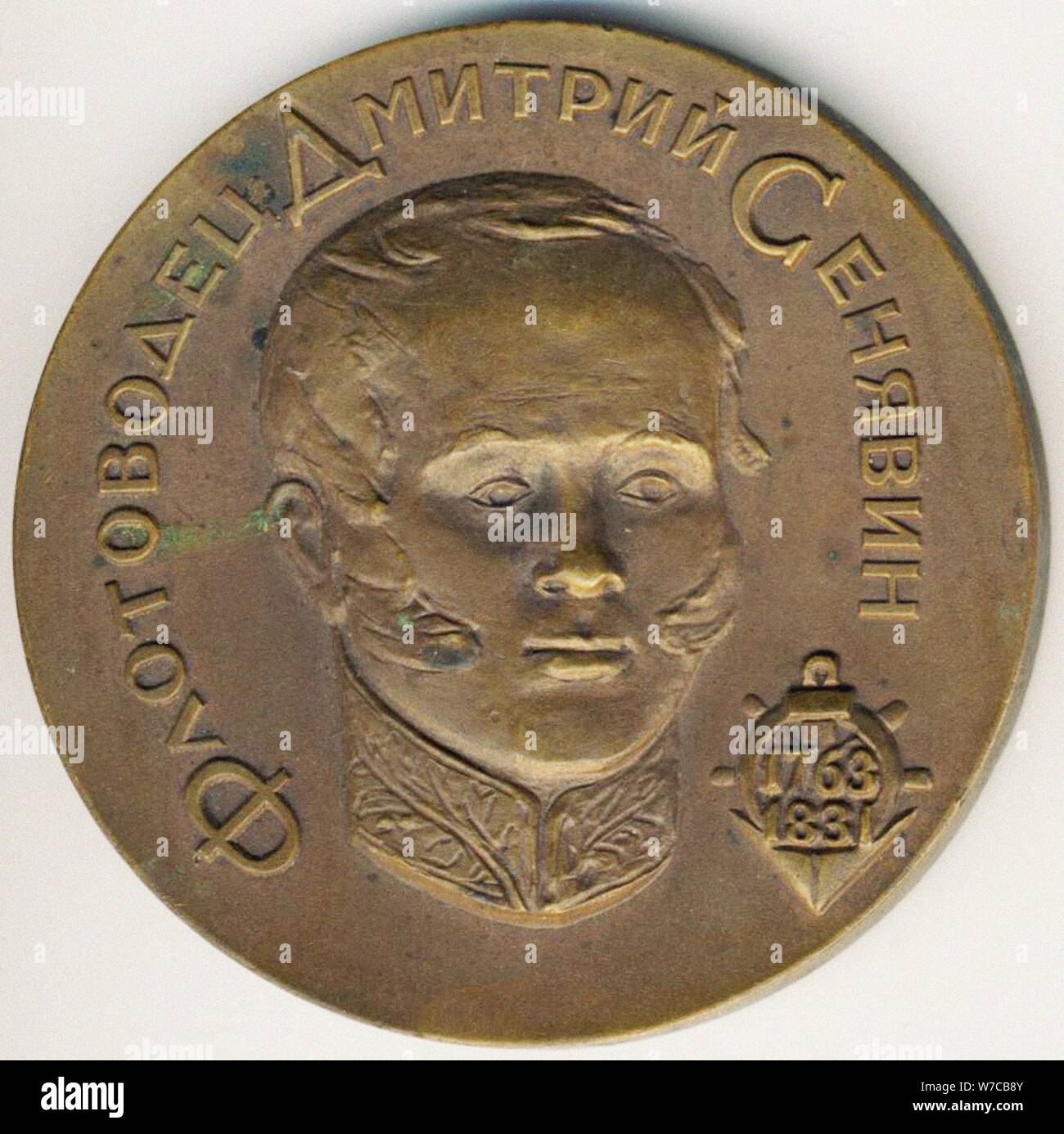 Admiral Dmitry Senyavin. Stock Photohttps://www.alamy.com/image-license-details/?v=1https://www.alamy.com/admiral-dmitry-senyavin-image262730411.html
Admiral Dmitry Senyavin. Stock Photohttps://www.alamy.com/image-license-details/?v=1https://www.alamy.com/admiral-dmitry-senyavin-image262730411.htmlRMW7CB8Y–Admiral Dmitry Senyavin.
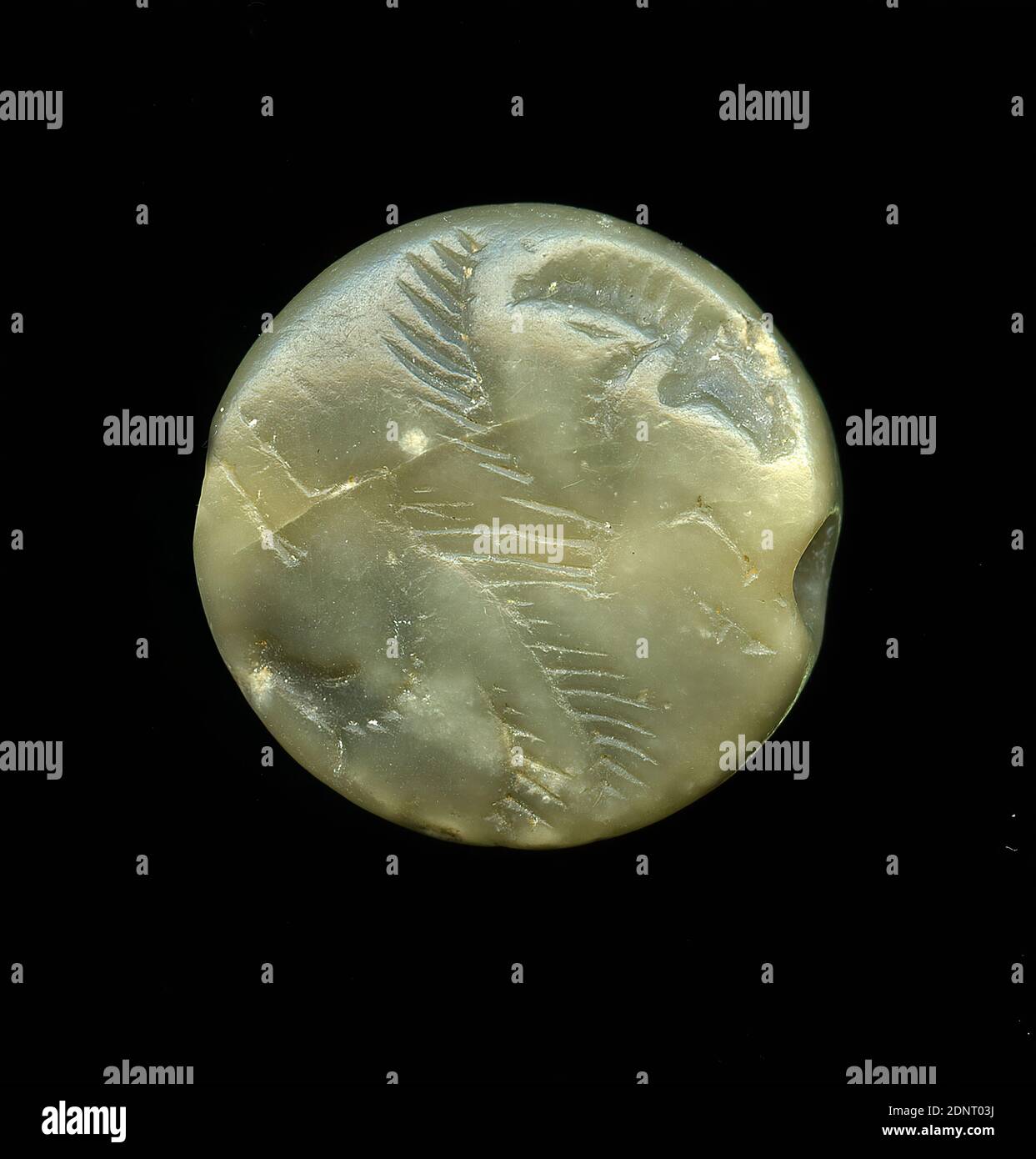 Stamp seal (antipodic horse protomes), Soapstone, cut, drilled, steatite, Total: Diameter: 2 cm; Depth: 0.63 cm, Body jewelry, glyptic, horse, The lenticular (lentoid) gem is pierced and served as an amulet. The picture shows the front bodies of a winged horse and a winged ibex, which are connected antipodally. The depiction of this pattern is often found on melancholic stones, but this gem stands out from others by its quality. Stock Photohttps://www.alamy.com/image-license-details/?v=1https://www.alamy.com/stamp-seal-antipodic-horse-protomes-soapstone-cut-drilled-steatite-total-diameter-2-cm-depth-063-cm-body-jewelry-glyptic-horse-the-lenticular-lentoid-gem-is-pierced-and-served-as-an-amulet-the-picture-shows-the-front-bodies-of-a-winged-horse-and-a-winged-ibex-which-are-connected-antipodally-the-depiction-of-this-pattern-is-often-found-on-melancholic-stones-but-this-gem-stands-out-from-others-by-its-quality-image392062822.html
Stamp seal (antipodic horse protomes), Soapstone, cut, drilled, steatite, Total: Diameter: 2 cm; Depth: 0.63 cm, Body jewelry, glyptic, horse, The lenticular (lentoid) gem is pierced and served as an amulet. The picture shows the front bodies of a winged horse and a winged ibex, which are connected antipodally. The depiction of this pattern is often found on melancholic stones, but this gem stands out from others by its quality. Stock Photohttps://www.alamy.com/image-license-details/?v=1https://www.alamy.com/stamp-seal-antipodic-horse-protomes-soapstone-cut-drilled-steatite-total-diameter-2-cm-depth-063-cm-body-jewelry-glyptic-horse-the-lenticular-lentoid-gem-is-pierced-and-served-as-an-amulet-the-picture-shows-the-front-bodies-of-a-winged-horse-and-a-winged-ibex-which-are-connected-antipodally-the-depiction-of-this-pattern-is-often-found-on-melancholic-stones-but-this-gem-stands-out-from-others-by-its-quality-image392062822.htmlRM2DNT03J–Stamp seal (antipodic horse protomes), Soapstone, cut, drilled, steatite, Total: Diameter: 2 cm; Depth: 0.63 cm, Body jewelry, glyptic, horse, The lenticular (lentoid) gem is pierced and served as an amulet. The picture shows the front bodies of a winged horse and a winged ibex, which are connected antipodally. The depiction of this pattern is often found on melancholic stones, but this gem stands out from others by its quality.
 Engravings on stones in the tumulus Mane Lud near Locmariaquer, Brittany, France Stock Photohttps://www.alamy.com/image-license-details/?v=1https://www.alamy.com/engravings-on-stones-in-the-tumulus-mane-lud-near-locmariaquer-brittany-france-image335960584.html
Engravings on stones in the tumulus Mane Lud near Locmariaquer, Brittany, France Stock Photohttps://www.alamy.com/image-license-details/?v=1https://www.alamy.com/engravings-on-stones-in-the-tumulus-mane-lud-near-locmariaquer-brittany-france-image335960584.htmlRF2AEG948–Engravings on stones in the tumulus Mane Lud near Locmariaquer, Brittany, France
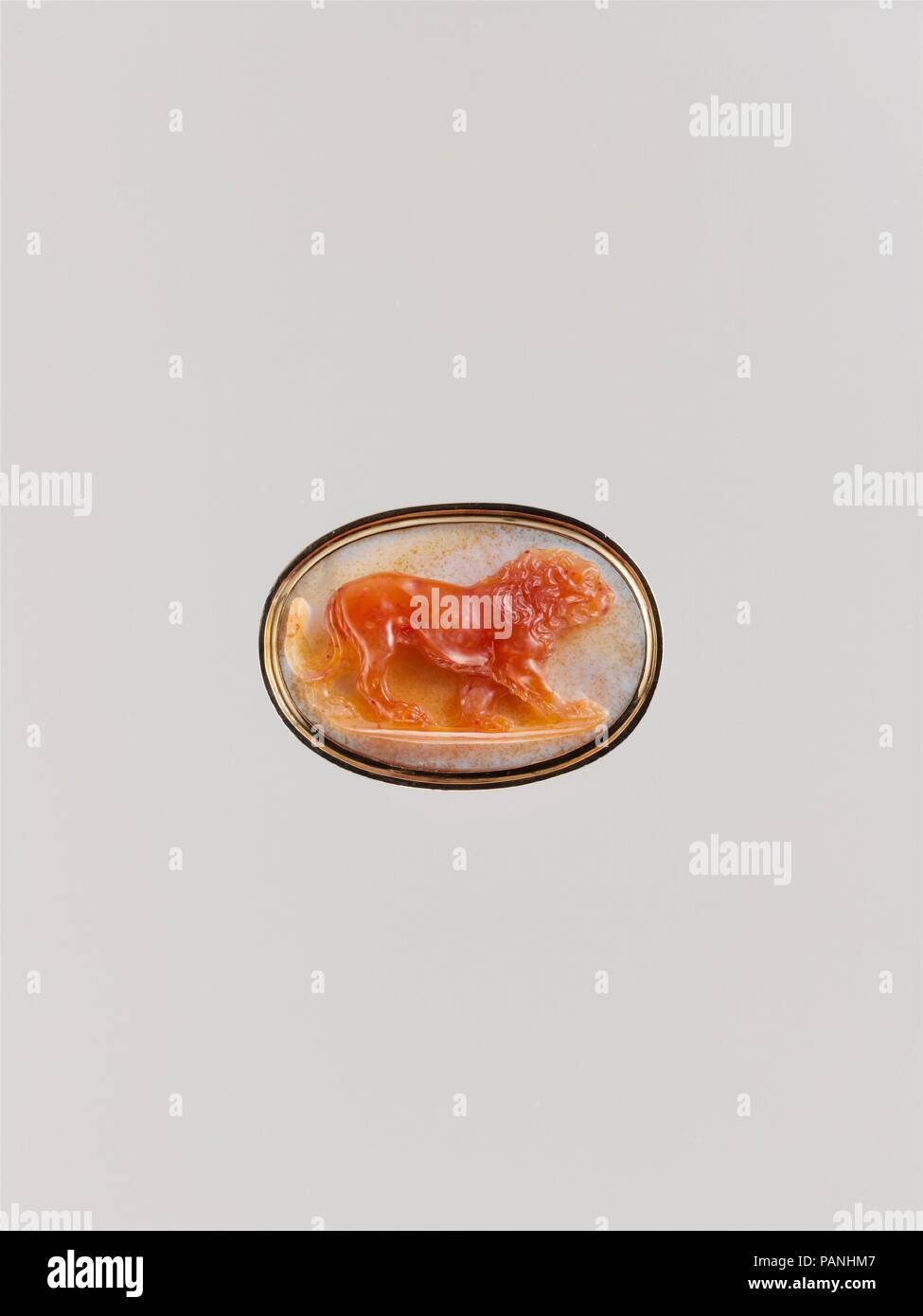 Walking lion. Culture: probably Italian. Dimensions: Overall: 13/16 x 1 1/8 x 7/8 in. (2.1 x 2.9 x 2.3 cm); visible cameo (confirmed): 17.1 x 25.5 mm. Date: 18th century. Cameos displaying animals, a mainstay of ancient Roman glyptics revived by Neoclassical engravers, filled the cabinets of European royalty. Particularly fetching is the way the carver of the leopard capitalized on brownish flecks in the stone to give the beast its spots. The grinning recumbent lion shows a fine contrast of matte and polished surfaces. The carver of the walking lion nearly exhausted the stone's red layer when Stock Photohttps://www.alamy.com/image-license-details/?v=1https://www.alamy.com/walking-lion-culture-probably-italian-dimensions-overall-1316-x-1-18-x-78-in-21-x-29-x-23-cm-visible-cameo-confirmed-171-x-255-mm-date-18th-century-cameos-displaying-animals-a-mainstay-of-ancient-roman-glyptics-revived-by-neoclassical-engravers-filled-the-cabinets-of-european-royalty-particularly-fetching-is-the-way-the-carver-of-the-leopard-capitalized-on-brownish-flecks-in-the-stone-to-give-the-beast-its-spots-the-grinning-recumbent-lion-shows-a-fine-contrast-of-matte-and-polished-surfaces-the-carver-of-the-walking-lion-nearly-exhausted-the-stones-red-layer-when-image213145863.html
Walking lion. Culture: probably Italian. Dimensions: Overall: 13/16 x 1 1/8 x 7/8 in. (2.1 x 2.9 x 2.3 cm); visible cameo (confirmed): 17.1 x 25.5 mm. Date: 18th century. Cameos displaying animals, a mainstay of ancient Roman glyptics revived by Neoclassical engravers, filled the cabinets of European royalty. Particularly fetching is the way the carver of the leopard capitalized on brownish flecks in the stone to give the beast its spots. The grinning recumbent lion shows a fine contrast of matte and polished surfaces. The carver of the walking lion nearly exhausted the stone's red layer when Stock Photohttps://www.alamy.com/image-license-details/?v=1https://www.alamy.com/walking-lion-culture-probably-italian-dimensions-overall-1316-x-1-18-x-78-in-21-x-29-x-23-cm-visible-cameo-confirmed-171-x-255-mm-date-18th-century-cameos-displaying-animals-a-mainstay-of-ancient-roman-glyptics-revived-by-neoclassical-engravers-filled-the-cabinets-of-european-royalty-particularly-fetching-is-the-way-the-carver-of-the-leopard-capitalized-on-brownish-flecks-in-the-stone-to-give-the-beast-its-spots-the-grinning-recumbent-lion-shows-a-fine-contrast-of-matte-and-polished-surfaces-the-carver-of-the-walking-lion-nearly-exhausted-the-stones-red-layer-when-image213145863.htmlRMPANHM7–Walking lion. Culture: probably Italian. Dimensions: Overall: 13/16 x 1 1/8 x 7/8 in. (2.1 x 2.9 x 2.3 cm); visible cameo (confirmed): 17.1 x 25.5 mm. Date: 18th century. Cameos displaying animals, a mainstay of ancient Roman glyptics revived by Neoclassical engravers, filled the cabinets of European royalty. Particularly fetching is the way the carver of the leopard capitalized on brownish flecks in the stone to give the beast its spots. The grinning recumbent lion shows a fine contrast of matte and polished surfaces. The carver of the walking lion nearly exhausted the stone's red layer when
 Letter Q, Bernard Picart, 1724 print The letter and initial q surrounded and filled by ornamental leaf motifs. The print comes from a book about cut precious stones and glyptics. Amsterdam paper etching historiated initial Stock Photohttps://www.alamy.com/image-license-details/?v=1https://www.alamy.com/letter-q-bernard-picart-1724-print-the-letter-and-initial-q-surrounded-and-filled-by-ornamental-leaf-motifs-the-print-comes-from-a-book-about-cut-precious-stones-and-glyptics-amsterdam-paper-etching-historiated-initial-image594775474.html
Letter Q, Bernard Picart, 1724 print The letter and initial q surrounded and filled by ornamental leaf motifs. The print comes from a book about cut precious stones and glyptics. Amsterdam paper etching historiated initial Stock Photohttps://www.alamy.com/image-license-details/?v=1https://www.alamy.com/letter-q-bernard-picart-1724-print-the-letter-and-initial-q-surrounded-and-filled-by-ornamental-leaf-motifs-the-print-comes-from-a-book-about-cut-precious-stones-and-glyptics-amsterdam-paper-etching-historiated-initial-image594775474.htmlRM2WFJA56–Letter Q, Bernard Picart, 1724 print The letter and initial q surrounded and filled by ornamental leaf motifs. The print comes from a book about cut precious stones and glyptics. Amsterdam paper etching historiated initial
 Aerial view of the Locmariaquer megalithic site near Carnac in Brittany, France - Prehistoric Er grah tumulus made out of limestone in Morbihan Stock Photohttps://www.alamy.com/image-license-details/?v=1https://www.alamy.com/aerial-view-of-the-locmariaquer-megalithic-site-near-carnac-in-brittany-france-prehistoric-er-grah-tumulus-made-out-of-limestone-in-morbihan-image550201754.html
Aerial view of the Locmariaquer megalithic site near Carnac in Brittany, France - Prehistoric Er grah tumulus made out of limestone in Morbihan Stock Photohttps://www.alamy.com/image-license-details/?v=1https://www.alamy.com/aerial-view-of-the-locmariaquer-megalithic-site-near-carnac-in-brittany-france-prehistoric-er-grah-tumulus-made-out-of-limestone-in-morbihan-image550201754.htmlRF2PY3RXJ–Aerial view of the Locmariaquer megalithic site near Carnac in Brittany, France - Prehistoric Er grah tumulus made out of limestone in Morbihan
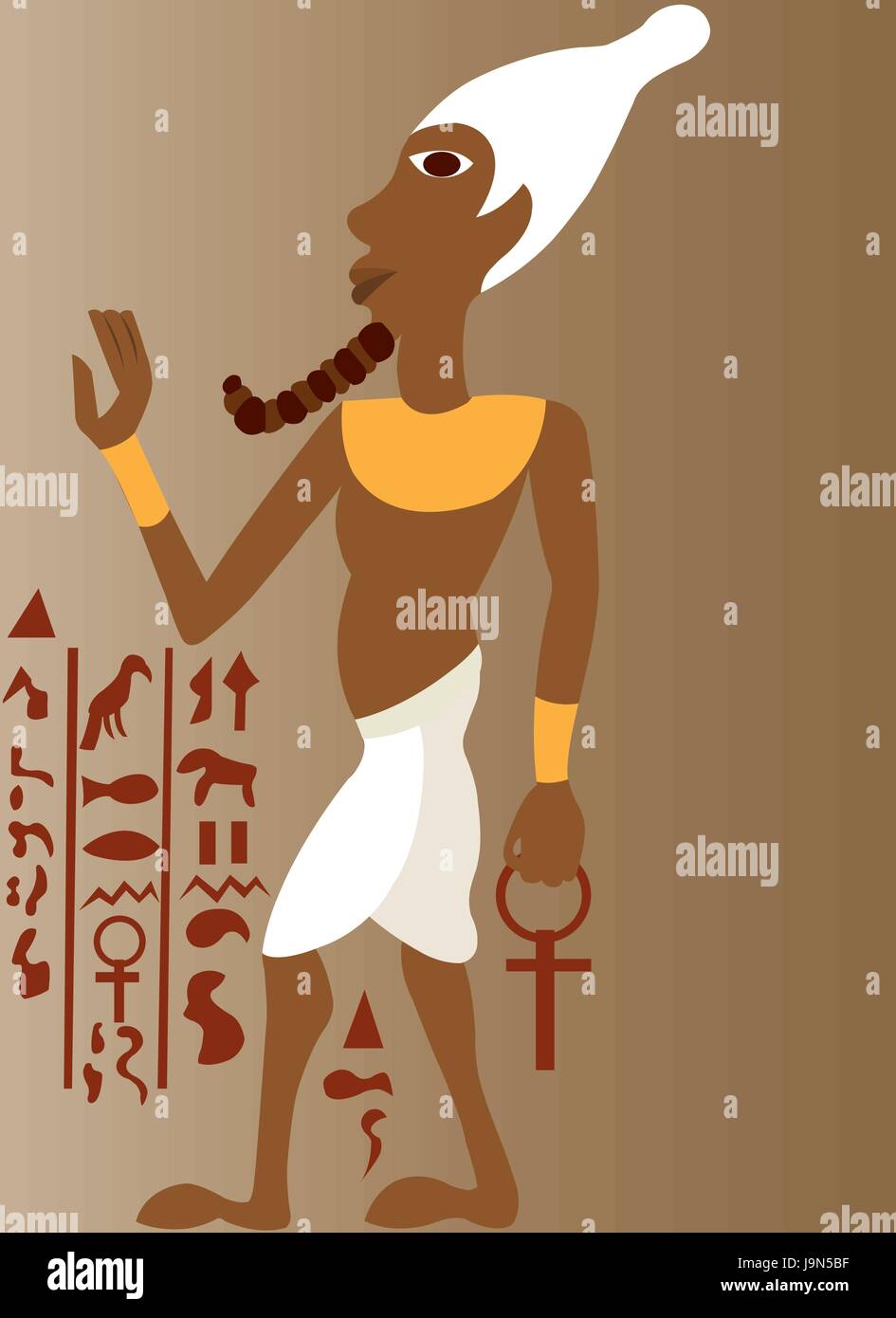 A full view Egyptian art and Literature Stock Vectorhttps://www.alamy.com/image-license-details/?v=1https://www.alamy.com/stock-photo-a-full-view-egyptian-art-and-literature-143680083.html
A full view Egyptian art and Literature Stock Vectorhttps://www.alamy.com/image-license-details/?v=1https://www.alamy.com/stock-photo-a-full-view-egyptian-art-and-literature-143680083.htmlRFJ9N5BF–A full view Egyptian art and Literature
 Giovanni Battista Pergolesi (1710-1736) , 1806. Private Collection. Stock Photohttps://www.alamy.com/image-license-details/?v=1https://www.alamy.com/giovanni-battista-pergolesi-1710-1736-1806-private-collection-image336853536.html
Giovanni Battista Pergolesi (1710-1736) , 1806. Private Collection. Stock Photohttps://www.alamy.com/image-license-details/?v=1https://www.alamy.com/giovanni-battista-pergolesi-1710-1736-1806-private-collection-image336853536.htmlRM2AG103C–Giovanni Battista Pergolesi (1710-1736) , 1806. Private Collection.
 Head of Hercules. Culture: Italian, probably Rome. Dimensions: Overall (confirmed): 2 9/16 x 2 in. (6.5 x 5.1 cm); 64.8 x 51.1 x 14.8 mm. Date: mid-19th century. The head of Hercules framed in a helmet formed by the open jaws of the Nemean lion, the dead beast's paws tied around his neck, was a staple of Neoclassical glyptics inspired by ancient gems and coins (see also 40.20.37). Within the format endless variations could appear. Both this carving and 40.20.48 have three strata. The anonymous carver, who chose a stone so fiery it has even been wrongly said to be artificially colored, manipul Stock Photohttps://www.alamy.com/image-license-details/?v=1https://www.alamy.com/head-of-hercules-culture-italian-probably-rome-dimensions-overall-confirmed-2-916-x-2-in-65-x-51-cm-648-x-511-x-148-mm-date-mid-19th-century-the-head-of-hercules-framed-in-a-helmet-formed-by-the-open-jaws-of-the-nemean-lion-the-dead-beasts-paws-tied-around-his-neck-was-a-staple-of-neoclassical-glyptics-inspired-by-ancient-gems-and-coins-see-also-402037-within-the-format-endless-variations-could-appear-both-this-carving-and-402048-have-three-strata-the-anonymous-carver-who-chose-a-stone-so-fiery-it-has-even-been-wrongly-said-to-be-artificially-colored-manipul-image213302229.html
Head of Hercules. Culture: Italian, probably Rome. Dimensions: Overall (confirmed): 2 9/16 x 2 in. (6.5 x 5.1 cm); 64.8 x 51.1 x 14.8 mm. Date: mid-19th century. The head of Hercules framed in a helmet formed by the open jaws of the Nemean lion, the dead beast's paws tied around his neck, was a staple of Neoclassical glyptics inspired by ancient gems and coins (see also 40.20.37). Within the format endless variations could appear. Both this carving and 40.20.48 have three strata. The anonymous carver, who chose a stone so fiery it has even been wrongly said to be artificially colored, manipul Stock Photohttps://www.alamy.com/image-license-details/?v=1https://www.alamy.com/head-of-hercules-culture-italian-probably-rome-dimensions-overall-confirmed-2-916-x-2-in-65-x-51-cm-648-x-511-x-148-mm-date-mid-19th-century-the-head-of-hercules-framed-in-a-helmet-formed-by-the-open-jaws-of-the-nemean-lion-the-dead-beasts-paws-tied-around-his-neck-was-a-staple-of-neoclassical-glyptics-inspired-by-ancient-gems-and-coins-see-also-402037-within-the-format-endless-variations-could-appear-both-this-carving-and-402048-have-three-strata-the-anonymous-carver-who-chose-a-stone-so-fiery-it-has-even-been-wrongly-said-to-be-artificially-colored-manipul-image213302229.htmlRMPB0N4N–Head of Hercules. Culture: Italian, probably Rome. Dimensions: Overall (confirmed): 2 9/16 x 2 in. (6.5 x 5.1 cm); 64.8 x 51.1 x 14.8 mm. Date: mid-19th century. The head of Hercules framed in a helmet formed by the open jaws of the Nemean lion, the dead beast's paws tied around his neck, was a staple of Neoclassical glyptics inspired by ancient gems and coins (see also 40.20.37). Within the format endless variations could appear. Both this carving and 40.20.48 have three strata. The anonymous carver, who chose a stone so fiery it has even been wrongly said to be artificially colored, manipul
 Letter M, Bernard Picart, 1724 print The letter and the initial M with weaponry, scepters and a staff with half moon in the background. The print comes from a book about cut precious stones and glyptics. The initial is at the start of a textual assignment to Karel VI, German emperor, who fought against the Ottomans. Amsterdam paper etching historiated initial Stock Photohttps://www.alamy.com/image-license-details/?v=1https://www.alamy.com/letter-m-bernard-picart-1724-print-the-letter-and-the-initial-m-with-weaponry-scepters-and-a-staff-with-half-moon-in-the-background-the-print-comes-from-a-book-about-cut-precious-stones-and-glyptics-the-initial-is-at-the-start-of-a-textual-assignment-to-karel-vi-german-emperor-who-fought-against-the-ottomans-amsterdam-paper-etching-historiated-initial-image594825630.html
Letter M, Bernard Picart, 1724 print The letter and the initial M with weaponry, scepters and a staff with half moon in the background. The print comes from a book about cut precious stones and glyptics. The initial is at the start of a textual assignment to Karel VI, German emperor, who fought against the Ottomans. Amsterdam paper etching historiated initial Stock Photohttps://www.alamy.com/image-license-details/?v=1https://www.alamy.com/letter-m-bernard-picart-1724-print-the-letter-and-the-initial-m-with-weaponry-scepters-and-a-staff-with-half-moon-in-the-background-the-print-comes-from-a-book-about-cut-precious-stones-and-glyptics-the-initial-is-at-the-start-of-a-textual-assignment-to-karel-vi-german-emperor-who-fought-against-the-ottomans-amsterdam-paper-etching-historiated-initial-image594825630.htmlRM2WFMJ4E–Letter M, Bernard Picart, 1724 print The letter and the initial M with weaponry, scepters and a staff with half moon in the background. The print comes from a book about cut precious stones and glyptics. The initial is at the start of a textual assignment to Karel VI, German emperor, who fought against the Ottomans. Amsterdam paper etching historiated initial
 Aerial view of the Locmariaquer megalith site near Carnac in Brittany, France - Neolithic tumulus, cairn and menhir made out of limestone in Morbihan Stock Photohttps://www.alamy.com/image-license-details/?v=1https://www.alamy.com/aerial-view-of-the-locmariaquer-megalith-site-near-carnac-in-brittany-france-neolithic-tumulus-cairn-and-menhir-made-out-of-limestone-in-morbihan-image550201738.html
Aerial view of the Locmariaquer megalith site near Carnac in Brittany, France - Neolithic tumulus, cairn and menhir made out of limestone in Morbihan Stock Photohttps://www.alamy.com/image-license-details/?v=1https://www.alamy.com/aerial-view-of-the-locmariaquer-megalith-site-near-carnac-in-brittany-france-neolithic-tumulus-cairn-and-menhir-made-out-of-limestone-in-morbihan-image550201738.htmlRF2PY3RX2–Aerial view of the Locmariaquer megalith site near Carnac in Brittany, France - Neolithic tumulus, cairn and menhir made out of limestone in Morbihan
 Vittoria Colonna (Commemorative medal) , 1840. Private Collection. Stock Photohttps://www.alamy.com/image-license-details/?v=1https://www.alamy.com/vittoria-colonna-commemorative-medal-1840-private-collection-image535128724.html
Vittoria Colonna (Commemorative medal) , 1840. Private Collection. Stock Photohttps://www.alamy.com/image-license-details/?v=1https://www.alamy.com/vittoria-colonna-commemorative-medal-1840-private-collection-image535128724.htmlRM2P2H644–Vittoria Colonna (Commemorative medal) , 1840. Private Collection.
 Sycee (Obverse and Reverse). Museum: PRIVATE COLLECTION. Author: Oriental coins Numismatic. Stock Photohttps://www.alamy.com/image-license-details/?v=1https://www.alamy.com/sycee-obverse-and-reverse-museum-private-collection-author-oriental-coins-numismatic-image477009240.html
Sycee (Obverse and Reverse). Museum: PRIVATE COLLECTION. Author: Oriental coins Numismatic. Stock Photohttps://www.alamy.com/image-license-details/?v=1https://www.alamy.com/sycee-obverse-and-reverse-museum-private-collection-author-oriental-coins-numismatic-image477009240.htmlRM2JM1J48–Sycee (Obverse and Reverse). Museum: PRIVATE COLLECTION. Author: Oriental coins Numismatic.
 Cut stone with the image of Aesculapius, Bernard Picart, 1722 print The portrait of Aesculapius and Profil. Reproduction of a Greek cut gem. At the bottom right the true size of the stone. In the middle above: XVIII. Print comes from a book about cut precious stones and glyptics. Amsterdam paper etching / engraving (story of) Aesculapius (Asclepius). gem, gemstone (+ relief sculpture) Stock Photohttps://www.alamy.com/image-license-details/?v=1https://www.alamy.com/cut-stone-with-the-image-of-aesculapius-bernard-picart-1722-print-the-portrait-of-aesculapius-and-profil-reproduction-of-a-greek-cut-gem-at-the-bottom-right-the-true-size-of-the-stone-in-the-middle-above-xviii-print-comes-from-a-book-about-cut-precious-stones-and-glyptics-amsterdam-paper-etching-engraving-story-of-aesculapius-asclepius-gem-gemstone-relief-sculpture-image593155965.html
Cut stone with the image of Aesculapius, Bernard Picart, 1722 print The portrait of Aesculapius and Profil. Reproduction of a Greek cut gem. At the bottom right the true size of the stone. In the middle above: XVIII. Print comes from a book about cut precious stones and glyptics. Amsterdam paper etching / engraving (story of) Aesculapius (Asclepius). gem, gemstone (+ relief sculpture) Stock Photohttps://www.alamy.com/image-license-details/?v=1https://www.alamy.com/cut-stone-with-the-image-of-aesculapius-bernard-picart-1722-print-the-portrait-of-aesculapius-and-profil-reproduction-of-a-greek-cut-gem-at-the-bottom-right-the-true-size-of-the-stone-in-the-middle-above-xviii-print-comes-from-a-book-about-cut-precious-stones-and-glyptics-amsterdam-paper-etching-engraving-story-of-aesculapius-asclepius-gem-gemstone-relief-sculpture-image593155965.htmlRM2WD0GDH–Cut stone with the image of Aesculapius, Bernard Picart, 1722 print The portrait of Aesculapius and Profil. Reproduction of a Greek cut gem. At the bottom right the true size of the stone. In the middle above: XVIII. Print comes from a book about cut precious stones and glyptics. Amsterdam paper etching / engraving (story of) Aesculapius (Asclepius). gem, gemstone (+ relief sculpture)
 Aerial view of the Locmariaquer megalith site near Carnac in Brittany, France - Neolithic tumulus, cairn and menhir made out of limestone in Morbihan Stock Photohttps://www.alamy.com/image-license-details/?v=1https://www.alamy.com/aerial-view-of-the-locmariaquer-megalith-site-near-carnac-in-brittany-france-neolithic-tumulus-cairn-and-menhir-made-out-of-limestone-in-morbihan-image550201759.html
Aerial view of the Locmariaquer megalith site near Carnac in Brittany, France - Neolithic tumulus, cairn and menhir made out of limestone in Morbihan Stock Photohttps://www.alamy.com/image-license-details/?v=1https://www.alamy.com/aerial-view-of-the-locmariaquer-megalith-site-near-carnac-in-brittany-france-neolithic-tumulus-cairn-and-menhir-made-out-of-limestone-in-morbihan-image550201759.htmlRF2PY3RXR–Aerial view of the Locmariaquer megalith site near Carnac in Brittany, France - Neolithic tumulus, cairn and menhir made out of limestone in Morbihan
RM2WP2NYN–Bake stamp; around 1650 1350 BC ; the period of the seed Brown (-1650-00-00--1350-00-00);Czartoryska, Maria Ludwika (1883-1958), Czartoryska, Maria Ludwika (1883-1958)-collection, Działyńska, Izabela (1830-1899), Działyńska, Izabela Elżbieta née Czartoryski (1830-1899)-collection, demons, filling elements ( iconog.), Glyptics, stamp seals, transmission (provenance)
 Stefan Bobrowski's portrait camera (1841-1863); Bianchini, Gaetano (Florence; Gliptyczna and Kupiecka company; Fl. CA 1850-1900); around 1870 (1864-00-00-1889-00-00);Bobrowski, Stefan (1841-1863), Capella, Henryk née Dzieduszycki (1832-1903)-collection, Polish National Museum (Rapperswil-1870-1927)-collection, Rapperswil (Switzerland), Glyptics, January Uprising (1863-1864) Stock Photohttps://www.alamy.com/image-license-details/?v=1https://www.alamy.com/stefan-bobrowskis-portrait-camera-1841-1863-bianchini-gaetano-florence-gliptyczna-and-kupiecka-company-fl-ca-1850-1900-around-1870-1864-00-00-1889-00-00bobrowski-stefan-1841-1863-capella-henryk-ne-dzieduszycki-1832-1903-collection-polish-national-museum-rapperswil-1870-1927-collection-rapperswil-switzerland-glyptics-january-uprising-1863-1864-image598801366.html
Stefan Bobrowski's portrait camera (1841-1863); Bianchini, Gaetano (Florence; Gliptyczna and Kupiecka company; Fl. CA 1850-1900); around 1870 (1864-00-00-1889-00-00);Bobrowski, Stefan (1841-1863), Capella, Henryk née Dzieduszycki (1832-1903)-collection, Polish National Museum (Rapperswil-1870-1927)-collection, Rapperswil (Switzerland), Glyptics, January Uprising (1863-1864) Stock Photohttps://www.alamy.com/image-license-details/?v=1https://www.alamy.com/stefan-bobrowskis-portrait-camera-1841-1863-bianchini-gaetano-florence-gliptyczna-and-kupiecka-company-fl-ca-1850-1900-around-1870-1864-00-00-1889-00-00bobrowski-stefan-1841-1863-capella-henryk-ne-dzieduszycki-1832-1903-collection-polish-national-museum-rapperswil-1870-1927-collection-rapperswil-switzerland-glyptics-january-uprising-1863-1864-image598801366.htmlRM2WP5N72–Stefan Bobrowski's portrait camera (1841-1863); Bianchini, Gaetano (Florence; Gliptyczna and Kupiecka company; Fl. CA 1850-1900); around 1870 (1864-00-00-1889-00-00);Bobrowski, Stefan (1841-1863), Capella, Henryk née Dzieduszycki (1832-1903)-collection, Polish National Museum (Rapperswil-1870-1927)-collection, Rapperswil (Switzerland), Glyptics, January Uprising (1863-1864)
 Bust of Pope Pius VI (Giovanni Angelo Braschi, 1717–1799) late 18th century Christian Friedrich Hecker German Although he grew pudgy with age, Pius VI (r. 1775–99) was invariably praised as a fine figure of a man and was more frequently captured in hardstone than any pontiff before or since. His important collection of ancient glyptics was looted and dispersed during the French occupation of Rome.. Bust of Pope Pius VI (Giovanni Angelo Braschi, 1717–1799) 198351 Stock Photohttps://www.alamy.com/image-license-details/?v=1https://www.alamy.com/bust-of-pope-pius-vi-giovanni-angelo-braschi-17171799-late-18th-century-christian-friedrich-hecker-german-although-he-grew-pudgy-with-age-pius-vi-r-177599-was-invariably-praised-as-a-fine-figure-of-a-man-and-was-more-frequently-captured-in-hardstone-than-any-pontiff-before-or-since-his-important-collection-of-ancient-glyptics-was-looted-and-dispersed-during-the-french-occupation-of-rome-bust-of-pope-pius-vi-giovanni-angelo-braschi-17171799-198351-image458156343.html
Bust of Pope Pius VI (Giovanni Angelo Braschi, 1717–1799) late 18th century Christian Friedrich Hecker German Although he grew pudgy with age, Pius VI (r. 1775–99) was invariably praised as a fine figure of a man and was more frequently captured in hardstone than any pontiff before or since. His important collection of ancient glyptics was looted and dispersed during the French occupation of Rome.. Bust of Pope Pius VI (Giovanni Angelo Braschi, 1717–1799) 198351 Stock Photohttps://www.alamy.com/image-license-details/?v=1https://www.alamy.com/bust-of-pope-pius-vi-giovanni-angelo-braschi-17171799-late-18th-century-christian-friedrich-hecker-german-although-he-grew-pudgy-with-age-pius-vi-r-177599-was-invariably-praised-as-a-fine-figure-of-a-man-and-was-more-frequently-captured-in-hardstone-than-any-pontiff-before-or-since-his-important-collection-of-ancient-glyptics-was-looted-and-dispersed-during-the-french-occupation-of-rome-bust-of-pope-pius-vi-giovanni-angelo-braschi-17171799-198351-image458156343.htmlRM2HHAR2F–Bust of Pope Pius VI (Giovanni Angelo Braschi, 1717–1799) late 18th century Christian Friedrich Hecker German Although he grew pudgy with age, Pius VI (r. 1775–99) was invariably praised as a fine figure of a man and was more frequently captured in hardstone than any pontiff before or since. His important collection of ancient glyptics was looted and dispersed during the French occupation of Rome.. Bust of Pope Pius VI (Giovanni Angelo Braschi, 1717–1799) 198351
 Walking lion 18th century probably Italian Cameos displaying animals, a mainstay of ancient Roman glyptics revived by Neoclassical engravers, filled the cabinets of European royalty. Particularly fetching is the way the carver of the leopard capitalized on brownish flecks in the stone to give the beast its spots. The grinning recumbent lion shows a fine contrast of matte and polished surfaces. The carver of the walking lion nearly exhausted the stone’s red layer when forming the tail.. Walking lion 198363 Stock Photohttps://www.alamy.com/image-license-details/?v=1https://www.alamy.com/walking-lion-18th-century-probably-italian-cameos-displaying-animals-a-mainstay-of-ancient-roman-glyptics-revived-by-neoclassical-engravers-filled-the-cabinets-of-european-royalty-particularly-fetching-is-the-way-the-carver-of-the-leopard-capitalized-on-brownish-flecks-in-the-stone-to-give-the-beast-its-spots-the-grinning-recumbent-lion-shows-a-fine-contrast-of-matte-and-polished-surfaces-the-carver-of-the-walking-lion-nearly-exhausted-the-stones-red-layer-when-forming-the-tail-walking-lion-198363-image458430867.html
Walking lion 18th century probably Italian Cameos displaying animals, a mainstay of ancient Roman glyptics revived by Neoclassical engravers, filled the cabinets of European royalty. Particularly fetching is the way the carver of the leopard capitalized on brownish flecks in the stone to give the beast its spots. The grinning recumbent lion shows a fine contrast of matte and polished surfaces. The carver of the walking lion nearly exhausted the stone’s red layer when forming the tail.. Walking lion 198363 Stock Photohttps://www.alamy.com/image-license-details/?v=1https://www.alamy.com/walking-lion-18th-century-probably-italian-cameos-displaying-animals-a-mainstay-of-ancient-roman-glyptics-revived-by-neoclassical-engravers-filled-the-cabinets-of-european-royalty-particularly-fetching-is-the-way-the-carver-of-the-leopard-capitalized-on-brownish-flecks-in-the-stone-to-give-the-beast-its-spots-the-grinning-recumbent-lion-shows-a-fine-contrast-of-matte-and-polished-surfaces-the-carver-of-the-walking-lion-nearly-exhausted-the-stones-red-layer-when-forming-the-tail-walking-lion-198363-image458430867.htmlRM2HHR96Y–Walking lion 18th century probably Italian Cameos displaying animals, a mainstay of ancient Roman glyptics revived by Neoclassical engravers, filled the cabinets of European royalty. Particularly fetching is the way the carver of the leopard capitalized on brownish flecks in the stone to give the beast its spots. The grinning recumbent lion shows a fine contrast of matte and polished surfaces. The carver of the walking lion nearly exhausted the stone’s red layer when forming the tail.. Walking lion 198363
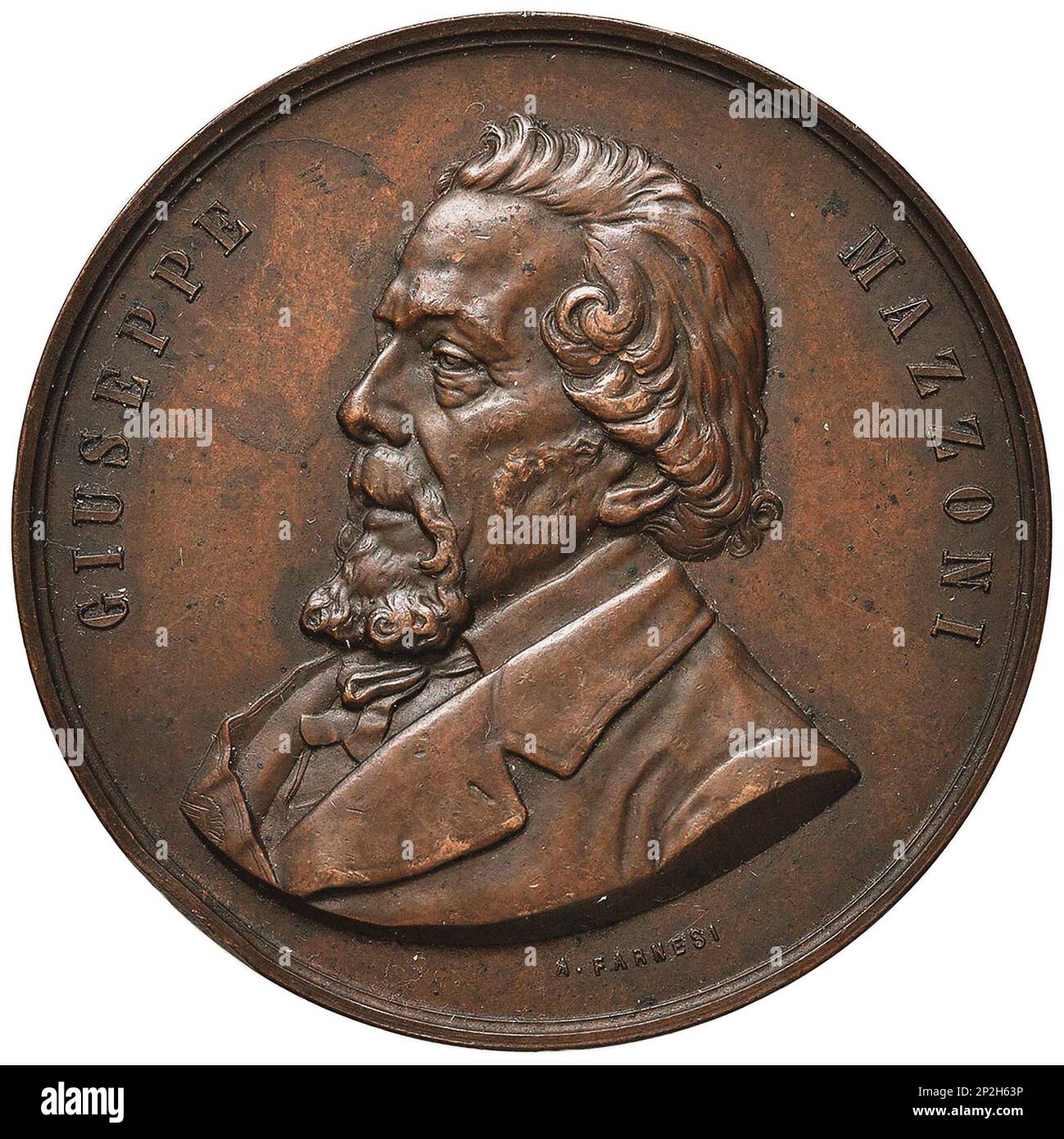 Giuseppe Mazzoni (Commemorative medal) , 1897. Private Collection. Stock Photohttps://www.alamy.com/image-license-details/?v=1https://www.alamy.com/giuseppe-mazzoni-commemorative-medal-1897-private-collection-image535128714.html
Giuseppe Mazzoni (Commemorative medal) , 1897. Private Collection. Stock Photohttps://www.alamy.com/image-license-details/?v=1https://www.alamy.com/giuseppe-mazzoni-commemorative-medal-1897-private-collection-image535128714.htmlRM2P2H63P–Giuseppe Mazzoni (Commemorative medal) , 1897. Private Collection.
 Giovanni Battista Pergolesi (1710-1736). Museum: PRIVATE COLLECTION. Author: Tommaso Mercandetti. Stock Photohttps://www.alamy.com/image-license-details/?v=1https://www.alamy.com/giovanni-battista-pergolesi-1710-1736-museum-private-collection-author-tommaso-mercandetti-image337342209.html
Giovanni Battista Pergolesi (1710-1736). Museum: PRIVATE COLLECTION. Author: Tommaso Mercandetti. Stock Photohttps://www.alamy.com/image-license-details/?v=1https://www.alamy.com/giovanni-battista-pergolesi-1710-1736-museum-private-collection-author-tommaso-mercandetti-image337342209.htmlRM2AGR7C1–Giovanni Battista Pergolesi (1710-1736). Museum: PRIVATE COLLECTION. Author: Tommaso Mercandetti.
 Walking leopard 18th century Italian Cameos displaying animals, a mainstay of ancient Roman glyptics revived by Neoclassical engravers, filled the cabinets of European royalty. Particularly fetching is the way the carver of the leopard capitalized on brownish flecks in the stone to give the beast its spots. The grinning recumbent lion shows a fine contrast of matte and polished surfaces. The carver of the walking lion nearly exhausted the stone’s red layer when forming the tail.. Walking leopard 198361 Stock Photohttps://www.alamy.com/image-license-details/?v=1https://www.alamy.com/walking-leopard-18th-century-italian-cameos-displaying-animals-a-mainstay-of-ancient-roman-glyptics-revived-by-neoclassical-engravers-filled-the-cabinets-of-european-royalty-particularly-fetching-is-the-way-the-carver-of-the-leopard-capitalized-on-brownish-flecks-in-the-stone-to-give-the-beast-its-spots-the-grinning-recumbent-lion-shows-a-fine-contrast-of-matte-and-polished-surfaces-the-carver-of-the-walking-lion-nearly-exhausted-the-stones-red-layer-when-forming-the-tail-walking-leopard-198361-image458432549.html
Walking leopard 18th century Italian Cameos displaying animals, a mainstay of ancient Roman glyptics revived by Neoclassical engravers, filled the cabinets of European royalty. Particularly fetching is the way the carver of the leopard capitalized on brownish flecks in the stone to give the beast its spots. The grinning recumbent lion shows a fine contrast of matte and polished surfaces. The carver of the walking lion nearly exhausted the stone’s red layer when forming the tail.. Walking leopard 198361 Stock Photohttps://www.alamy.com/image-license-details/?v=1https://www.alamy.com/walking-leopard-18th-century-italian-cameos-displaying-animals-a-mainstay-of-ancient-roman-glyptics-revived-by-neoclassical-engravers-filled-the-cabinets-of-european-royalty-particularly-fetching-is-the-way-the-carver-of-the-leopard-capitalized-on-brownish-flecks-in-the-stone-to-give-the-beast-its-spots-the-grinning-recumbent-lion-shows-a-fine-contrast-of-matte-and-polished-surfaces-the-carver-of-the-walking-lion-nearly-exhausted-the-stones-red-layer-when-forming-the-tail-walking-leopard-198361-image458432549.htmlRM2HHRBB1–Walking leopard 18th century Italian Cameos displaying animals, a mainstay of ancient Roman glyptics revived by Neoclassical engravers, filled the cabinets of European royalty. Particularly fetching is the way the carver of the leopard capitalized on brownish flecks in the stone to give the beast its spots. The grinning recumbent lion shows a fine contrast of matte and polished surfaces. The carver of the walking lion nearly exhausted the stone’s red layer when forming the tail.. Walking leopard 198361
 Recumbent lion probably Italian 18th–19th century Cameos displaying animals, a mainstay of ancient Roman glyptics revived by Neoclassical engravers, filled the cabinets of European royalty. Particularly fetching is the way the carver of the leopard capitalized on brownish flecks in the stone to give the beast its spots. The grinning recumbent lion shows a fine contrast of matte and polished surfaces. The carver of the walking lion nearly exhausted the stone’s red layer when forming the tail. Stock Photohttps://www.alamy.com/image-license-details/?v=1https://www.alamy.com/recumbent-lion-probably-italian-18th19th-century-cameos-displaying-animals-a-mainstay-of-ancient-roman-glyptics-revived-by-neoclassical-engravers-filled-the-cabinets-of-european-royalty-particularly-fetching-is-the-way-the-carver-of-the-leopard-capitalized-on-brownish-flecks-in-the-stone-to-give-the-beast-its-spots-the-grinning-recumbent-lion-shows-a-fine-contrast-of-matte-and-polished-surfaces-the-carver-of-the-walking-lion-nearly-exhausted-the-stones-red-layer-when-forming-the-tail-image569496249.html
Recumbent lion probably Italian 18th–19th century Cameos displaying animals, a mainstay of ancient Roman glyptics revived by Neoclassical engravers, filled the cabinets of European royalty. Particularly fetching is the way the carver of the leopard capitalized on brownish flecks in the stone to give the beast its spots. The grinning recumbent lion shows a fine contrast of matte and polished surfaces. The carver of the walking lion nearly exhausted the stone’s red layer when forming the tail. Stock Photohttps://www.alamy.com/image-license-details/?v=1https://www.alamy.com/recumbent-lion-probably-italian-18th19th-century-cameos-displaying-animals-a-mainstay-of-ancient-roman-glyptics-revived-by-neoclassical-engravers-filled-the-cabinets-of-european-royalty-particularly-fetching-is-the-way-the-carver-of-the-leopard-capitalized-on-brownish-flecks-in-the-stone-to-give-the-beast-its-spots-the-grinning-recumbent-lion-shows-a-fine-contrast-of-matte-and-polished-surfaces-the-carver-of-the-walking-lion-nearly-exhausted-the-stones-red-layer-when-forming-the-tail-image569496249.htmlRM2T2EP7N–Recumbent lion probably Italian 18th–19th century Cameos displaying animals, a mainstay of ancient Roman glyptics revived by Neoclassical engravers, filled the cabinets of European royalty. Particularly fetching is the way the carver of the leopard capitalized on brownish flecks in the stone to give the beast its spots. The grinning recumbent lion shows a fine contrast of matte and polished surfaces. The carver of the walking lion nearly exhausted the stone’s red layer when forming the tail.
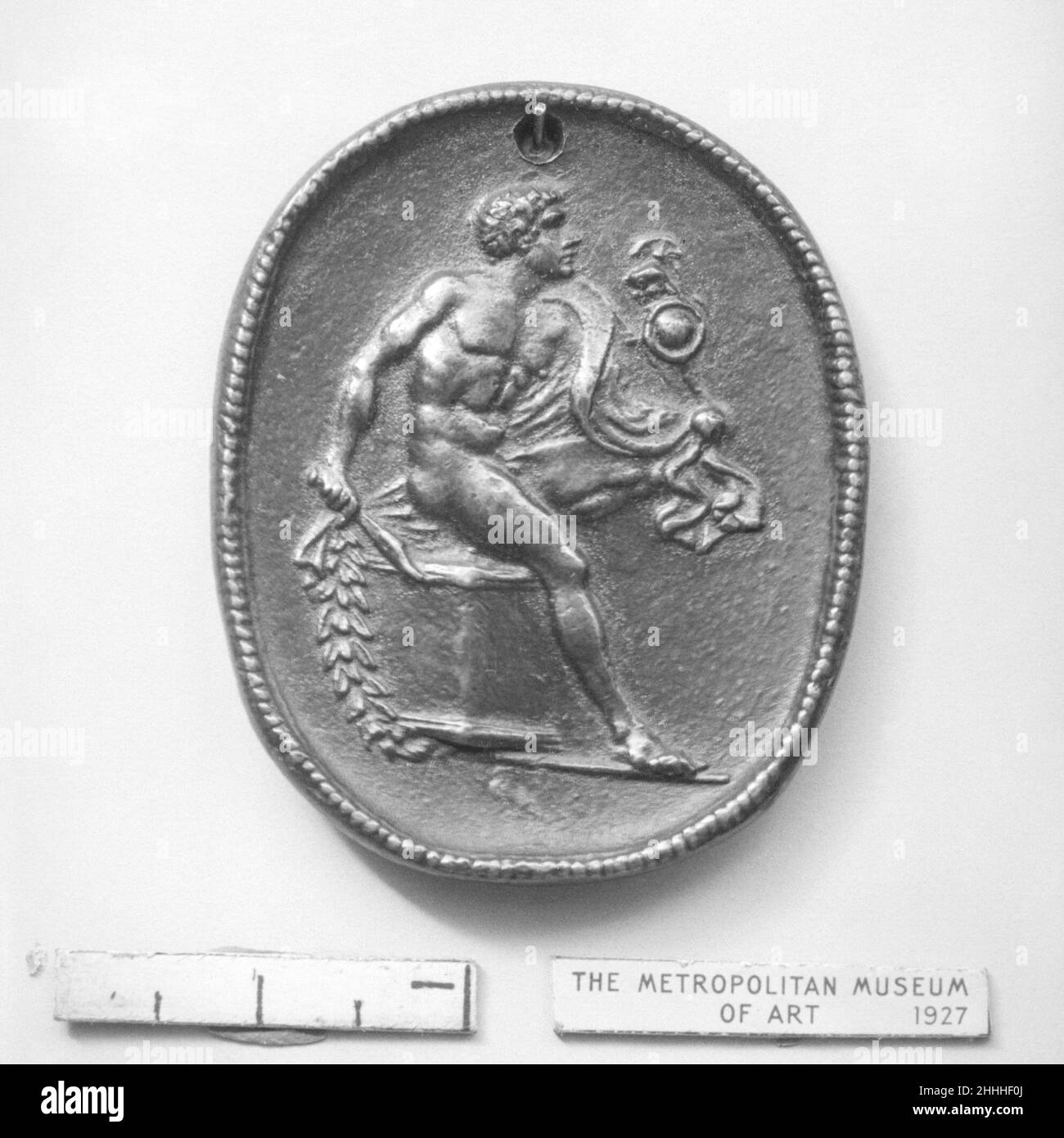 Diomedes and the Palladium probably second half 15th century Italian Some of the grandest figures of their respective eras, from Lorenzo the Magnificent to Catherine the Great, were ardent collectors of ancient glyptics. Connoisseurs were well aware of the praise that the writers of antiquity had heaped on specific cameo carvers. Copies initially reached the wider public in the form of bronze replicas and, later, engravings. Inevitably, the rage for cameos entailed a certain amount of forgery and twisting of facts.The carnelian original, owned by Pope Paul II, then by Lorenzo de' Medici, is no Stock Photohttps://www.alamy.com/image-license-details/?v=1https://www.alamy.com/diomedes-and-the-palladium-probably-second-half-15th-century-italian-some-of-the-grandest-figures-of-their-respective-eras-from-lorenzo-the-magnificent-to-catherine-the-great-were-ardent-collectors-of-ancient-glyptics-connoisseurs-were-well-aware-of-the-praise-that-the-writers-of-antiquity-had-heaped-on-specific-cameo-carvers-copies-initially-reached-the-wider-public-in-the-form-of-bronze-replicas-and-later-engravings-inevitably-the-rage-for-cameos-entailed-a-certain-amount-of-forgery-and-twisting-of-factsthe-carnelian-original-owned-by-pope-paul-ii-then-by-lorenzo-de-medici-is-no-image458303682.html
Diomedes and the Palladium probably second half 15th century Italian Some of the grandest figures of their respective eras, from Lorenzo the Magnificent to Catherine the Great, were ardent collectors of ancient glyptics. Connoisseurs were well aware of the praise that the writers of antiquity had heaped on specific cameo carvers. Copies initially reached the wider public in the form of bronze replicas and, later, engravings. Inevitably, the rage for cameos entailed a certain amount of forgery and twisting of facts.The carnelian original, owned by Pope Paul II, then by Lorenzo de' Medici, is no Stock Photohttps://www.alamy.com/image-license-details/?v=1https://www.alamy.com/diomedes-and-the-palladium-probably-second-half-15th-century-italian-some-of-the-grandest-figures-of-their-respective-eras-from-lorenzo-the-magnificent-to-catherine-the-great-were-ardent-collectors-of-ancient-glyptics-connoisseurs-were-well-aware-of-the-praise-that-the-writers-of-antiquity-had-heaped-on-specific-cameo-carvers-copies-initially-reached-the-wider-public-in-the-form-of-bronze-replicas-and-later-engravings-inevitably-the-rage-for-cameos-entailed-a-certain-amount-of-forgery-and-twisting-of-factsthe-carnelian-original-owned-by-pope-paul-ii-then-by-lorenzo-de-medici-is-no-image458303682.htmlRM2HHHF0J–Diomedes and the Palladium probably second half 15th century Italian Some of the grandest figures of their respective eras, from Lorenzo the Magnificent to Catherine the Great, were ardent collectors of ancient glyptics. Connoisseurs were well aware of the praise that the writers of antiquity had heaped on specific cameo carvers. Copies initially reached the wider public in the form of bronze replicas and, later, engravings. Inevitably, the rage for cameos entailed a certain amount of forgery and twisting of facts.The carnelian original, owned by Pope Paul II, then by Lorenzo de' Medici, is no
 Bacchus discovering Ariadne on Naxos 15th century Italian, Padua This plaquette is a free version of the composition of a gem that once belonged to the Gonzaga in Mantua.Some of the grandest figures of their respective eras, from Lorenzo the Magnificent to Catherine the Great, were ardent collectors of ancient glyptics. Connoisseurs were well aware of the praise that the writers of antiquity had heaped on specific cameo carvers. Copies initially reached the wider public in the form of bronze replicas and, later, engravings. Inevitably, the rage for cameos entailed a certain amount of forgery a Stock Photohttps://www.alamy.com/image-license-details/?v=1https://www.alamy.com/bacchus-discovering-ariadne-on-naxos-15th-century-italian-padua-this-plaquette-is-a-free-version-of-the-composition-of-a-gem-that-once-belonged-to-the-gonzaga-in-mantuasome-of-the-grandest-figures-of-their-respective-eras-from-lorenzo-the-magnificent-to-catherine-the-great-were-ardent-collectors-of-ancient-glyptics-connoisseurs-were-well-aware-of-the-praise-that-the-writers-of-antiquity-had-heaped-on-specific-cameo-carvers-copies-initially-reached-the-wider-public-in-the-form-of-bronze-replicas-and-later-engravings-inevitably-the-rage-for-cameos-entailed-a-certain-amount-of-forgery-a-image458432944.html
Bacchus discovering Ariadne on Naxos 15th century Italian, Padua This plaquette is a free version of the composition of a gem that once belonged to the Gonzaga in Mantua.Some of the grandest figures of their respective eras, from Lorenzo the Magnificent to Catherine the Great, were ardent collectors of ancient glyptics. Connoisseurs were well aware of the praise that the writers of antiquity had heaped on specific cameo carvers. Copies initially reached the wider public in the form of bronze replicas and, later, engravings. Inevitably, the rage for cameos entailed a certain amount of forgery a Stock Photohttps://www.alamy.com/image-license-details/?v=1https://www.alamy.com/bacchus-discovering-ariadne-on-naxos-15th-century-italian-padua-this-plaquette-is-a-free-version-of-the-composition-of-a-gem-that-once-belonged-to-the-gonzaga-in-mantuasome-of-the-grandest-figures-of-their-respective-eras-from-lorenzo-the-magnificent-to-catherine-the-great-were-ardent-collectors-of-ancient-glyptics-connoisseurs-were-well-aware-of-the-praise-that-the-writers-of-antiquity-had-heaped-on-specific-cameo-carvers-copies-initially-reached-the-wider-public-in-the-form-of-bronze-replicas-and-later-engravings-inevitably-the-rage-for-cameos-entailed-a-certain-amount-of-forgery-a-image458432944.htmlRM2HHRBW4–Bacchus discovering Ariadne on Naxos 15th century Italian, Padua This plaquette is a free version of the composition of a gem that once belonged to the Gonzaga in Mantua.Some of the grandest figures of their respective eras, from Lorenzo the Magnificent to Catherine the Great, were ardent collectors of ancient glyptics. Connoisseurs were well aware of the praise that the writers of antiquity had heaped on specific cameo carvers. Copies initially reached the wider public in the form of bronze replicas and, later, engravings. Inevitably, the rage for cameos entailed a certain amount of forgery a
 Portrait of the composer Luigi Cherubini (1760-1842), c. 1840. Private Collection. Stock Photohttps://www.alamy.com/image-license-details/?v=1https://www.alamy.com/portrait-of-the-composer-luigi-cherubini-1760-1842-c-1840-private-collection-image535131054.html
Portrait of the composer Luigi Cherubini (1760-1842), c. 1840. Private Collection. Stock Photohttps://www.alamy.com/image-license-details/?v=1https://www.alamy.com/portrait-of-the-composer-luigi-cherubini-1760-1842-c-1840-private-collection-image535131054.htmlRM2P2H93A–Portrait of the composer Luigi Cherubini (1760-1842), c. 1840. Private Collection.
 Giuseppe Mazzoni (Commemorative medal). Museum: PRIVATE COLLECTION. Author: A. Farnesi. Stock Photohttps://www.alamy.com/image-license-details/?v=1https://www.alamy.com/giuseppe-mazzoni-commemorative-medal-museum-private-collection-author-a-farnesi-image515377987.html
Giuseppe Mazzoni (Commemorative medal). Museum: PRIVATE COLLECTION. Author: A. Farnesi. Stock Photohttps://www.alamy.com/image-license-details/?v=1https://www.alamy.com/giuseppe-mazzoni-commemorative-medal-museum-private-collection-author-a-farnesi-image515377987.htmlRM2MXDDTK–Giuseppe Mazzoni (Commemorative medal). Museum: PRIVATE COLLECTION. Author: A. Farnesi.
 Head of Hercules mid-19th century Italian, probably Rome The head of Hercules framed in a helmet formed by the open jaws of the Nemean lion, the dead beast’s paws tied around his neck, was a staple of Neoclassical glyptics inspired by ancient gems and coins (see also 40.20.37). Within the format endless variations could appear. Both this carving and 40.20.48 have three strata. The anonymous carver, who chose a stone so fiery it has even been wrongly said to be artificially colored, manipulated the pale middle layer to limn the blunt profile, offset between the reds of the ground and top layers Stock Photohttps://www.alamy.com/image-license-details/?v=1https://www.alamy.com/head-of-hercules-mid-19th-century-italian-probably-rome-the-head-of-hercules-framed-in-a-helmet-formed-by-the-open-jaws-of-the-nemean-lion-the-dead-beasts-paws-tied-around-his-neck-was-a-staple-of-neoclassical-glyptics-inspired-by-ancient-gems-and-coins-see-also-402037-within-the-format-endless-variations-could-appear-both-this-carving-and-402048-have-three-strata-the-anonymous-carver-who-chose-a-stone-so-fiery-it-has-even-been-wrongly-said-to-be-artificially-colored-manipulated-the-pale-middle-layer-to-limn-the-blunt-profile-offset-between-the-reds-of-the-ground-and-top-layers-image458432426.html
Head of Hercules mid-19th century Italian, probably Rome The head of Hercules framed in a helmet formed by the open jaws of the Nemean lion, the dead beast’s paws tied around his neck, was a staple of Neoclassical glyptics inspired by ancient gems and coins (see also 40.20.37). Within the format endless variations could appear. Both this carving and 40.20.48 have three strata. The anonymous carver, who chose a stone so fiery it has even been wrongly said to be artificially colored, manipulated the pale middle layer to limn the blunt profile, offset between the reds of the ground and top layers Stock Photohttps://www.alamy.com/image-license-details/?v=1https://www.alamy.com/head-of-hercules-mid-19th-century-italian-probably-rome-the-head-of-hercules-framed-in-a-helmet-formed-by-the-open-jaws-of-the-nemean-lion-the-dead-beasts-paws-tied-around-his-neck-was-a-staple-of-neoclassical-glyptics-inspired-by-ancient-gems-and-coins-see-also-402037-within-the-format-endless-variations-could-appear-both-this-carving-and-402048-have-three-strata-the-anonymous-carver-who-chose-a-stone-so-fiery-it-has-even-been-wrongly-said-to-be-artificially-colored-manipulated-the-pale-middle-layer-to-limn-the-blunt-profile-offset-between-the-reds-of-the-ground-and-top-layers-image458432426.htmlRM2HHRB6J–Head of Hercules mid-19th century Italian, probably Rome The head of Hercules framed in a helmet formed by the open jaws of the Nemean lion, the dead beast’s paws tied around his neck, was a staple of Neoclassical glyptics inspired by ancient gems and coins (see also 40.20.37). Within the format endless variations could appear. Both this carving and 40.20.48 have three strata. The anonymous carver, who chose a stone so fiery it has even been wrongly said to be artificially colored, manipulated the pale middle layer to limn the blunt profile, offset between the reds of the ground and top layers
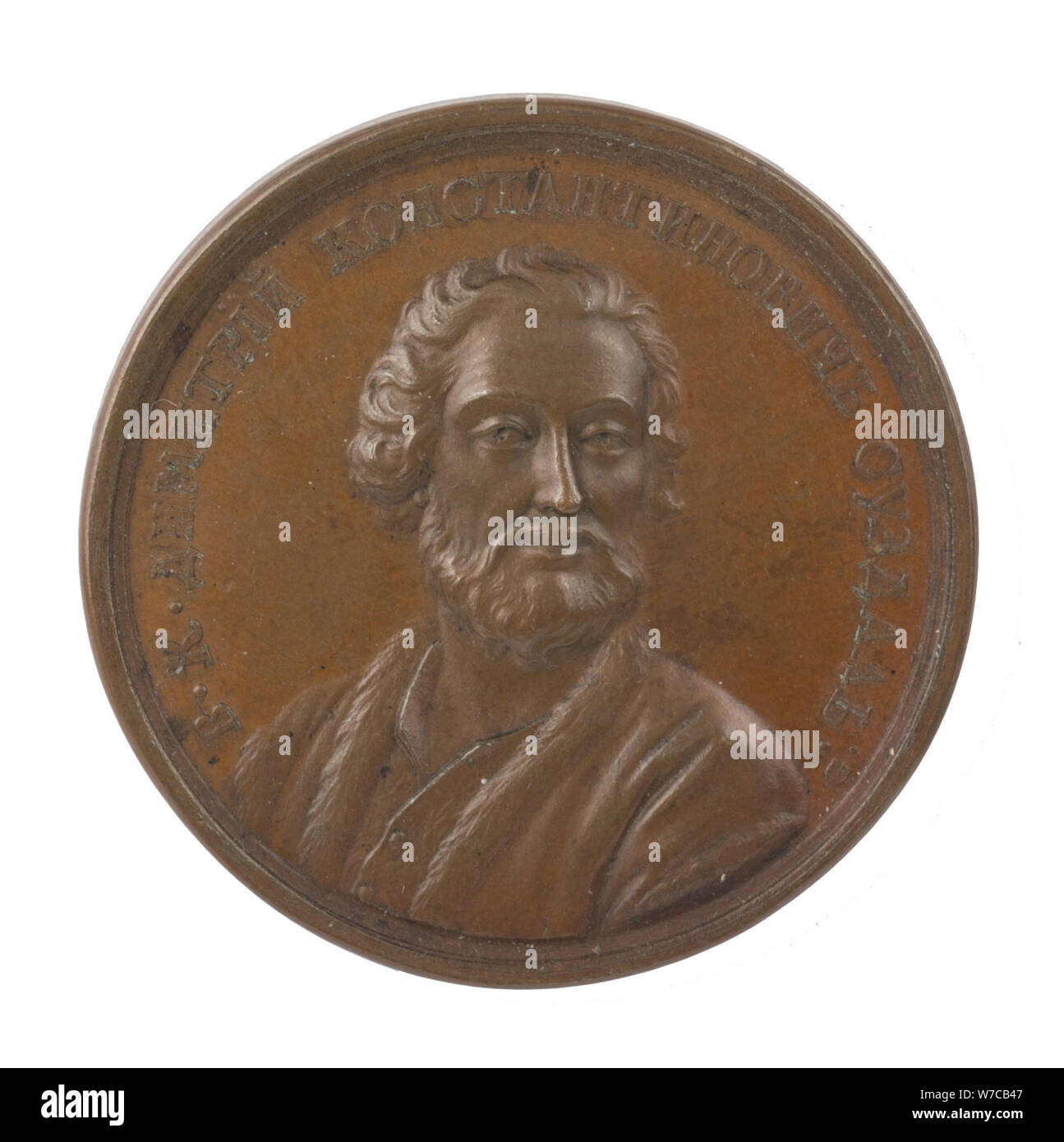 Prince Dmitri Konstantinovich of Suzdal (from the Historical Medal Series), 1770s. Stock Photohttps://www.alamy.com/image-license-details/?v=1https://www.alamy.com/prince-dmitri-konstantinovich-of-suzdal-from-the-historical-medal-series-1770s-image262730279.html
Prince Dmitri Konstantinovich of Suzdal (from the Historical Medal Series), 1770s. Stock Photohttps://www.alamy.com/image-license-details/?v=1https://www.alamy.com/prince-dmitri-konstantinovich-of-suzdal-from-the-historical-medal-series-1770s-image262730279.htmlRMW7CB47–Prince Dmitri Konstantinovich of Suzdal (from the Historical Medal Series), 1770s.
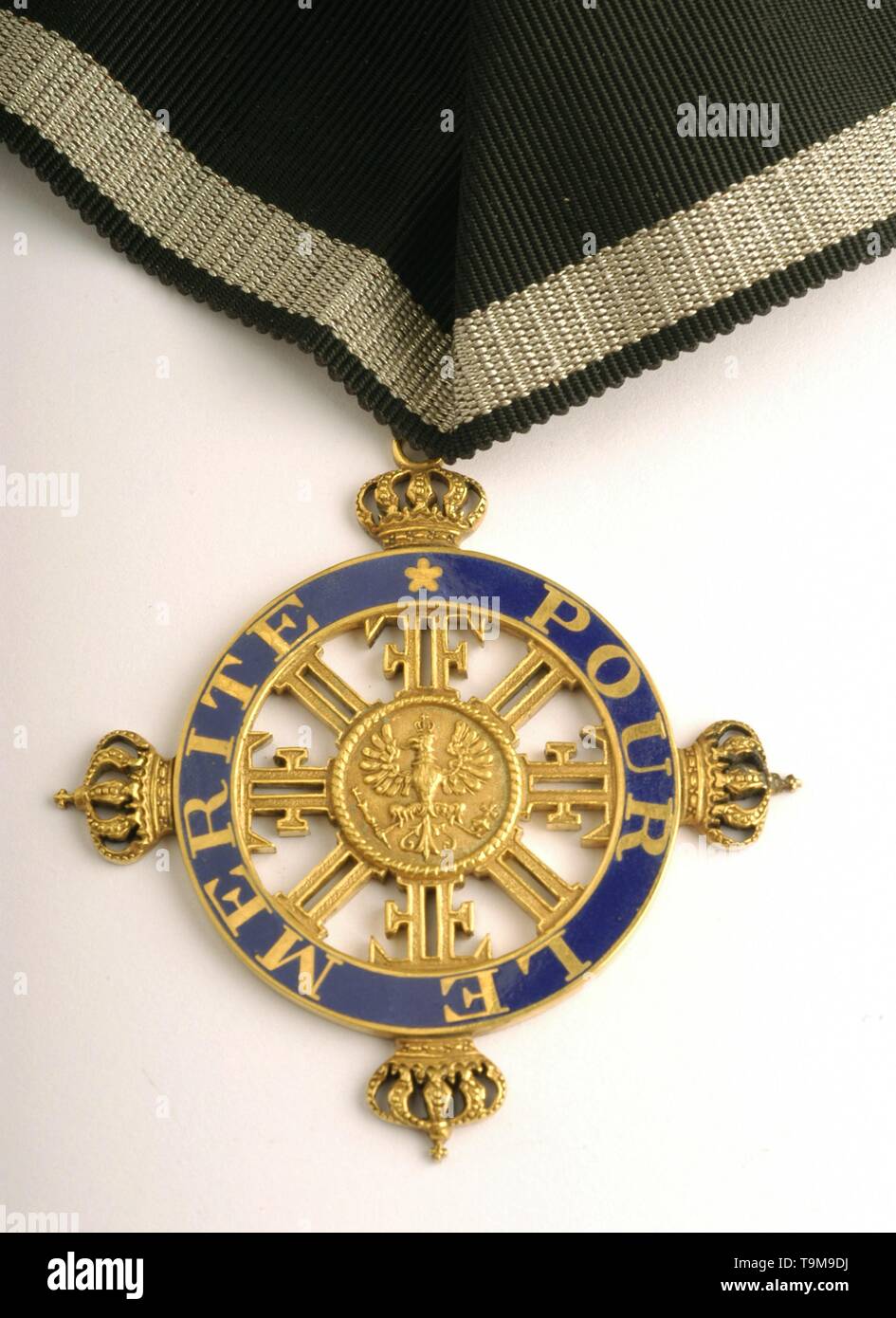 The Order Pour le Mérite for Sciences and Arts. Museum: PRIVATE COLLECTION. Author: decorations and medals Orders. Stock Photohttps://www.alamy.com/image-license-details/?v=1https://www.alamy.com/the-order-pour-le-mrite-for-sciences-and-arts-museum-private-collection-author-decorations-and-medals-orders-image246923534.html
The Order Pour le Mérite for Sciences and Arts. Museum: PRIVATE COLLECTION. Author: decorations and medals Orders. Stock Photohttps://www.alamy.com/image-license-details/?v=1https://www.alamy.com/the-order-pour-le-mrite-for-sciences-and-arts-museum-private-collection-author-decorations-and-medals-orders-image246923534.htmlRMT9M9DJ–The Order Pour le Mérite for Sciences and Arts. Museum: PRIVATE COLLECTION. Author: decorations and medals Orders.
 Head of Hercules mid-19th century Maria Elisa Pistrucci British The head of Hercules framed in a helmet formed by the open jaws of the Nemean lion, the dead beast’s paws tied around his neck, was a staple of Neoclassical glyptics inspired by ancient gems and coins (see also 40.20.37). Within the format endless variations could appear. Both of these carvings have three strata. The anonymous carver, who chose a stone so fiery it has even been wrongly said to be artificially colored, manipulated the pale middle layer to limn the blunt profile, offset between the reds of the ground and top layers. Stock Photohttps://www.alamy.com/image-license-details/?v=1https://www.alamy.com/head-of-hercules-mid-19th-century-maria-elisa-pistrucci-british-the-head-of-hercules-framed-in-a-helmet-formed-by-the-open-jaws-of-the-nemean-lion-the-dead-beasts-paws-tied-around-his-neck-was-a-staple-of-neoclassical-glyptics-inspired-by-ancient-gems-and-coins-see-also-402037-within-the-format-endless-variations-could-appear-both-of-these-carvings-have-three-strata-the-anonymous-carver-who-chose-a-stone-so-fiery-it-has-even-been-wrongly-said-to-be-artificially-colored-manipulated-the-pale-middle-layer-to-limn-the-blunt-profile-offset-between-the-reds-of-the-ground-and-top-layers-image458434188.html
Head of Hercules mid-19th century Maria Elisa Pistrucci British The head of Hercules framed in a helmet formed by the open jaws of the Nemean lion, the dead beast’s paws tied around his neck, was a staple of Neoclassical glyptics inspired by ancient gems and coins (see also 40.20.37). Within the format endless variations could appear. Both of these carvings have three strata. The anonymous carver, who chose a stone so fiery it has even been wrongly said to be artificially colored, manipulated the pale middle layer to limn the blunt profile, offset between the reds of the ground and top layers. Stock Photohttps://www.alamy.com/image-license-details/?v=1https://www.alamy.com/head-of-hercules-mid-19th-century-maria-elisa-pistrucci-british-the-head-of-hercules-framed-in-a-helmet-formed-by-the-open-jaws-of-the-nemean-lion-the-dead-beasts-paws-tied-around-his-neck-was-a-staple-of-neoclassical-glyptics-inspired-by-ancient-gems-and-coins-see-also-402037-within-the-format-endless-variations-could-appear-both-of-these-carvings-have-three-strata-the-anonymous-carver-who-chose-a-stone-so-fiery-it-has-even-been-wrongly-said-to-be-artificially-colored-manipulated-the-pale-middle-layer-to-limn-the-blunt-profile-offset-between-the-reds-of-the-ground-and-top-layers-image458434188.htmlRM2HHRDDG–Head of Hercules mid-19th century Maria Elisa Pistrucci British The head of Hercules framed in a helmet formed by the open jaws of the Nemean lion, the dead beast’s paws tied around his neck, was a staple of Neoclassical glyptics inspired by ancient gems and coins (see also 40.20.37). Within the format endless variations could appear. Both of these carvings have three strata. The anonymous carver, who chose a stone so fiery it has even been wrongly said to be artificially colored, manipulated the pale middle layer to limn the blunt profile, offset between the reds of the ground and top layers.
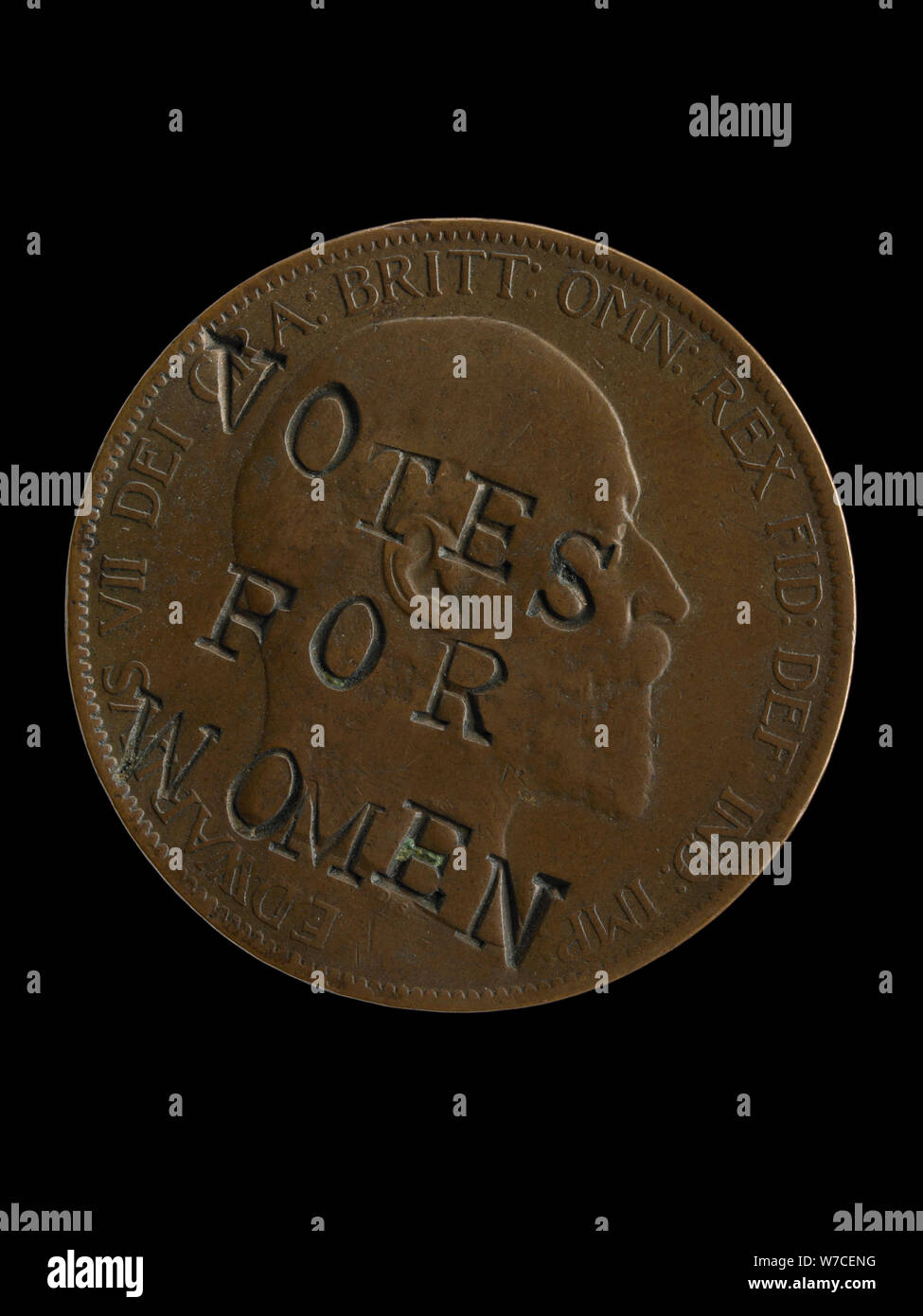 The Suffragette Penny with the slogan Votes for Women over the portrait of King Edward VII. Stock Photohttps://www.alamy.com/image-license-details/?v=1https://www.alamy.com/the-suffragette-penny-with-the-slogan-votes-for-women-over-the-portrait-of-king-edward-vii-image262733116.html
The Suffragette Penny with the slogan Votes for Women over the portrait of King Edward VII. Stock Photohttps://www.alamy.com/image-license-details/?v=1https://www.alamy.com/the-suffragette-penny-with-the-slogan-votes-for-women-over-the-portrait-of-king-edward-vii-image262733116.htmlRMW7CENG–The Suffragette Penny with the slogan Votes for Women over the portrait of King Edward VII.
 Cut stone with a performance of the marriage of Amor and Psyche, Bernard Picart, After Theodorus Netscher, 1719 print The veiled amor and psyche are accompanied by Putti. A putto wears a burning torch, another putto wears a basket with fruits. Reproduction of a Greek cut gem. At the bottom right the true size of the stone. In the middle above: LXX. Print comes from a book about cut precious stones and glyptics. print maker: Amsterdamafter drawing by: London paper etching / engraving marriage of Cupid and Psyche. gem, gemstone (+ relief sculpture) Stock Photohttps://www.alamy.com/image-license-details/?v=1https://www.alamy.com/cut-stone-with-a-performance-of-the-marriage-of-amor-and-psyche-bernard-picart-after-theodorus-netscher-1719-print-the-veiled-amor-and-psyche-are-accompanied-by-putti-a-putto-wears-a-burning-torch-another-putto-wears-a-basket-with-fruits-reproduction-of-a-greek-cut-gem-at-the-bottom-right-the-true-size-of-the-stone-in-the-middle-above-lxx-print-comes-from-a-book-about-cut-precious-stones-and-glyptics-print-maker-amsterdamafter-drawing-by-london-paper-etching-engraving-marriage-of-cupid-and-psyche-gem-gemstone-relief-sculpture-image594866092.html
Cut stone with a performance of the marriage of Amor and Psyche, Bernard Picart, After Theodorus Netscher, 1719 print The veiled amor and psyche are accompanied by Putti. A putto wears a burning torch, another putto wears a basket with fruits. Reproduction of a Greek cut gem. At the bottom right the true size of the stone. In the middle above: LXX. Print comes from a book about cut precious stones and glyptics. print maker: Amsterdamafter drawing by: London paper etching / engraving marriage of Cupid and Psyche. gem, gemstone (+ relief sculpture) Stock Photohttps://www.alamy.com/image-license-details/?v=1https://www.alamy.com/cut-stone-with-a-performance-of-the-marriage-of-amor-and-psyche-bernard-picart-after-theodorus-netscher-1719-print-the-veiled-amor-and-psyche-are-accompanied-by-putti-a-putto-wears-a-burning-torch-another-putto-wears-a-basket-with-fruits-reproduction-of-a-greek-cut-gem-at-the-bottom-right-the-true-size-of-the-stone-in-the-middle-above-lxx-print-comes-from-a-book-about-cut-precious-stones-and-glyptics-print-maker-amsterdamafter-drawing-by-london-paper-etching-engraving-marriage-of-cupid-and-psyche-gem-gemstone-relief-sculpture-image594866092.htmlRM2WFPDNG–Cut stone with a performance of the marriage of Amor and Psyche, Bernard Picart, After Theodorus Netscher, 1719 print The veiled amor and psyche are accompanied by Putti. A putto wears a burning torch, another putto wears a basket with fruits. Reproduction of a Greek cut gem. At the bottom right the true size of the stone. In the middle above: LXX. Print comes from a book about cut precious stones and glyptics. print maker: Amsterdamafter drawing by: London paper etching / engraving marriage of Cupid and Psyche. gem, gemstone (+ relief sculpture)
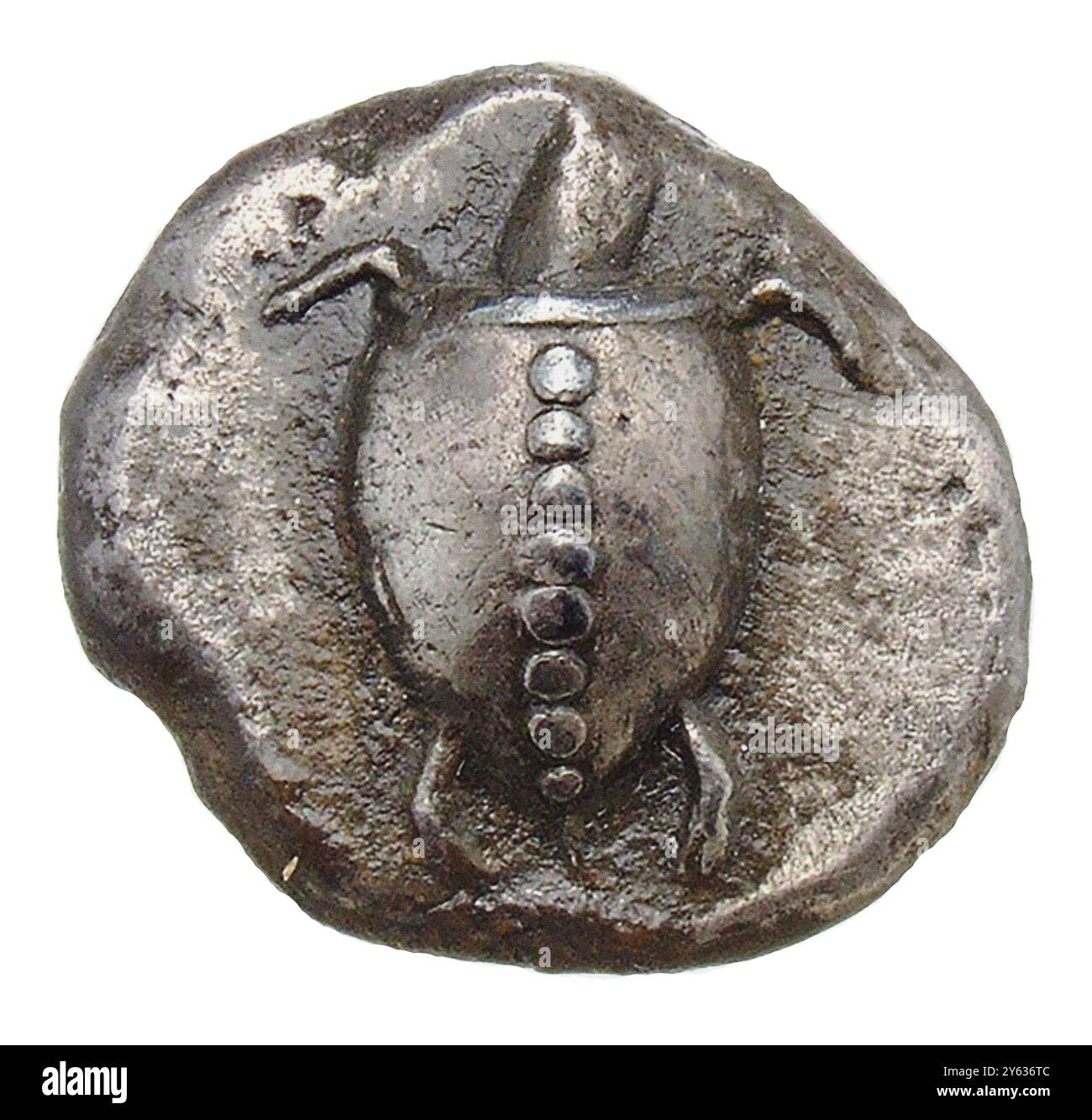 Stater. Aegina. Turtle. Museum: PRIVATE COLLECTION. Author: Ancient Coins Numismatic. Stock Photohttps://www.alamy.com/image-license-details/?v=1https://www.alamy.com/stater-aegina-turtle-museum-private-collection-author-ancient-coins-numismatic-image623332428.html
Stater. Aegina. Turtle. Museum: PRIVATE COLLECTION. Author: Ancient Coins Numismatic. Stock Photohttps://www.alamy.com/image-license-details/?v=1https://www.alamy.com/stater-aegina-turtle-museum-private-collection-author-ancient-coins-numismatic-image623332428.htmlRM2Y636TC–Stater. Aegina. Turtle. Museum: PRIVATE COLLECTION. Author: Ancient Coins Numismatic.
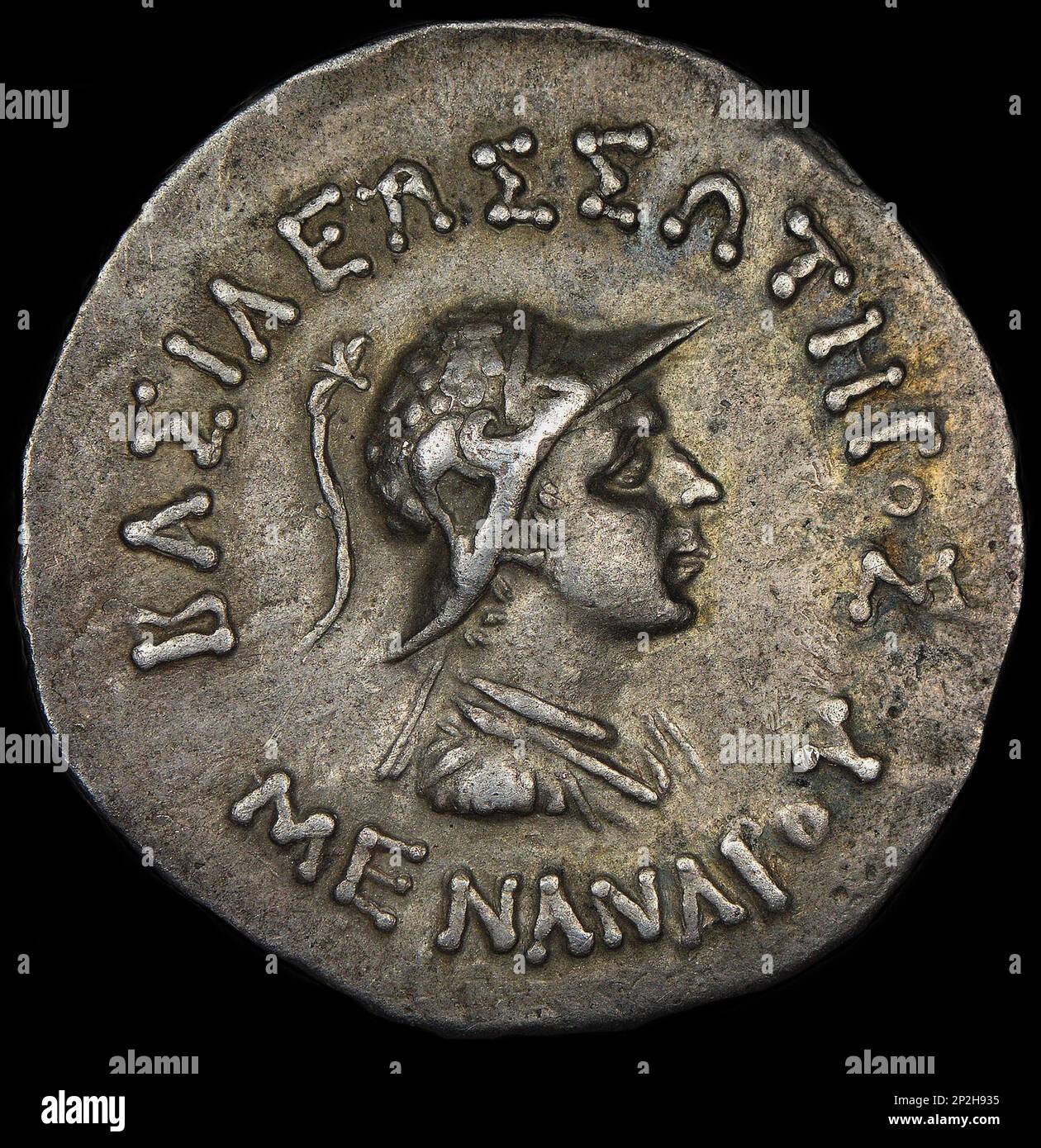 Coin of Menander I, ca 160-130 BC. Private Collection. Stock Photohttps://www.alamy.com/image-license-details/?v=1https://www.alamy.com/coin-of-menander-i-ca-160-130-bc-private-collection-image535131049.html
Coin of Menander I, ca 160-130 BC. Private Collection. Stock Photohttps://www.alamy.com/image-license-details/?v=1https://www.alamy.com/coin-of-menander-i-ca-160-130-bc-private-collection-image535131049.htmlRM2P2H935–Coin of Menander I, ca 160-130 BC. Private Collection.
 Cut stone with the image of Apollo, Bernard Picart, 1723 print Reproduction of a cut stone from the collection of the Strozzi family. Apollo is wearing a lion sheet and holds its winch in hand. Next to him on a basement a putto with the Thyrsus, a staff with a button in the form of a pine cone, an attribute of Bacchus. Between them in a half moon, which also appears on the coat of arms of the Florentine family Strozzi. At the bottom right the true size of the stone. In the middle above: xx. Print comes from a book about cut precious stones and glyptics. Amsterdam paper etching / engraving Gem, Stock Photohttps://www.alamy.com/image-license-details/?v=1https://www.alamy.com/cut-stone-with-the-image-of-apollo-bernard-picart-1723-print-reproduction-of-a-cut-stone-from-the-collection-of-the-strozzi-family-apollo-is-wearing-a-lion-sheet-and-holds-its-winch-in-hand-next-to-him-on-a-basement-a-putto-with-the-thyrsus-a-staff-with-a-button-in-the-form-of-a-pine-cone-an-attribute-of-bacchus-between-them-in-a-half-moon-which-also-appears-on-the-coat-of-arms-of-the-florentine-family-strozzi-at-the-bottom-right-the-true-size-of-the-stone-in-the-middle-above-xx-print-comes-from-a-book-about-cut-precious-stones-and-glyptics-amsterdam-paper-etching-engraving-gem-image594843502.html
Cut stone with the image of Apollo, Bernard Picart, 1723 print Reproduction of a cut stone from the collection of the Strozzi family. Apollo is wearing a lion sheet and holds its winch in hand. Next to him on a basement a putto with the Thyrsus, a staff with a button in the form of a pine cone, an attribute of Bacchus. Between them in a half moon, which also appears on the coat of arms of the Florentine family Strozzi. At the bottom right the true size of the stone. In the middle above: xx. Print comes from a book about cut precious stones and glyptics. Amsterdam paper etching / engraving Gem, Stock Photohttps://www.alamy.com/image-license-details/?v=1https://www.alamy.com/cut-stone-with-the-image-of-apollo-bernard-picart-1723-print-reproduction-of-a-cut-stone-from-the-collection-of-the-strozzi-family-apollo-is-wearing-a-lion-sheet-and-holds-its-winch-in-hand-next-to-him-on-a-basement-a-putto-with-the-thyrsus-a-staff-with-a-button-in-the-form-of-a-pine-cone-an-attribute-of-bacchus-between-them-in-a-half-moon-which-also-appears-on-the-coat-of-arms-of-the-florentine-family-strozzi-at-the-bottom-right-the-true-size-of-the-stone-in-the-middle-above-xx-print-comes-from-a-book-about-cut-precious-stones-and-glyptics-amsterdam-paper-etching-engraving-gem-image594843502.htmlRM2WFNCXP–Cut stone with the image of Apollo, Bernard Picart, 1723 print Reproduction of a cut stone from the collection of the Strozzi family. Apollo is wearing a lion sheet and holds its winch in hand. Next to him on a basement a putto with the Thyrsus, a staff with a button in the form of a pine cone, an attribute of Bacchus. Between them in a half moon, which also appears on the coat of arms of the Florentine family Strozzi. At the bottom right the true size of the stone. In the middle above: xx. Print comes from a book about cut precious stones and glyptics. Amsterdam paper etching / engraving Gem,
 Memnon of Rhodes. Drachma. Museum: PRIVATE COLLECTION. Author: Ancient Coins Numismatic. Stock Photohttps://www.alamy.com/image-license-details/?v=1https://www.alamy.com/memnon-of-rhodes-drachma-museum-private-collection-author-ancient-coins-numismatic-image337333529.html
Memnon of Rhodes. Drachma. Museum: PRIVATE COLLECTION. Author: Ancient Coins Numismatic. Stock Photohttps://www.alamy.com/image-license-details/?v=1https://www.alamy.com/memnon-of-rhodes-drachma-museum-private-collection-author-ancient-coins-numismatic-image337333529.htmlRM2AGPTA1–Memnon of Rhodes. Drachma. Museum: PRIVATE COLLECTION. Author: Ancient Coins Numismatic.
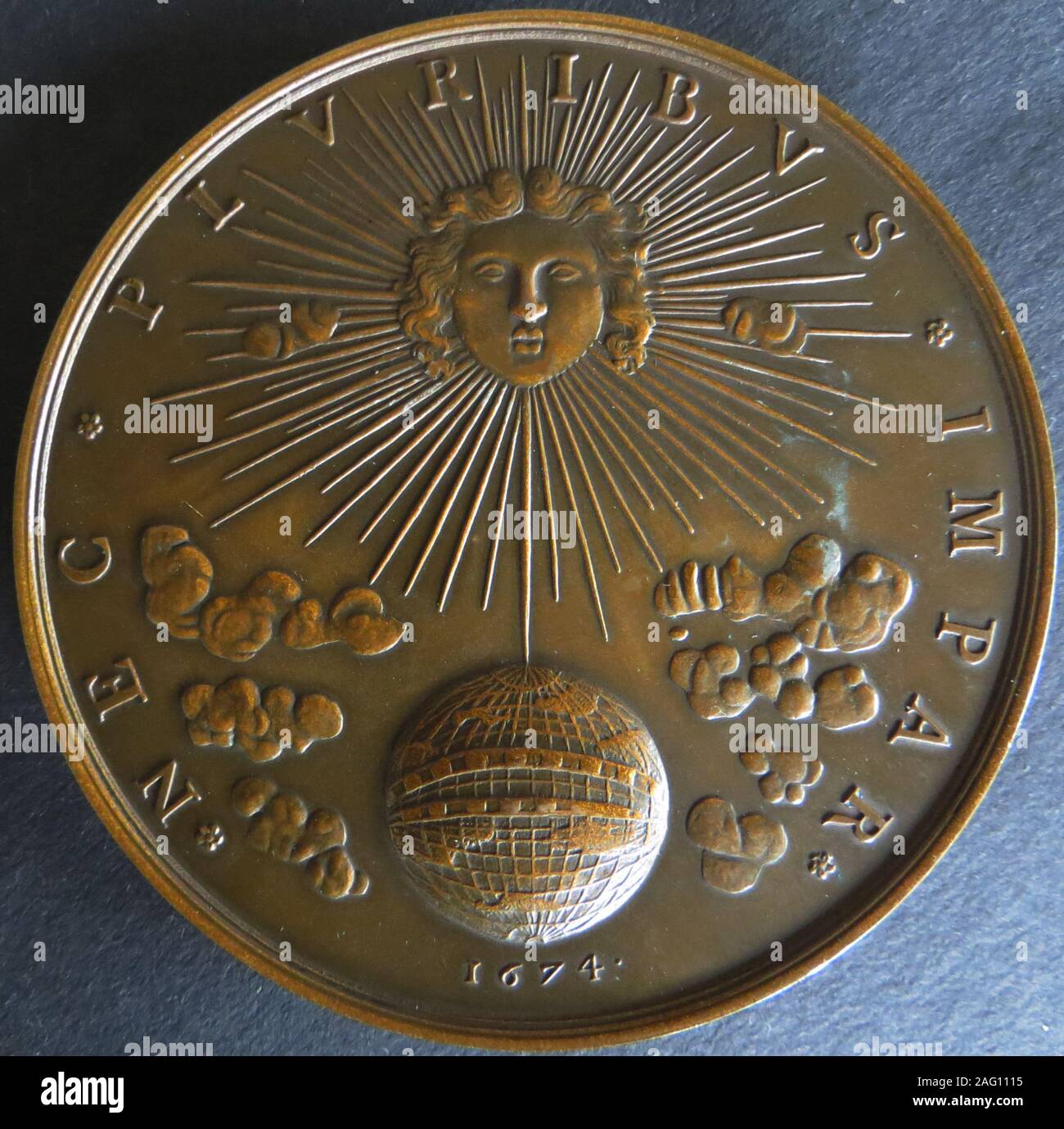 Medal Louis XIV "Nec pluribus impar", 1674. Private Collection. Stock Photohttps://www.alamy.com/image-license-details/?v=1https://www.alamy.com/medal-louis-xiv-quotnec-pluribus-imparquot-1674-private-collection-image336854257.html
Medal Louis XIV "Nec pluribus impar", 1674. Private Collection. Stock Photohttps://www.alamy.com/image-license-details/?v=1https://www.alamy.com/medal-louis-xiv-quotnec-pluribus-imparquot-1674-private-collection-image336854257.htmlRM2AG1115–Medal Louis XIV "Nec pluribus impar", 1674. Private Collection.
 Tetradrachma from Syracuse (Reverse: triumphal chariot). Museum: State Hermitage, St. Petersburg. Stock Photohttps://www.alamy.com/image-license-details/?v=1https://www.alamy.com/tetradrachma-from-syracuse-reverse-triumphal-chariot-museum-state-hermitage-st-petersburg-image212345196.html
Tetradrachma from Syracuse (Reverse: triumphal chariot). Museum: State Hermitage, St. Petersburg. Stock Photohttps://www.alamy.com/image-license-details/?v=1https://www.alamy.com/tetradrachma-from-syracuse-reverse-triumphal-chariot-museum-state-hermitage-st-petersburg-image212345196.htmlRMP9D4D0–Tetradrachma from Syracuse (Reverse: triumphal chariot). Museum: State Hermitage, St. Petersburg.
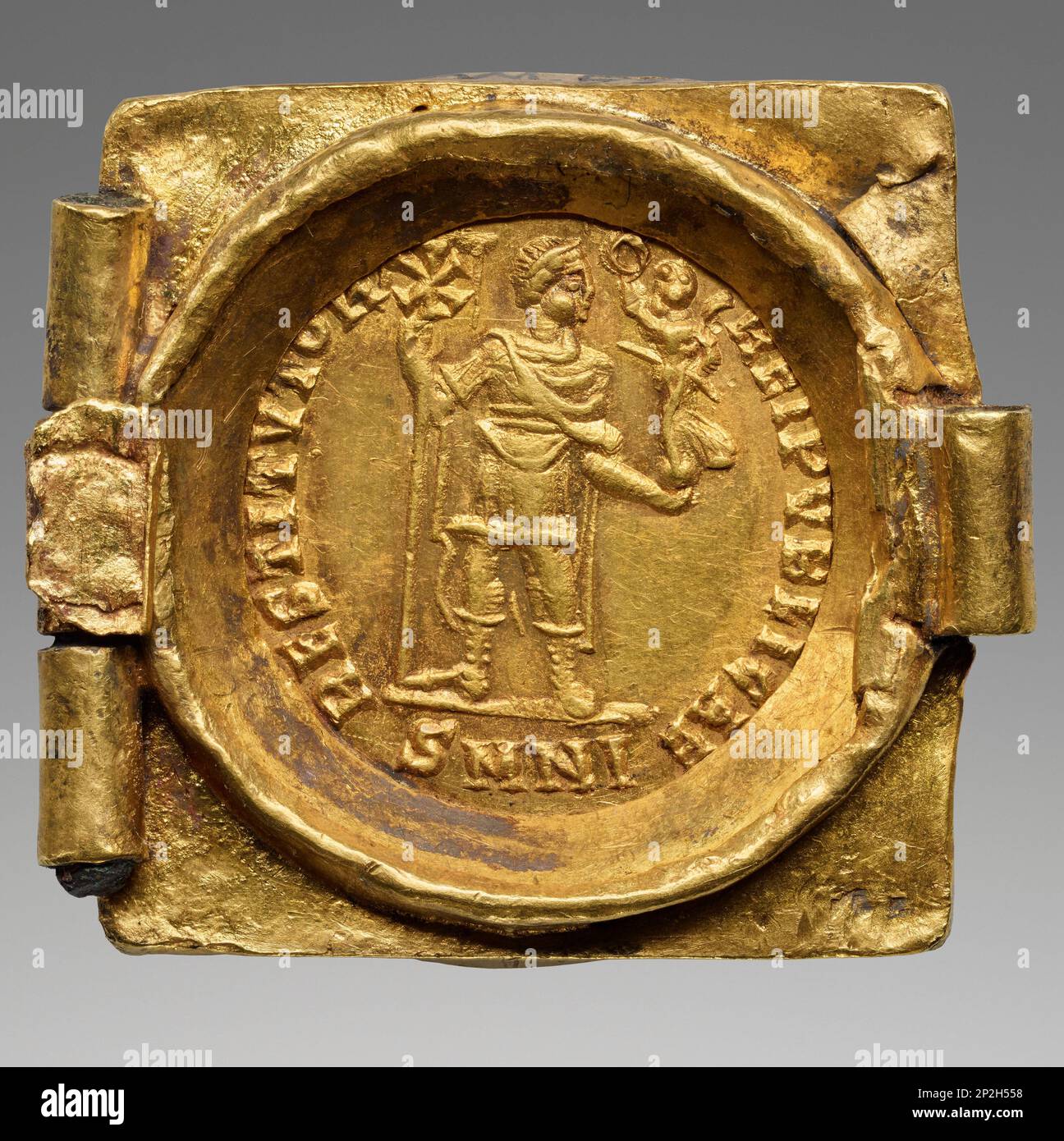 Link from a Coin Belt: Emperor with vexillum and crowning Victory, 379-395. Found in the collection of the J. Paul Getty Museum, Los Angeles. Stock Photohttps://www.alamy.com/image-license-details/?v=1https://www.alamy.com/link-from-a-coin-belt-emperor-with-vexillum-and-crowning-victory-379-395-found-in-the-collection-of-the-j-paul-getty-museum-los-angeles-image535127972.html
Link from a Coin Belt: Emperor with vexillum and crowning Victory, 379-395. Found in the collection of the J. Paul Getty Museum, Los Angeles. Stock Photohttps://www.alamy.com/image-license-details/?v=1https://www.alamy.com/link-from-a-coin-belt-emperor-with-vexillum-and-crowning-victory-379-395-found-in-the-collection-of-the-j-paul-getty-museum-los-angeles-image535127972.htmlRM2P2H558–Link from a Coin Belt: Emperor with vexillum and crowning Victory, 379-395. Found in the collection of the J. Paul Getty Museum, Los Angeles.
 Obol. Athens, Attica. Amphora. Museum: PRIVATE COLLECTION. Author: Ancient Coins Numismatic. Stock Photohttps://www.alamy.com/image-license-details/?v=1https://www.alamy.com/obol-athens-attica-amphora-museum-private-collection-author-ancient-coins-numismatic-image623334326.html
Obol. Athens, Attica. Amphora. Museum: PRIVATE COLLECTION. Author: Ancient Coins Numismatic. Stock Photohttps://www.alamy.com/image-license-details/?v=1https://www.alamy.com/obol-athens-attica-amphora-museum-private-collection-author-ancient-coins-numismatic-image623334326.htmlRM2Y63986–Obol. Athens, Attica. Amphora. Museum: PRIVATE COLLECTION. Author: Ancient Coins Numismatic.
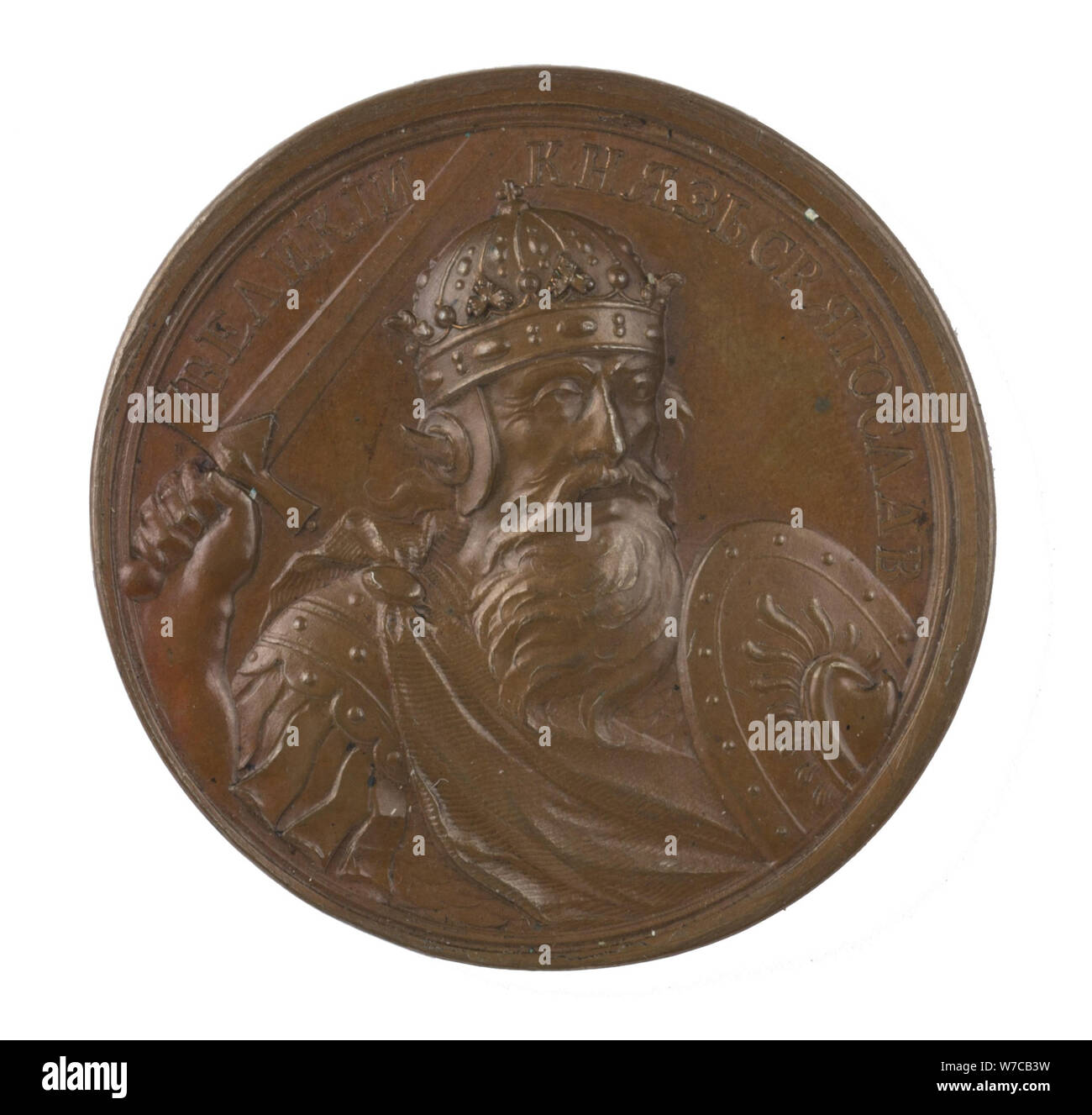 Grand prince Yaroslav the Wise (from the Historical Medal Series), 1770s. Stock Photohttps://www.alamy.com/image-license-details/?v=1https://www.alamy.com/grand-prince-yaroslav-the-wise-from-the-historical-medal-series-1770s-image262730269.html
Grand prince Yaroslav the Wise (from the Historical Medal Series), 1770s. Stock Photohttps://www.alamy.com/image-license-details/?v=1https://www.alamy.com/grand-prince-yaroslav-the-wise-from-the-historical-medal-series-1770s-image262730269.htmlRMW7CB3W–Grand prince Yaroslav the Wise (from the Historical Medal Series), 1770s.
 The Seal of Ivan Mazeppa. Museum: National museum of History of Ukraine, Kiev. Stock Photohttps://www.alamy.com/image-license-details/?v=1https://www.alamy.com/the-seal-of-ivan-mazeppa-museum-national-museum-of-history-of-ukraine-kiev-image212281607.html
The Seal of Ivan Mazeppa. Museum: National museum of History of Ukraine, Kiev. Stock Photohttps://www.alamy.com/image-license-details/?v=1https://www.alamy.com/the-seal-of-ivan-mazeppa-museum-national-museum-of-history-of-ukraine-kiev-image212281607.htmlRMP9A79Y–The Seal of Ivan Mazeppa. Museum: National museum of History of Ukraine, Kiev.
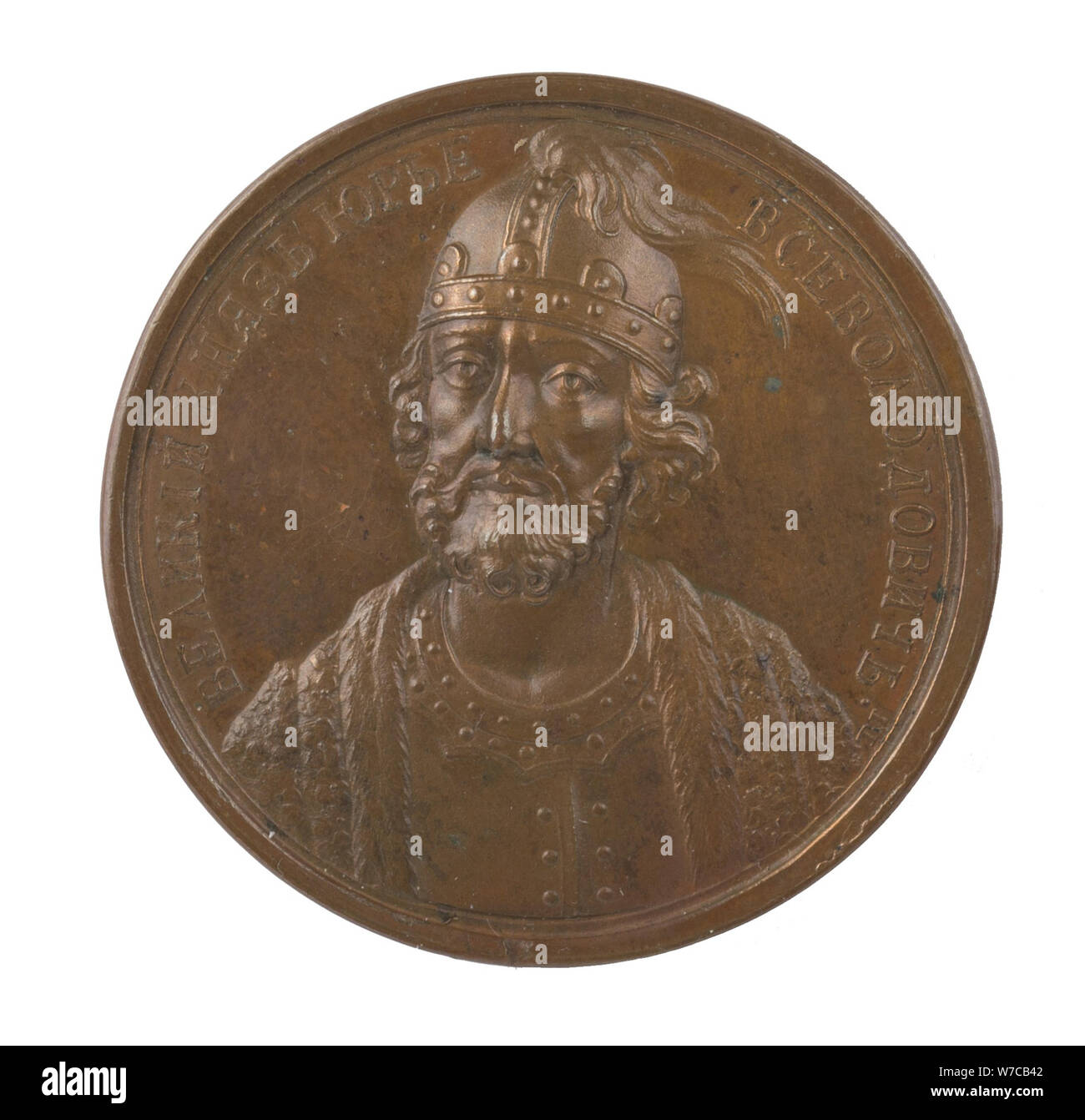 Grand Prince Yuri II Vsevolodovich of Vladimir (from the Historical Medal Series), 1770s. Stock Photohttps://www.alamy.com/image-license-details/?v=1https://www.alamy.com/grand-prince-yuri-ii-vsevolodovich-of-vladimir-from-the-historical-medal-series-1770s-image262730274.html
Grand Prince Yuri II Vsevolodovich of Vladimir (from the Historical Medal Series), 1770s. Stock Photohttps://www.alamy.com/image-license-details/?v=1https://www.alamy.com/grand-prince-yuri-ii-vsevolodovich-of-vladimir-from-the-historical-medal-series-1770s-image262730274.htmlRMW7CB42–Grand Prince Yuri II Vsevolodovich of Vladimir (from the Historical Medal Series), 1770s.
 Hemidrachm. Keos (Cyclades). Museum: PRIVATE COLLECTION. Author: Ancient Coins Numismatic. Stock Photohttps://www.alamy.com/image-license-details/?v=1https://www.alamy.com/hemidrachm-keos-cyclades-museum-private-collection-author-ancient-coins-numismatic-image623334048.html
Hemidrachm. Keos (Cyclades). Museum: PRIVATE COLLECTION. Author: Ancient Coins Numismatic. Stock Photohttps://www.alamy.com/image-license-details/?v=1https://www.alamy.com/hemidrachm-keos-cyclades-museum-private-collection-author-ancient-coins-numismatic-image623334048.htmlRM2Y638X8–Hemidrachm. Keos (Cyclades). Museum: PRIVATE COLLECTION. Author: Ancient Coins Numismatic.
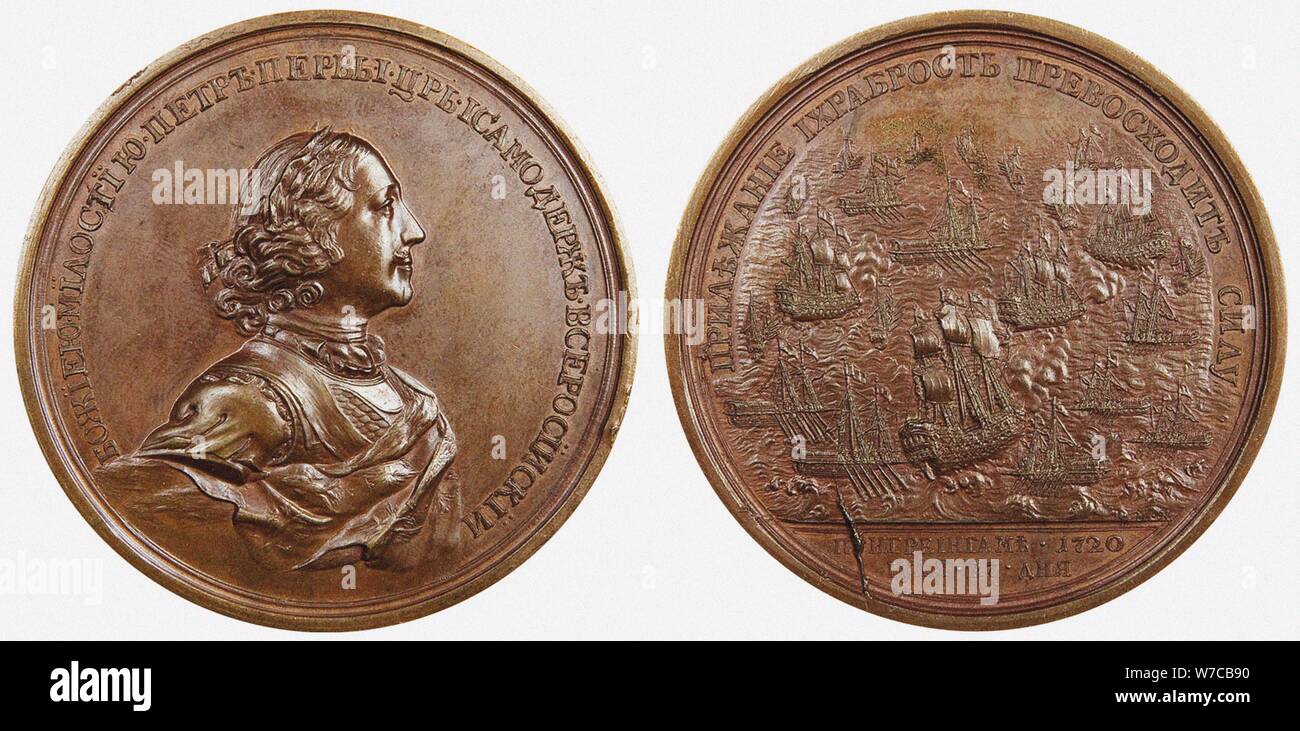 Medal The Battle of Grengam on July 27, 1720. Stock Photohttps://www.alamy.com/image-license-details/?v=1https://www.alamy.com/medal-the-battle-of-grengam-on-july-27-1720-image262730412.html
Medal The Battle of Grengam on July 27, 1720. Stock Photohttps://www.alamy.com/image-license-details/?v=1https://www.alamy.com/medal-the-battle-of-grengam-on-july-27-1720-image262730412.htmlRMW7CB90–Medal The Battle of Grengam on July 27, 1720.
 Tetradrachma from Syracuse (Obverse: a Godess with dolphins). Museum: State Hermitage, St. Petersburg. Stock Photohttps://www.alamy.com/image-license-details/?v=1https://www.alamy.com/tetradrachma-from-syracuse-obverse-a-godess-with-dolphins-museum-state-hermitage-st-petersburg-image212345179.html
Tetradrachma from Syracuse (Obverse: a Godess with dolphins). Museum: State Hermitage, St. Petersburg. Stock Photohttps://www.alamy.com/image-license-details/?v=1https://www.alamy.com/tetradrachma-from-syracuse-obverse-a-godess-with-dolphins-museum-state-hermitage-st-petersburg-image212345179.htmlRMP9D4CB–Tetradrachma from Syracuse (Obverse: a Godess with dolphins). Museum: State Hermitage, St. Petersburg.
 Orazio Vecchi (1550-1605) Commemorative 400th Birthday Medal, 1950. Stock Photohttps://www.alamy.com/image-license-details/?v=1https://www.alamy.com/orazio-vecchi-1550-1605-commemorative-400th-birthday-medal-1950-image186191097.html
Orazio Vecchi (1550-1605) Commemorative 400th Birthday Medal, 1950. Stock Photohttps://www.alamy.com/image-license-details/?v=1https://www.alamy.com/orazio-vecchi-1550-1605-commemorative-400th-birthday-medal-1950-image186191097.htmlRMMPWMJ1–Orazio Vecchi (1550-1605) Commemorative 400th Birthday Medal, 1950.
 The Seal of Ivan Mazeppa, 17th century. Artist: Objects of History Stock Photohttps://www.alamy.com/image-license-details/?v=1https://www.alamy.com/the-seal-of-ivan-mazeppa-17th-century-artist-objects-of-history-image60250843.html
The Seal of Ivan Mazeppa, 17th century. Artist: Objects of History Stock Photohttps://www.alamy.com/image-license-details/?v=1https://www.alamy.com/the-seal-of-ivan-mazeppa-17th-century-artist-objects-of-history-image60250843.htmlRMDE0JFR–The Seal of Ivan Mazeppa, 17th century. Artist: Objects of History
 Bronze Medal for the 250th birthday of Johann Friedrich Oberlin (1740-1826). Museum: PRIVATE COLLECTION. Author: Wolfgang Günzel. Copyright: This artwork is not in public domain. It is your responsibility to obtain all necessary third party permissions from the copyright handler in your country prior to publication. Stock Photohttps://www.alamy.com/image-license-details/?v=1https://www.alamy.com/bronze-medal-for-the-250th-birthday-of-johann-friedrich-oberlin-1740-1826-museum-private-collection-author-wolfgang-gnzel-copyright-this-artwork-is-not-in-public-domain-it-is-your-responsibility-to-obtain-all-necessary-third-party-permissions-from-the-copyright-handler-in-your-country-prior-to-publication-image630962257.html
Bronze Medal for the 250th birthday of Johann Friedrich Oberlin (1740-1826). Museum: PRIVATE COLLECTION. Author: Wolfgang Günzel. Copyright: This artwork is not in public domain. It is your responsibility to obtain all necessary third party permissions from the copyright handler in your country prior to publication. Stock Photohttps://www.alamy.com/image-license-details/?v=1https://www.alamy.com/bronze-medal-for-the-250th-birthday-of-johann-friedrich-oberlin-1740-1826-museum-private-collection-author-wolfgang-gnzel-copyright-this-artwork-is-not-in-public-domain-it-is-your-responsibility-to-obtain-all-necessary-third-party-permissions-from-the-copyright-handler-in-your-country-prior-to-publication-image630962257.htmlRM2YJEPP9–Bronze Medal for the 250th birthday of Johann Friedrich Oberlin (1740-1826). Museum: PRIVATE COLLECTION. Author: Wolfgang Günzel. Copyright: This artwork is not in public domain. It is your responsibility to obtain all necessary third party permissions from the copyright handler in your country prior to publication.
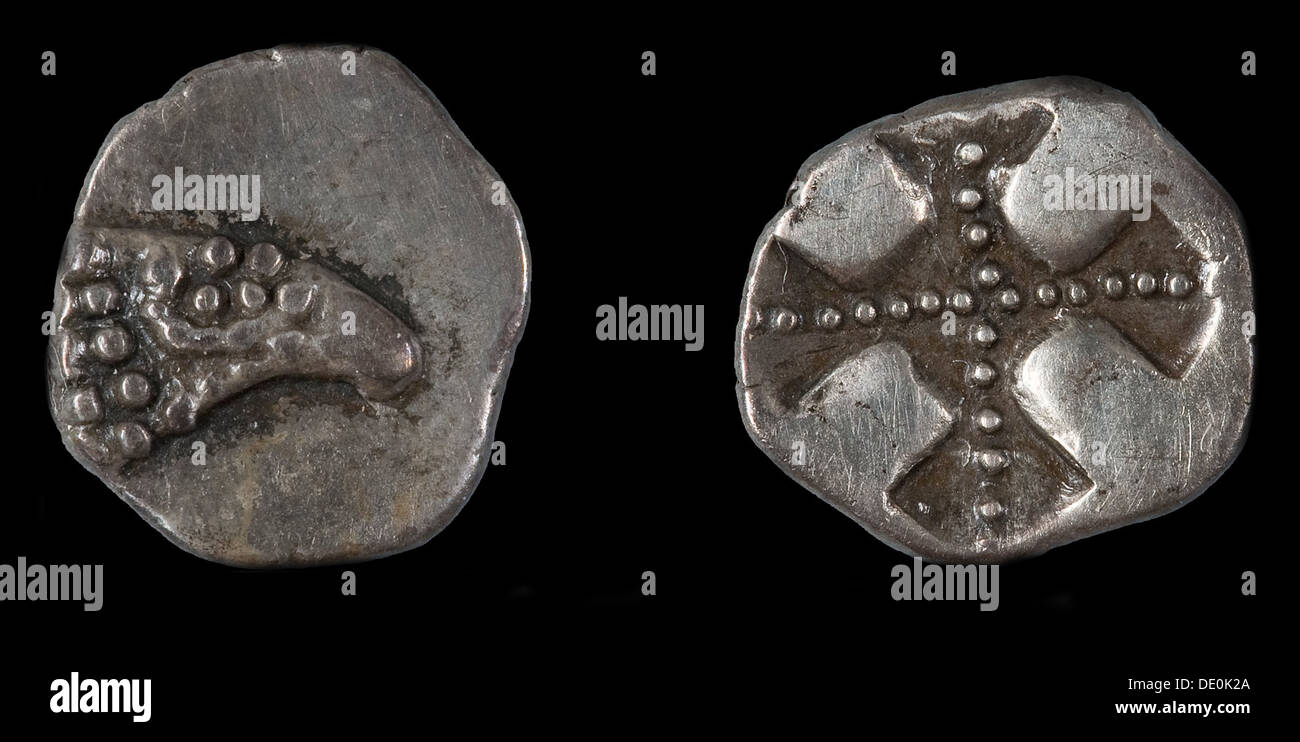 Emporiae coin, 475-450 BC. Artist: Numismatic, Ancient Coins Stock Photohttps://www.alamy.com/image-license-details/?v=1https://www.alamy.com/emporiae-coin-475-450-bc-artist-numismatic-ancient-coins-image60251250.html
Emporiae coin, 475-450 BC. Artist: Numismatic, Ancient Coins Stock Photohttps://www.alamy.com/image-license-details/?v=1https://www.alamy.com/emporiae-coin-475-450-bc-artist-numismatic-ancient-coins-image60251250.htmlRMDE0K2A–Emporiae coin, 475-450 BC. Artist: Numismatic, Ancient Coins
 Drachm. Knidos, Caria. Head of roaring lion. Museum: PRIVATE COLLECTION. Author: Ancient Coins Numismatic. Stock Photohttps://www.alamy.com/image-license-details/?v=1https://www.alamy.com/drachm-knidos-caria-head-of-roaring-lion-museum-private-collection-author-ancient-coins-numismatic-image623333022.html
Drachm. Knidos, Caria. Head of roaring lion. Museum: PRIVATE COLLECTION. Author: Ancient Coins Numismatic. Stock Photohttps://www.alamy.com/image-license-details/?v=1https://www.alamy.com/drachm-knidos-caria-head-of-roaring-lion-museum-private-collection-author-ancient-coins-numismatic-image623333022.htmlRM2Y637HJ–Drachm. Knidos, Caria. Head of roaring lion. Museum: PRIVATE COLLECTION. Author: Ancient Coins Numismatic.
 Solidus of Justinian I, 527-565. Artist: Numismatic, Ancient Coins Stock Photohttps://www.alamy.com/image-license-details/?v=1https://www.alamy.com/solidus-of-justinian-i-527-565-artist-numismatic-ancient-coins-image60367721.html
Solidus of Justinian I, 527-565. Artist: Numismatic, Ancient Coins Stock Photohttps://www.alamy.com/image-license-details/?v=1https://www.alamy.com/solidus-of-justinian-i-527-565-artist-numismatic-ancient-coins-image60367721.htmlRMDE5YJ1–Solidus of Justinian I, 527-565. Artist: Numismatic, Ancient Coins
 Drachm. Andros (Cyclades). Amphora. Museum: PRIVATE COLLECTION. Author: Ancient Coins Numismatic. Stock Photohttps://www.alamy.com/image-license-details/?v=1https://www.alamy.com/drachm-andros-cyclades-amphora-museum-private-collection-author-ancient-coins-numismatic-image623330946.html
Drachm. Andros (Cyclades). Amphora. Museum: PRIVATE COLLECTION. Author: Ancient Coins Numismatic. Stock Photohttps://www.alamy.com/image-license-details/?v=1https://www.alamy.com/drachm-andros-cyclades-amphora-museum-private-collection-author-ancient-coins-numismatic-image623330946.htmlRM2Y634YE–Drachm. Andros (Cyclades). Amphora. Museum: PRIVATE COLLECTION. Author: Ancient Coins Numismatic.
 The insignia of the Order of St. Andrew the Apostle the First-Called, Second Half of the 19th cen.. Artist: Orders, decorations and medals Stock Photohttps://www.alamy.com/image-license-details/?v=1https://www.alamy.com/the-insignia-of-the-order-of-st-andrew-the-apostle-the-first-called-image60411346.html
The insignia of the Order of St. Andrew the Apostle the First-Called, Second Half of the 19th cen.. Artist: Orders, decorations and medals Stock Photohttps://www.alamy.com/image-license-details/?v=1https://www.alamy.com/the-insignia-of-the-order-of-st-andrew-the-apostle-the-first-called-image60411346.htmlRMDE7Y82–The insignia of the Order of St. Andrew the Apostle the First-Called, Second Half of the 19th cen.. Artist: Orders, decorations and medals
 British Oxfordshire Token, heart-shaped Halfpenny. Museum: PRIVATE COLLECTION. Author: West European Coins Numismatic. Stock Photohttps://www.alamy.com/image-license-details/?v=1https://www.alamy.com/british-oxfordshire-token-heart-shaped-halfpenny-museum-private-collection-author-west-european-coins-numismatic-image623472534.html
British Oxfordshire Token, heart-shaped Halfpenny. Museum: PRIVATE COLLECTION. Author: West European Coins Numismatic. Stock Photohttps://www.alamy.com/image-license-details/?v=1https://www.alamy.com/british-oxfordshire-token-heart-shaped-halfpenny-museum-private-collection-author-west-european-coins-numismatic-image623472534.htmlRM2Y69HG6–British Oxfordshire Token, heart-shaped Halfpenny. Museum: PRIVATE COLLECTION. Author: West European Coins Numismatic.
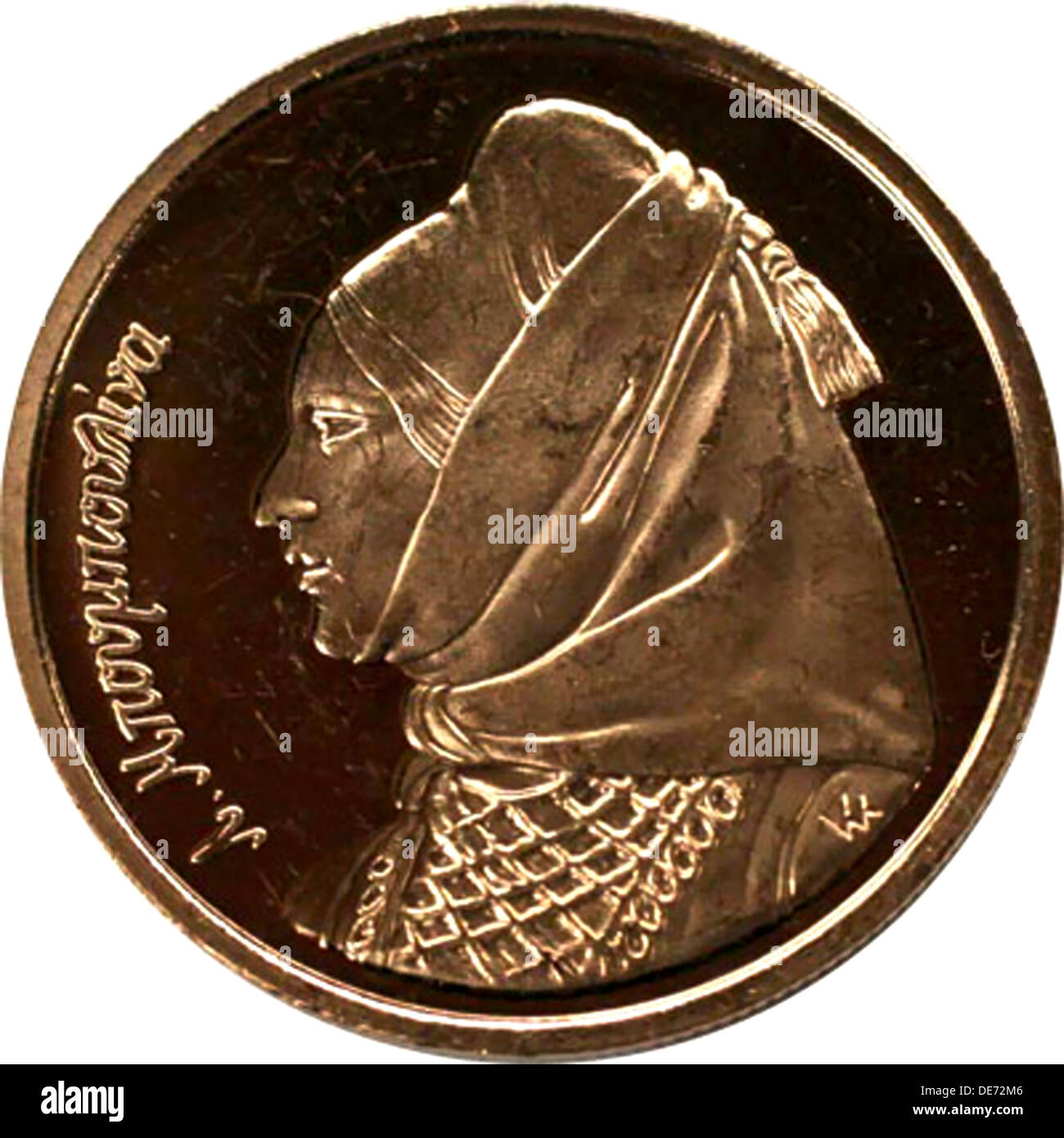 Laskarina Bouboulina, heroine of the Greek War of Independence (Commemorative Gold drachma), 2000. Artist: Anonymous Stock Photohttps://www.alamy.com/image-license-details/?v=1https://www.alamy.com/laskarina-bouboulina-heroine-of-the-greek-war-of-independence-commemorative-image60392086.html
Laskarina Bouboulina, heroine of the Greek War of Independence (Commemorative Gold drachma), 2000. Artist: Anonymous Stock Photohttps://www.alamy.com/image-license-details/?v=1https://www.alamy.com/laskarina-bouboulina-heroine-of-the-greek-war-of-independence-commemorative-image60392086.htmlRMDE72M6–Laskarina Bouboulina, heroine of the Greek War of Independence (Commemorative Gold drachma), 2000. Artist: Anonymous
 Naval reward medal commemorating the voyage of the 'Nadezhda'. Museum: PRIVATE COLLECTION. Stock Photohttps://www.alamy.com/image-license-details/?v=1https://www.alamy.com/naval-reward-medal-commemorating-the-voyage-of-the-nadezhda-museum-private-collection-image211768190.html
Naval reward medal commemorating the voyage of the 'Nadezhda'. Museum: PRIVATE COLLECTION. Stock Photohttps://www.alamy.com/image-license-details/?v=1https://www.alamy.com/naval-reward-medal-commemorating-the-voyage-of-the-nadezhda-museum-private-collection-image211768190.htmlRMP8ETDJ–Naval reward medal commemorating the voyage of the 'Nadezhda'. Museum: PRIVATE COLLECTION.
 Stendhal, 1829. Artist: David d'Angers, Pierre-Jean (1788-1856) Stock Photohttps://www.alamy.com/image-license-details/?v=1https://www.alamy.com/stendhal-1829-artist-david-dangers-pierre-jean-1788-1856-image60377746.html
Stendhal, 1829. Artist: David d'Angers, Pierre-Jean (1788-1856) Stock Photohttps://www.alamy.com/image-license-details/?v=1https://www.alamy.com/stendhal-1829-artist-david-dangers-pierre-jean-1788-1856-image60377746.htmlRMDE6CC2–Stendhal, 1829. Artist: David d'Angers, Pierre-Jean (1788-1856)
 Adolphe Biarent (1871-1916). Museum: PRIVATE COLLECTION. Author: Alphonse Darville. Stock Photohttps://www.alamy.com/image-license-details/?v=1https://www.alamy.com/adolphe-biarent-1871-1916-museum-private-collection-author-alphonse-darville-image464849882.html
Adolphe Biarent (1871-1916). Museum: PRIVATE COLLECTION. Author: Alphonse Darville. Stock Photohttps://www.alamy.com/image-license-details/?v=1https://www.alamy.com/adolphe-biarent-1871-1916-museum-private-collection-author-alphonse-darville-image464849882.htmlRM2J07MNE–Adolphe Biarent (1871-1916). Museum: PRIVATE COLLECTION. Author: Alphonse Darville.
 Solidus of Leo VI the Wise, 886-912. Artist: Numismatic, Ancient Coins Stock Photohttps://www.alamy.com/image-license-details/?v=1https://www.alamy.com/solidus-of-leo-vi-the-wise-886-912-artist-numismatic-ancient-coins-image60367734.html
Solidus of Leo VI the Wise, 886-912. Artist: Numismatic, Ancient Coins Stock Photohttps://www.alamy.com/image-license-details/?v=1https://www.alamy.com/solidus-of-leo-vi-the-wise-886-912-artist-numismatic-ancient-coins-image60367734.htmlRMDE5YJE–Solidus of Leo VI the Wise, 886-912. Artist: Numismatic, Ancient Coins
 Coin of the Kara-Khanid Khanate. Museum: PRIVATE COLLECTION. Author: Oriental coins Numismatic. Stock Photohttps://www.alamy.com/image-license-details/?v=1https://www.alamy.com/coin-of-the-kara-khanid-khanate-museum-private-collection-author-oriental-coins-numismatic-image612032479.html
Coin of the Kara-Khanid Khanate. Museum: PRIVATE COLLECTION. Author: Oriental coins Numismatic. Stock Photohttps://www.alamy.com/image-license-details/?v=1https://www.alamy.com/coin-of-the-kara-khanid-khanate-museum-private-collection-author-oriental-coins-numismatic-image612032479.htmlRM2XFMDJR–Coin of the Kara-Khanid Khanate. Museum: PRIVATE COLLECTION. Author: Oriental coins Numismatic.
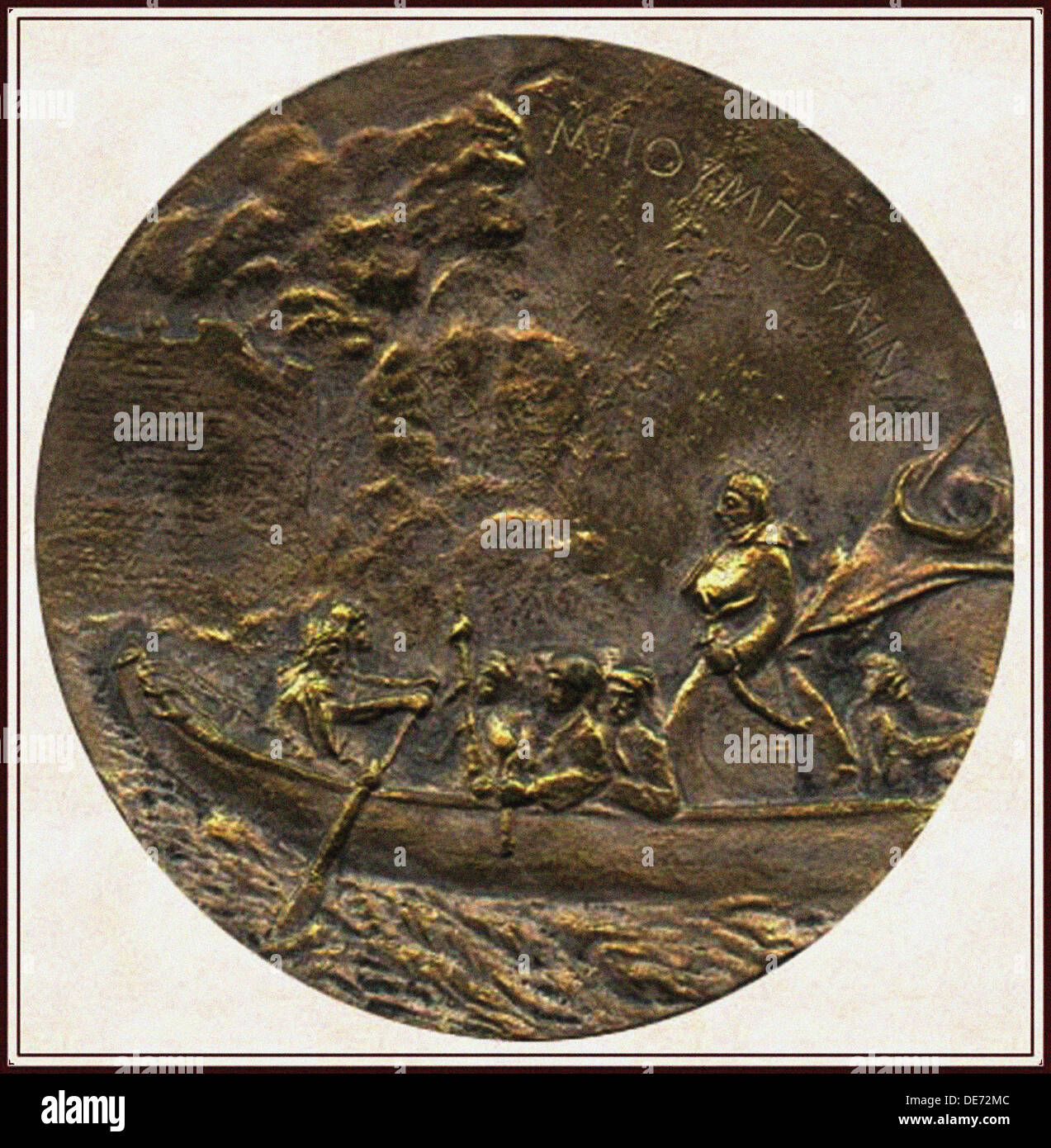 Laskarina Bouboulina, heroine of the Greek War of Independence (Commemorative medal), 1930. Artist: Anonymous Stock Photohttps://www.alamy.com/image-license-details/?v=1https://www.alamy.com/laskarina-bouboulina-heroine-of-the-greek-war-of-independence-commemorative-image60392092.html
Laskarina Bouboulina, heroine of the Greek War of Independence (Commemorative medal), 1930. Artist: Anonymous Stock Photohttps://www.alamy.com/image-license-details/?v=1https://www.alamy.com/laskarina-bouboulina-heroine-of-the-greek-war-of-independence-commemorative-image60392092.htmlRMDE72MC–Laskarina Bouboulina, heroine of the Greek War of Independence (Commemorative medal), 1930. Artist: Anonymous
 Medal to the glory of Sigismondo Pandolfo Malatesta (Obverse). Museum: State Hermitage, St. Petersburg. Stock Photohttps://www.alamy.com/image-license-details/?v=1https://www.alamy.com/medal-to-the-glory-of-sigismondo-pandolfo-malatesta-obverse-museum-state-hermitage-st-petersburg-image212285981.html
Medal to the glory of Sigismondo Pandolfo Malatesta (Obverse). Museum: State Hermitage, St. Petersburg. Stock Photohttps://www.alamy.com/image-license-details/?v=1https://www.alamy.com/medal-to-the-glory-of-sigismondo-pandolfo-malatesta-obverse-museum-state-hermitage-st-petersburg-image212285981.htmlRMP9ACX5–Medal to the glory of Sigismondo Pandolfo Malatesta (Obverse). Museum: State Hermitage, St. Petersburg.
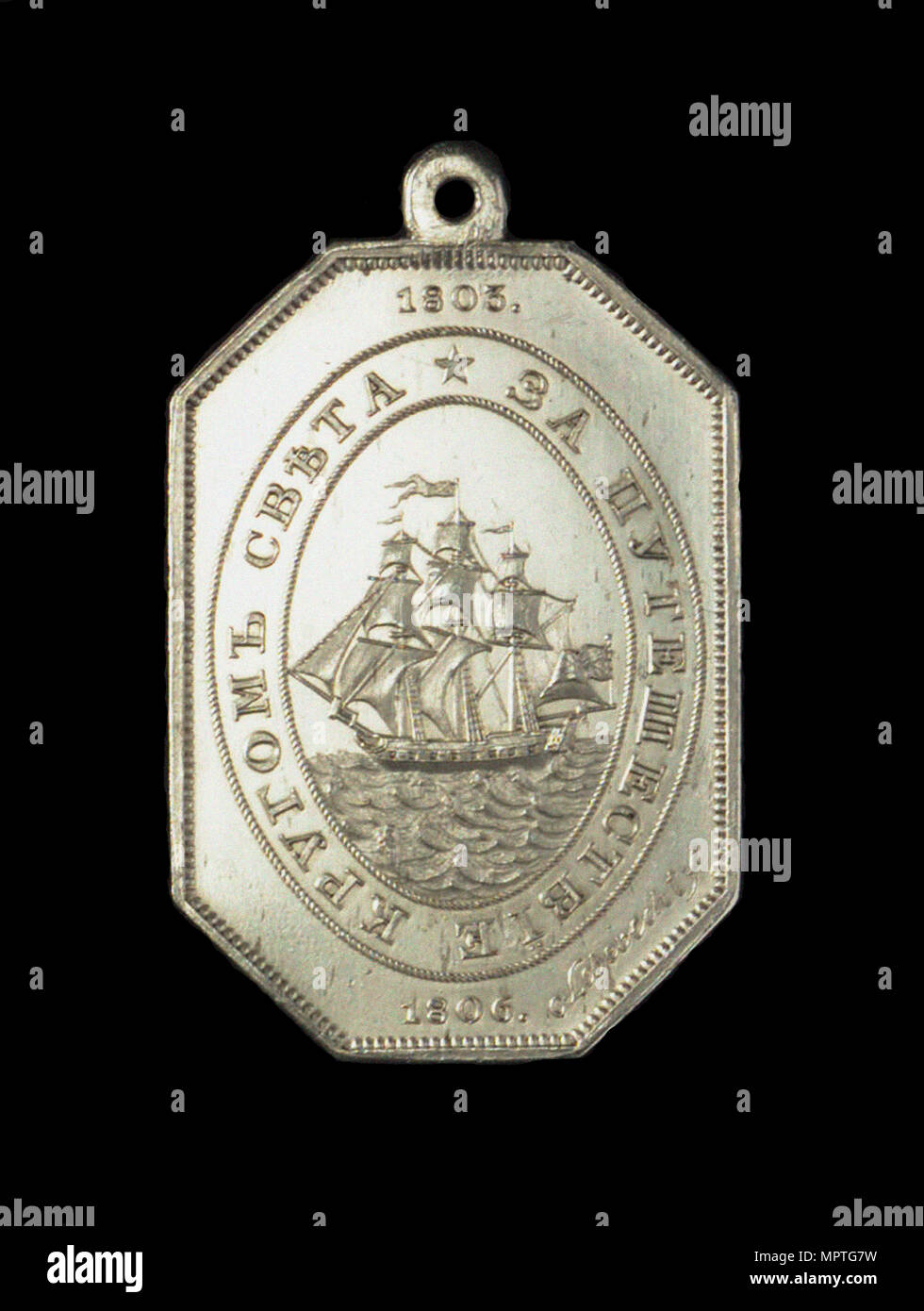 Naval reward medal commemorating the voyage of the Nadezhda, 1806. Stock Photohttps://www.alamy.com/image-license-details/?v=1https://www.alamy.com/naval-reward-medal-commemorating-the-voyage-of-the-nadezhda-1806-image186165725.html
Naval reward medal commemorating the voyage of the Nadezhda, 1806. Stock Photohttps://www.alamy.com/image-license-details/?v=1https://www.alamy.com/naval-reward-medal-commemorating-the-voyage-of-the-nadezhda-1806-image186165725.htmlRMMPTG7W–Naval reward medal commemorating the voyage of the Nadezhda, 1806.
 Vittoria Colonna (Commemorative medal). Museum: PRIVATE COLLECTION. Author: Pietro Girometti. Stock Photohttps://www.alamy.com/image-license-details/?v=1https://www.alamy.com/vittoria-colonna-commemorative-medal-museum-private-collection-author-pietro-girometti-image515378694.html
Vittoria Colonna (Commemorative medal). Museum: PRIVATE COLLECTION. Author: Pietro Girometti. Stock Photohttps://www.alamy.com/image-license-details/?v=1https://www.alamy.com/vittoria-colonna-commemorative-medal-museum-private-collection-author-pietro-girometti-image515378694.htmlRM2MXDENX–Vittoria Colonna (Commemorative medal). Museum: PRIVATE COLLECTION. Author: Pietro Girometti.
 Seal of Empress Maria of Alania, 1070. Artist: Numismatic, Ancient Coins Stock Photohttps://www.alamy.com/image-license-details/?v=1https://www.alamy.com/seal-of-empress-maria-of-alania-1070-artist-numismatic-ancient-coins-image60387171.html
Seal of Empress Maria of Alania, 1070. Artist: Numismatic, Ancient Coins Stock Photohttps://www.alamy.com/image-license-details/?v=1https://www.alamy.com/seal-of-empress-maria-of-alania-1070-artist-numismatic-ancient-coins-image60387171.htmlRMDE6TCK–Seal of Empress Maria of Alania, 1070. Artist: Numismatic, Ancient Coins
 Medal to the glory of Sigismondo Pandolfo Malatesta (Reverse). Museum: State Hermitage, St. Petersburg. Stock Photohttps://www.alamy.com/image-license-details/?v=1https://www.alamy.com/medal-to-the-glory-of-sigismondo-pandolfo-malatesta-reverse-museum-state-hermitage-st-petersburg-image212313490.html
Medal to the glory of Sigismondo Pandolfo Malatesta (Reverse). Museum: State Hermitage, St. Petersburg. Stock Photohttps://www.alamy.com/image-license-details/?v=1https://www.alamy.com/medal-to-the-glory-of-sigismondo-pandolfo-malatesta-reverse-museum-state-hermitage-st-petersburg-image212313490.htmlRMP9BM0J–Medal to the glory of Sigismondo Pandolfo Malatesta (Reverse). Museum: State Hermitage, St. Petersburg.
 Order of Honour, 1994-2002. Artist: Orders, decorations and medals Stock Photohttps://www.alamy.com/image-license-details/?v=1https://www.alamy.com/stock-photo-order-of-honour-1994-2002-artist-orders-decorations-and-medals-135276473.html
Order of Honour, 1994-2002. Artist: Orders, decorations and medals Stock Photohttps://www.alamy.com/image-license-details/?v=1https://www.alamy.com/stock-photo-order-of-honour-1994-2002-artist-orders-decorations-and-medals-135276473.htmlRMHT2AEH–Order of Honour, 1994-2002. Artist: Orders, decorations and medals
 Aboukir Medallion. The obverse: head of Alexander the Great. The reverse: a hunting scene. Museum: Museu Calouste Gulbenkian, Lisbon. Author: Ancient Coins Numismatic. Stock Photohttps://www.alamy.com/image-license-details/?v=1https://www.alamy.com/aboukir-medallion-the-obverse-head-of-alexander-the-great-the-reverse-a-hunting-scene-museum-museu-calouste-gulbenkian-lisbon-author-ancient-coins-numismatic-image483031786.html
Aboukir Medallion. The obverse: head of Alexander the Great. The reverse: a hunting scene. Museum: Museu Calouste Gulbenkian, Lisbon. Author: Ancient Coins Numismatic. Stock Photohttps://www.alamy.com/image-license-details/?v=1https://www.alamy.com/aboukir-medallion-the-obverse-head-of-alexander-the-great-the-reverse-a-hunting-scene-museum-museu-calouste-gulbenkian-lisbon-author-ancient-coins-numismatic-image483031786.htmlRM2K1RYY6–Aboukir Medallion. The obverse: head of Alexander the Great. The reverse: a hunting scene. Museum: Museu Calouste Gulbenkian, Lisbon. Author: Ancient Coins Numismatic.
 Medal commemorating Admiral Sir Samuel Greig (1735-1788). Obverse, 1788. Stock Photohttps://www.alamy.com/image-license-details/?v=1https://www.alamy.com/medal-commemorating-admiral-sir-samuel-greig-1735-1788-obverse-1788-image186165723.html
Medal commemorating Admiral Sir Samuel Greig (1735-1788). Obverse, 1788. Stock Photohttps://www.alamy.com/image-license-details/?v=1https://www.alamy.com/medal-commemorating-admiral-sir-samuel-greig-1735-1788-obverse-1788-image186165723.htmlRMMPTG7R–Medal commemorating Admiral Sir Samuel Greig (1735-1788). Obverse, 1788.
 15 Pence, George III, Dump, New South Wales. Museum: PRIVATE COLLECTION. Author: West European Coins Numismatic. Stock Photohttps://www.alamy.com/image-license-details/?v=1https://www.alamy.com/15-pence-george-iii-dump-new-south-wales-museum-private-collection-author-west-european-coins-numismatic-image623333159.html
15 Pence, George III, Dump, New South Wales. Museum: PRIVATE COLLECTION. Author: West European Coins Numismatic. Stock Photohttps://www.alamy.com/image-license-details/?v=1https://www.alamy.com/15-pence-george-iii-dump-new-south-wales-museum-private-collection-author-west-european-coins-numismatic-image623333159.htmlRM2Y637PF–15 Pence, George III, Dump, New South Wales. Museum: PRIVATE COLLECTION. Author: West European Coins Numismatic.
 Coin 2 Sols. The National Convention period. Avers, Inscription: Les hommes sont tous égaux devant l Stock Photohttps://www.alamy.com/image-license-details/?v=1https://www.alamy.com/coin-2-sols-the-national-convention-period-avers-inscription-les-hommes-sont-tous-gaux-devant-l-image186190831.html
Coin 2 Sols. The National Convention period. Avers, Inscription: Les hommes sont tous égaux devant l Stock Photohttps://www.alamy.com/image-license-details/?v=1https://www.alamy.com/coin-2-sols-the-national-convention-period-avers-inscription-les-hommes-sont-tous-gaux-devant-l-image186190831.htmlRMMPWM8F–Coin 2 Sols. The National Convention period. Avers, Inscription: Les hommes sont tous égaux devant l
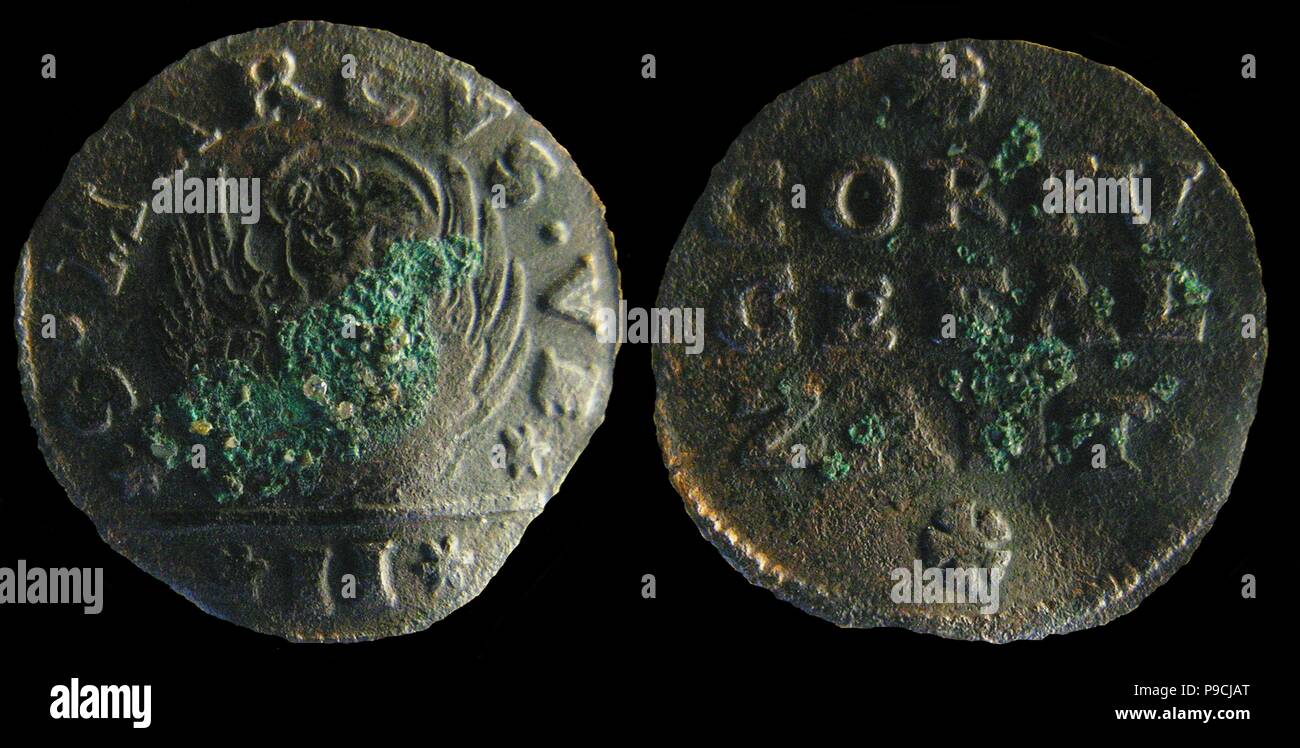 Venetian colonial gazzetta (coin) of the Ionian Islands. (A gazzetta = 2 soldi). Museum: PRIVATE COLLECTION. Stock Photohttps://www.alamy.com/image-license-details/?v=1https://www.alamy.com/venetian-colonial-gazzetta-coin-of-the-ionian-islands-a-gazzetta-=-2-soldi-museum-private-collection-image212334160.html
Venetian colonial gazzetta (coin) of the Ionian Islands. (A gazzetta = 2 soldi). Museum: PRIVATE COLLECTION. Stock Photohttps://www.alamy.com/image-license-details/?v=1https://www.alamy.com/venetian-colonial-gazzetta-coin-of-the-ionian-islands-a-gazzetta-=-2-soldi-museum-private-collection-image212334160.htmlRMP9CJAT–Venetian colonial gazzetta (coin) of the Ionian Islands. (A gazzetta = 2 soldi). Museum: PRIVATE COLLECTION.
 Coin 2 Sols. The National Convention period. Revers, Inscription: Liberté Égalité, 1793. Stock Photohttps://www.alamy.com/image-license-details/?v=1https://www.alamy.com/coin-2-sols-the-national-convention-period-revers-inscription-libert-galit-1793-image186190830.html
Coin 2 Sols. The National Convention period. Revers, Inscription: Liberté Égalité, 1793. Stock Photohttps://www.alamy.com/image-license-details/?v=1https://www.alamy.com/coin-2-sols-the-national-convention-period-revers-inscription-libert-galit-1793-image186190830.htmlRMMPWM8E–Coin 2 Sols. The National Convention period. Revers, Inscription: Liberté Égalité, 1793.
 People's Artist of the Soviet Union medal. Museum: PRIVATE COLLECTION. Stock Photohttps://www.alamy.com/image-license-details/?v=1https://www.alamy.com/peoples-artist-of-the-soviet-union-medal-museum-private-collection-image211774368.html
People's Artist of the Soviet Union medal. Museum: PRIVATE COLLECTION. Stock Photohttps://www.alamy.com/image-license-details/?v=1https://www.alamy.com/peoples-artist-of-the-soviet-union-medal-museum-private-collection-image211774368.htmlRMP8F4A8–People's Artist of the Soviet Union medal. Museum: PRIVATE COLLECTION.
 Riband and Badge of the Order of Saint Catherine, Second Class, 18th century. Artist: Orders, decorations and medals Stock Photohttps://www.alamy.com/image-license-details/?v=1https://www.alamy.com/riband-and-badge-of-the-order-of-saint-catherine-second-class-18th-image60411332.html
Riband and Badge of the Order of Saint Catherine, Second Class, 18th century. Artist: Orders, decorations and medals Stock Photohttps://www.alamy.com/image-license-details/?v=1https://www.alamy.com/riband-and-badge-of-the-order-of-saint-catherine-second-class-18th-image60411332.htmlRMDE7Y7G–Riband and Badge of the Order of Saint Catherine, Second Class, 18th century. Artist: Orders, decorations and medals
 Orazio Vecchi (1550-1605) Commemorative 400th Birthday Medal. Museum: PRIVATE COLLECTION. Stock Photohttps://www.alamy.com/image-license-details/?v=1https://www.alamy.com/orazio-vecchi-1550-1605-commemorative-400th-birthday-medal-museum-private-collection-image212819924.html
Orazio Vecchi (1550-1605) Commemorative 400th Birthday Medal. Museum: PRIVATE COLLECTION. Stock Photohttps://www.alamy.com/image-license-details/?v=1https://www.alamy.com/orazio-vecchi-1550-1605-commemorative-400th-birthday-medal-museum-private-collection-image212819924.htmlRMPA6NYG–Orazio Vecchi (1550-1605) Commemorative 400th Birthday Medal. Museum: PRIVATE COLLECTION.
 Venetian colonial gazzetta (coin) of the Ionian Islands. (A gazzetta = 2 soldi), 1710-1724. Artist: Numismatic, West European Coins Stock Photohttps://www.alamy.com/image-license-details/?v=1https://www.alamy.com/stock-photo-venetian-colonial-gazzetta-coin-of-the-ionian-islands-a-gazzetta-=-135252460.html
Venetian colonial gazzetta (coin) of the Ionian Islands. (A gazzetta = 2 soldi), 1710-1724. Artist: Numismatic, West European Coins Stock Photohttps://www.alamy.com/image-license-details/?v=1https://www.alamy.com/stock-photo-venetian-colonial-gazzetta-coin-of-the-ionian-islands-a-gazzetta-=-135252460.htmlRMHT17W0–Venetian colonial gazzetta (coin) of the Ionian Islands. (A gazzetta = 2 soldi), 1710-1724. Artist: Numismatic, West European Coins
 4-Testoon. Duchy Savoy, Italy (Obverse: Philibert II, Duke of Savoy). Museum: State Hermitage, St. Petersburg. Stock Photohttps://www.alamy.com/image-license-details/?v=1https://www.alamy.com/4-testoon-duchy-savoy-italy-obverse-philibert-ii-duke-of-savoy-museum-state-hermitage-st-petersburg-image212328532.html
4-Testoon. Duchy Savoy, Italy (Obverse: Philibert II, Duke of Savoy). Museum: State Hermitage, St. Petersburg. Stock Photohttps://www.alamy.com/image-license-details/?v=1https://www.alamy.com/4-testoon-duchy-savoy-italy-obverse-philibert-ii-duke-of-savoy-museum-state-hermitage-st-petersburg-image212328532.htmlRMP9CB5T–4-Testoon. Duchy Savoy, Italy (Obverse: Philibert II, Duke of Savoy). Museum: State Hermitage, St. Petersburg.
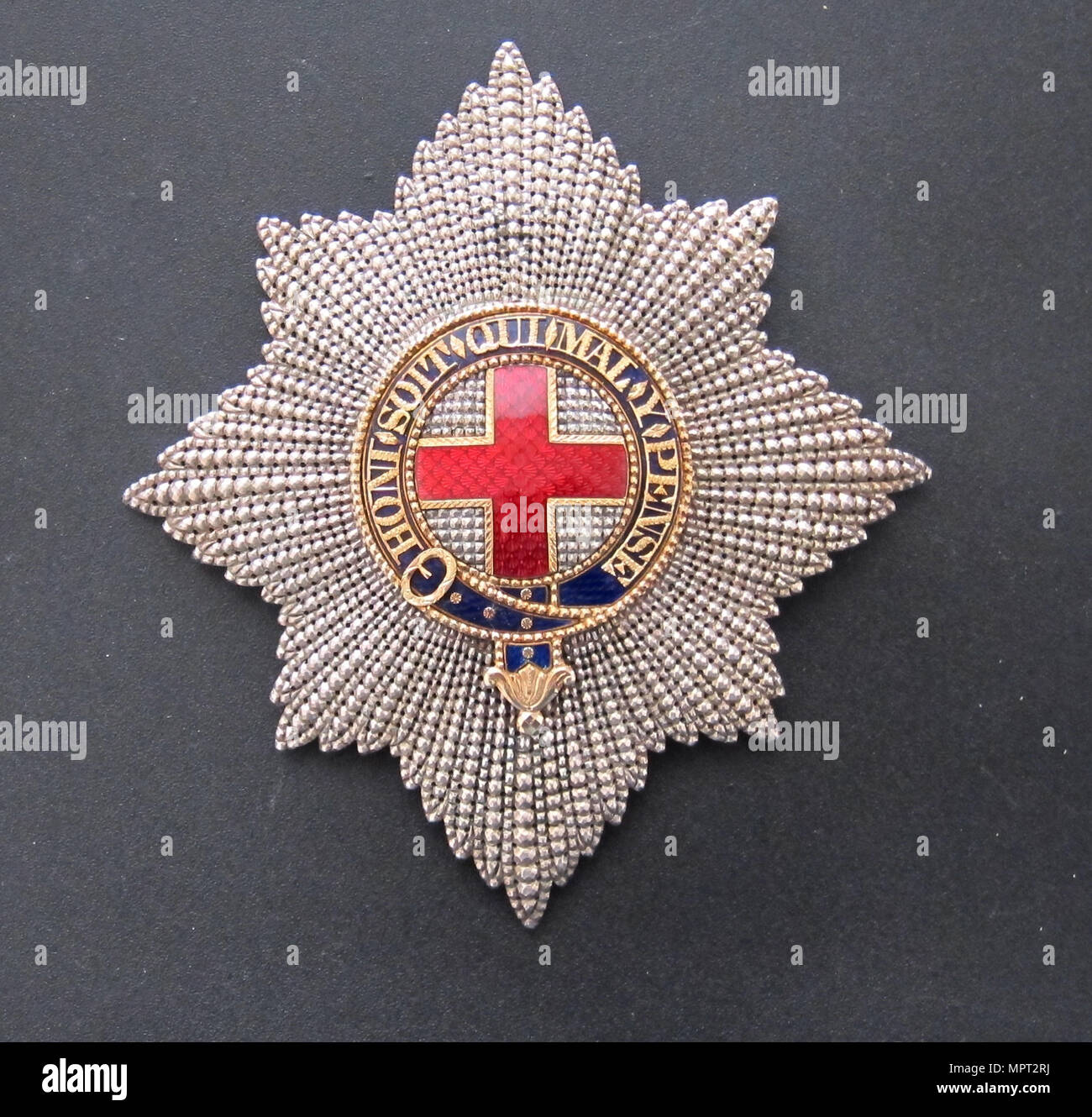 Order of the Garter Star, ca 1810-1815. Stock Photohttps://www.alamy.com/image-license-details/?v=1https://www.alamy.com/order-of-the-garter-star-ca-1810-1815-image186155190.html
Order of the Garter Star, ca 1810-1815. Stock Photohttps://www.alamy.com/image-license-details/?v=1https://www.alamy.com/order-of-the-garter-star-ca-1810-1815-image186155190.htmlRMMPT2RJ–Order of the Garter Star, ca 1810-1815.
 Désiré-Alexandre Batton (1798-1855). Museum: PRIVATE COLLECTION. Author: Francisque Joseph Duret. Stock Photohttps://www.alamy.com/image-license-details/?v=1https://www.alamy.com/dsir-alexandre-batton-1798-1855-museum-private-collection-author-francisque-joseph-duret-image464849065.html
Désiré-Alexandre Batton (1798-1855). Museum: PRIVATE COLLECTION. Author: Francisque Joseph Duret. Stock Photohttps://www.alamy.com/image-license-details/?v=1https://www.alamy.com/dsir-alexandre-batton-1798-1855-museum-private-collection-author-francisque-joseph-duret-image464849065.htmlRM2J07KM9–Désiré-Alexandre Batton (1798-1855). Museum: PRIVATE COLLECTION. Author: Francisque Joseph Duret.
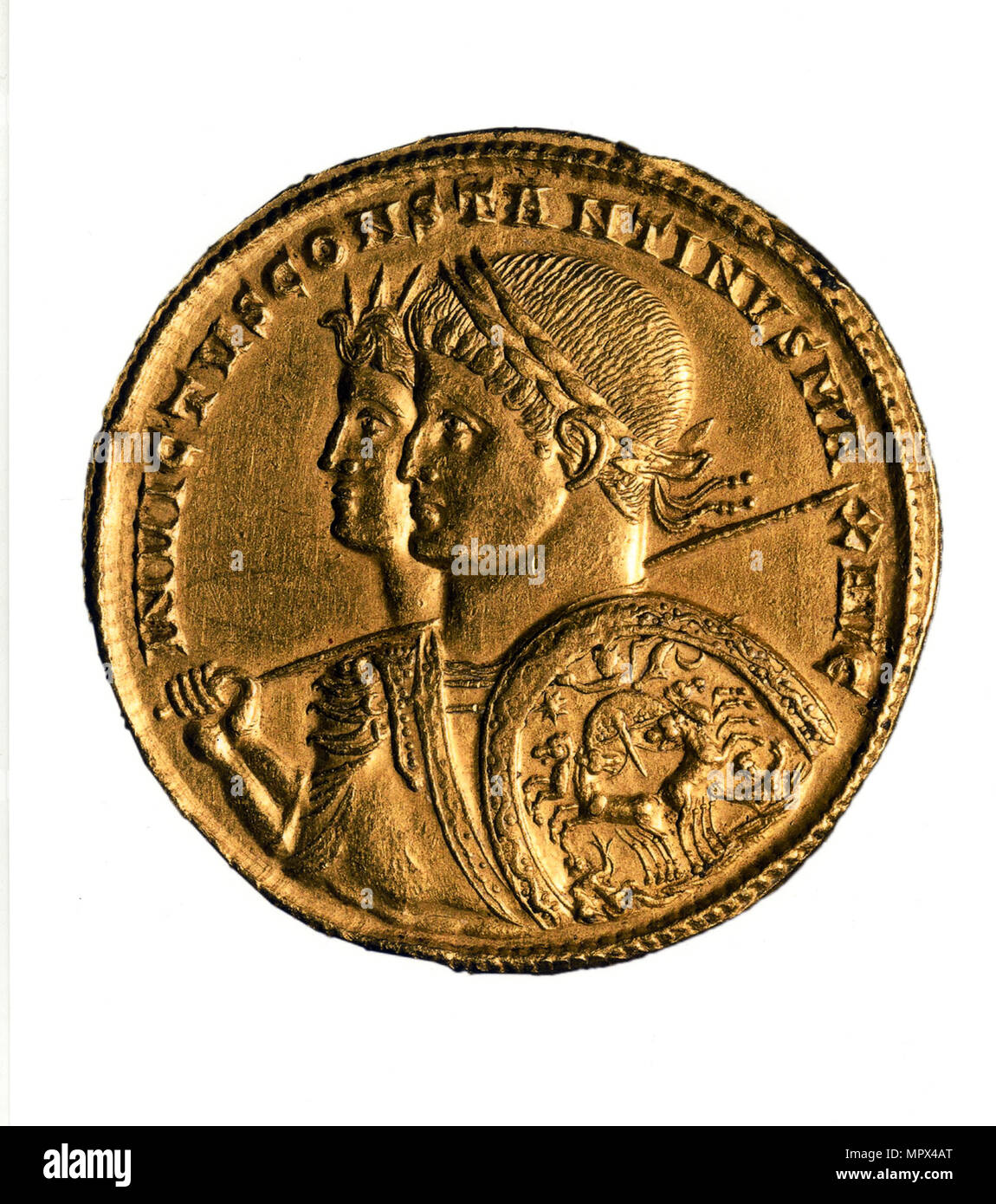 Solidus of Emperor Constantine I, 4th century. Stock Photohttps://www.alamy.com/image-license-details/?v=1https://www.alamy.com/solidus-of-emperor-constantine-i-4th-century-image186200304.html
Solidus of Emperor Constantine I, 4th century. Stock Photohttps://www.alamy.com/image-license-details/?v=1https://www.alamy.com/solidus-of-emperor-constantine-i-4th-century-image186200304.htmlRMMPX4AT–Solidus of Emperor Constantine I, 4th century.
 4-Testoon. Duchy Savoy, Italy (Reverse: Iolanta Ludovica, Duchess of Savoy). Museum: State Hermitage, St. Petersburg. Stock Photohttps://www.alamy.com/image-license-details/?v=1https://www.alamy.com/4-testoon-duchy-savoy-italy-reverse-iolanta-ludovica-duchess-of-savoy-museum-state-hermitage-st-petersburg-image212313528.html
4-Testoon. Duchy Savoy, Italy (Reverse: Iolanta Ludovica, Duchess of Savoy). Museum: State Hermitage, St. Petersburg. Stock Photohttps://www.alamy.com/image-license-details/?v=1https://www.alamy.com/4-testoon-duchy-savoy-italy-reverse-iolanta-ludovica-duchess-of-savoy-museum-state-hermitage-st-petersburg-image212313528.htmlRMP9BM20–4-Testoon. Duchy Savoy, Italy (Reverse: Iolanta Ludovica, Duchess of Savoy). Museum: State Hermitage, St. Petersburg.
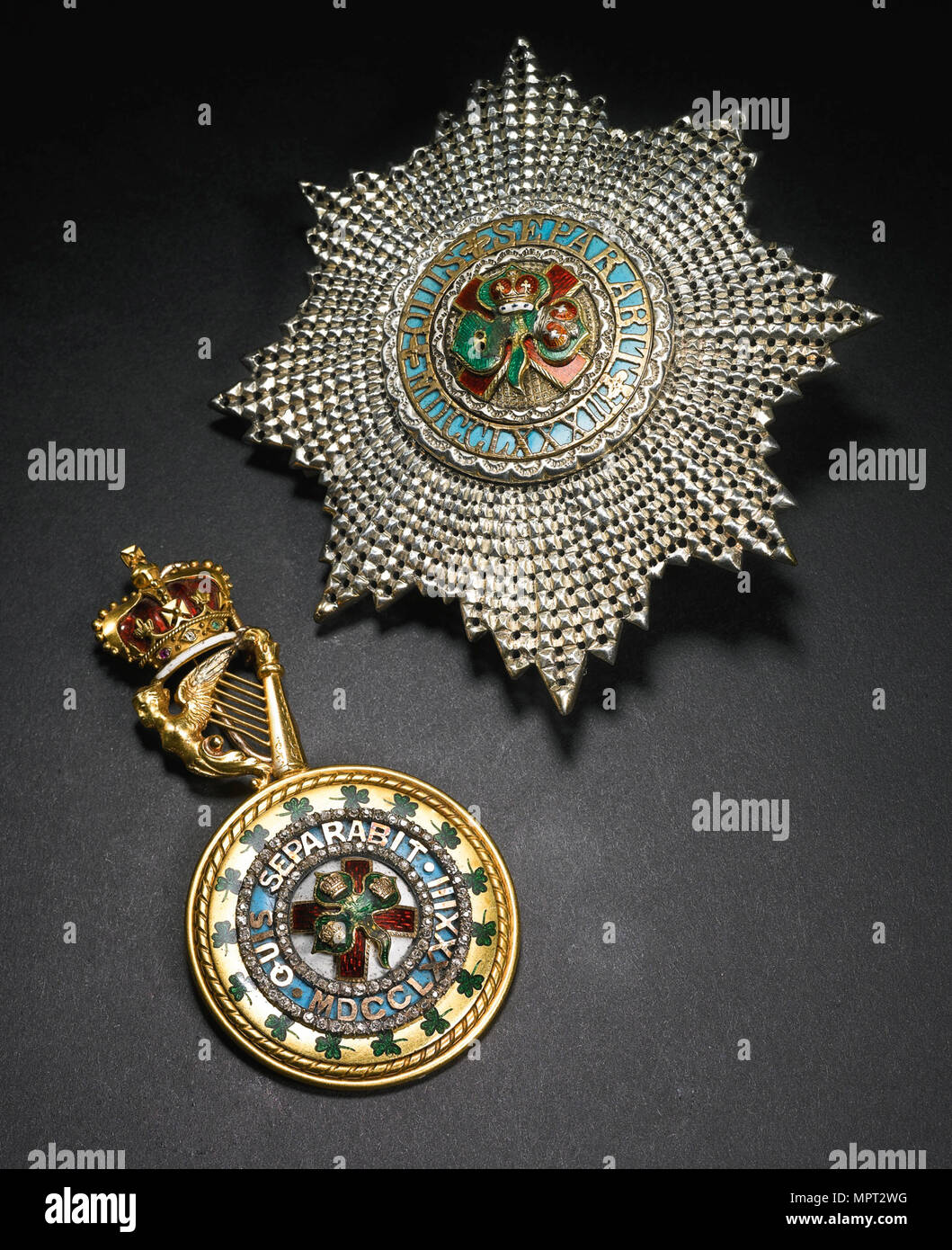 Order of Saint Patrick, Grand Master's set of insignia. Stock Photohttps://www.alamy.com/image-license-details/?v=1https://www.alamy.com/order-of-saint-patrick-grand-masters-set-of-insignia-image186155244.html
Order of Saint Patrick, Grand Master's set of insignia. Stock Photohttps://www.alamy.com/image-license-details/?v=1https://www.alamy.com/order-of-saint-patrick-grand-masters-set-of-insignia-image186155244.htmlRMMPT2WG–Order of Saint Patrick, Grand Master's set of insignia.
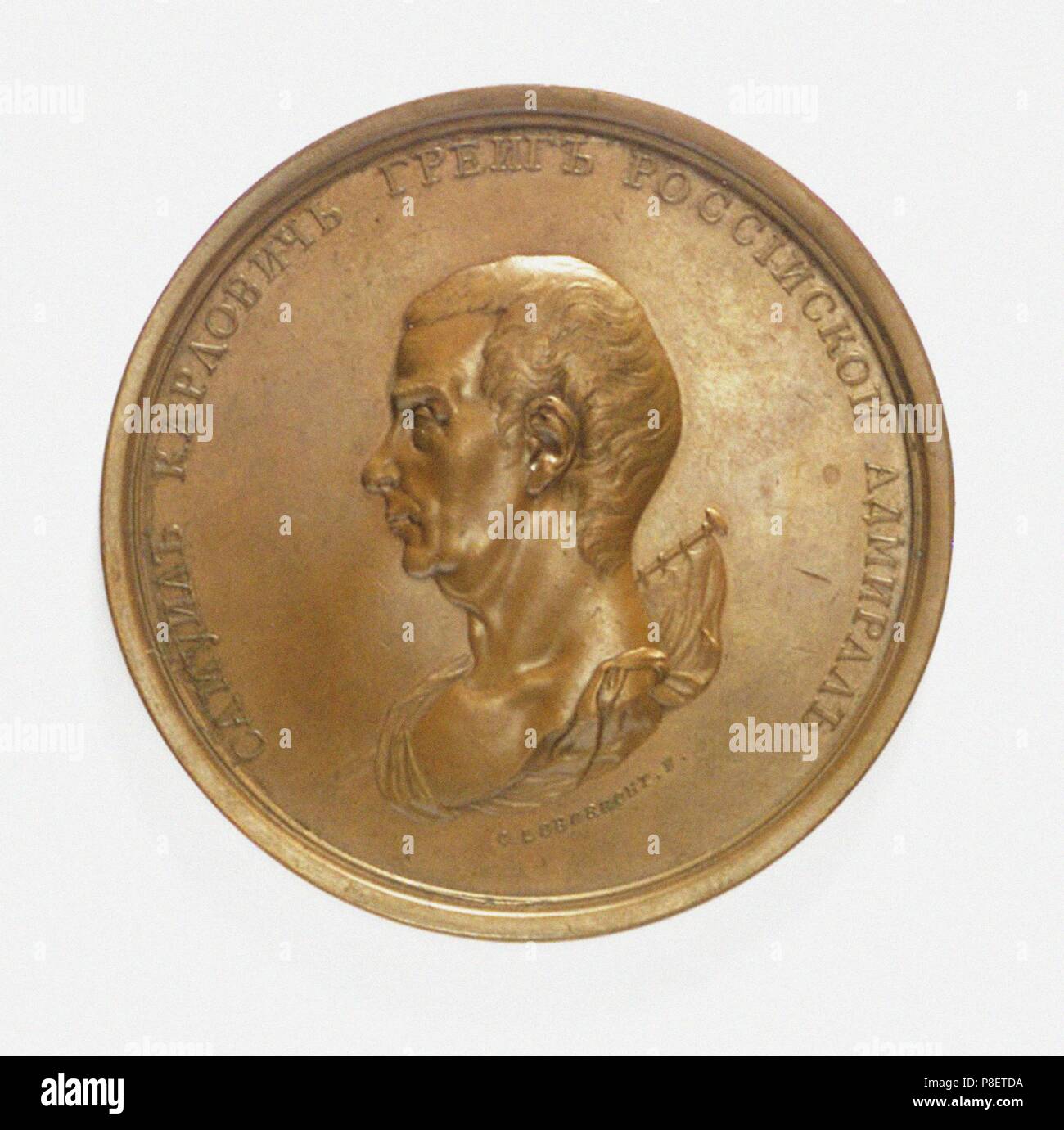 Medal commemorating Admiral Sir Samuel Greig (1735-1788). Obverse. Museum: PRIVATE COLLECTION. Stock Photohttps://www.alamy.com/image-license-details/?v=1https://www.alamy.com/medal-commemorating-admiral-sir-samuel-greig-1735-1788-obverse-museum-private-collection-image211768182.html
Medal commemorating Admiral Sir Samuel Greig (1735-1788). Obverse. Museum: PRIVATE COLLECTION. Stock Photohttps://www.alamy.com/image-license-details/?v=1https://www.alamy.com/medal-commemorating-admiral-sir-samuel-greig-1735-1788-obverse-museum-private-collection-image211768182.htmlRMP8ETDA–Medal commemorating Admiral Sir Samuel Greig (1735-1788). Obverse. Museum: PRIVATE COLLECTION.
 Queen Jadwiga of Poland (5 Zlotych Revers), 1933. Artist: Numismatic, West European Coins Stock Photohttps://www.alamy.com/image-license-details/?v=1https://www.alamy.com/queen-jadwiga-of-poland-5-zlotych-revers-1933-artist-numismatic-west-image60401573.html
Queen Jadwiga of Poland (5 Zlotych Revers), 1933. Artist: Numismatic, West European Coins Stock Photohttps://www.alamy.com/image-license-details/?v=1https://www.alamy.com/queen-jadwiga-of-poland-5-zlotych-revers-1933-artist-numismatic-west-image60401573.htmlRMDE7ER1–Queen Jadwiga of Poland (5 Zlotych Revers), 1933. Artist: Numismatic, West European Coins
 Julian Fontana (1810-1869), Bronze medal. Museum: Adam Mickiewicz Library. Stock Photohttps://www.alamy.com/image-license-details/?v=1https://www.alamy.com/julian-fontana-1810-1869-bronze-medal-museum-adam-mickiewicz-library-image212276767.html
Julian Fontana (1810-1869), Bronze medal. Museum: Adam Mickiewicz Library. Stock Photohttps://www.alamy.com/image-license-details/?v=1https://www.alamy.com/julian-fontana-1810-1869-bronze-medal-museum-adam-mickiewicz-library-image212276767.htmlRMP9A153–Julian Fontana (1810-1869), Bronze medal. Museum: Adam Mickiewicz Library.
 Drachma from Emporion. Obverse: Head of Persephone, 3rd cen. BC. Artist: Numismatic, Ancient Coins Stock Photohttps://www.alamy.com/image-license-details/?v=1https://www.alamy.com/drachma-from-emporion-obverse-head-of-persephone-3rd-cen-bc-artist-image60251259.html
Drachma from Emporion. Obverse: Head of Persephone, 3rd cen. BC. Artist: Numismatic, Ancient Coins Stock Photohttps://www.alamy.com/image-license-details/?v=1https://www.alamy.com/drachma-from-emporion-obverse-head-of-persephone-3rd-cen-bc-artist-image60251259.htmlRMDE0K2K–Drachma from Emporion. Obverse: Head of Persephone, 3rd cen. BC. Artist: Numismatic, Ancient Coins
 Portrait of the composer Luigi Cherubini (1760-1842). Museum: PRIVATE COLLECTION. Author: DAVID D'ANGERS. Stock Photohttps://www.alamy.com/image-license-details/?v=1https://www.alamy.com/portrait-of-the-composer-luigi-cherubini-1760-1842-museum-private-collection-author-david-dangers-image515377964.html
Portrait of the composer Luigi Cherubini (1760-1842). Museum: PRIVATE COLLECTION. Author: DAVID D'ANGERS. Stock Photohttps://www.alamy.com/image-license-details/?v=1https://www.alamy.com/portrait-of-the-composer-luigi-cherubini-1760-1842-museum-private-collection-author-david-dangers-image515377964.htmlRM2MXDDRT–Portrait of the composer Luigi Cherubini (1760-1842). Museum: PRIVATE COLLECTION. Author: DAVID D'ANGERS.
 Riband and Badge of the Order of Saint Vladimir, Fourth class, 19th century. Artist: Orders, decorations and medals Stock Photohttps://www.alamy.com/image-license-details/?v=1https://www.alamy.com/riband-and-badge-of-the-order-of-saint-vladimir-fourth-class-19th-image60411342.html
Riband and Badge of the Order of Saint Vladimir, Fourth class, 19th century. Artist: Orders, decorations and medals Stock Photohttps://www.alamy.com/image-license-details/?v=1https://www.alamy.com/riband-and-badge-of-the-order-of-saint-vladimir-fourth-class-19th-image60411342.htmlRMDE7Y7X–Riband and Badge of the Order of Saint Vladimir, Fourth class, 19th century. Artist: Orders, decorations and medals
